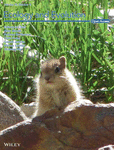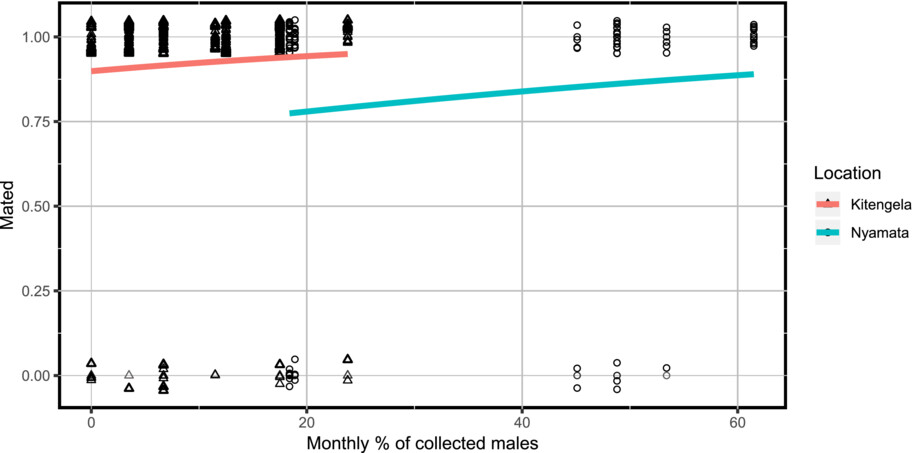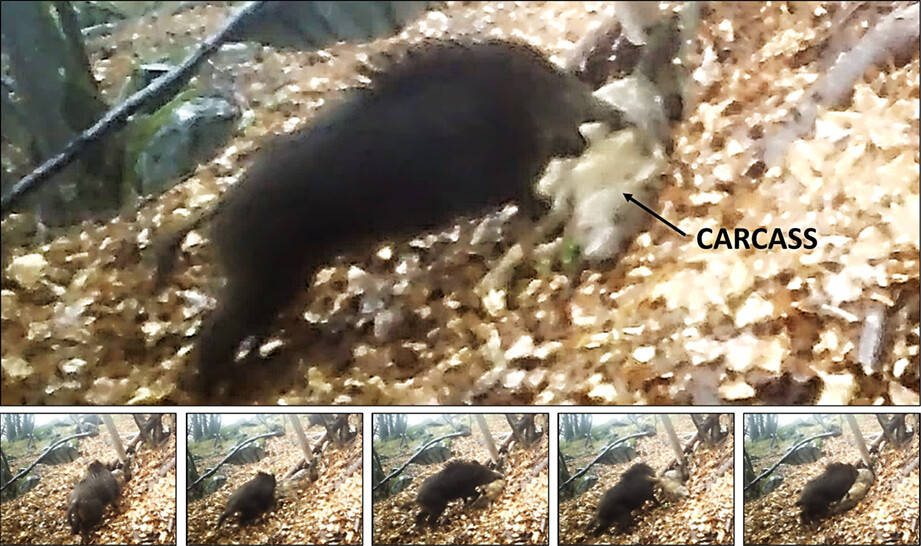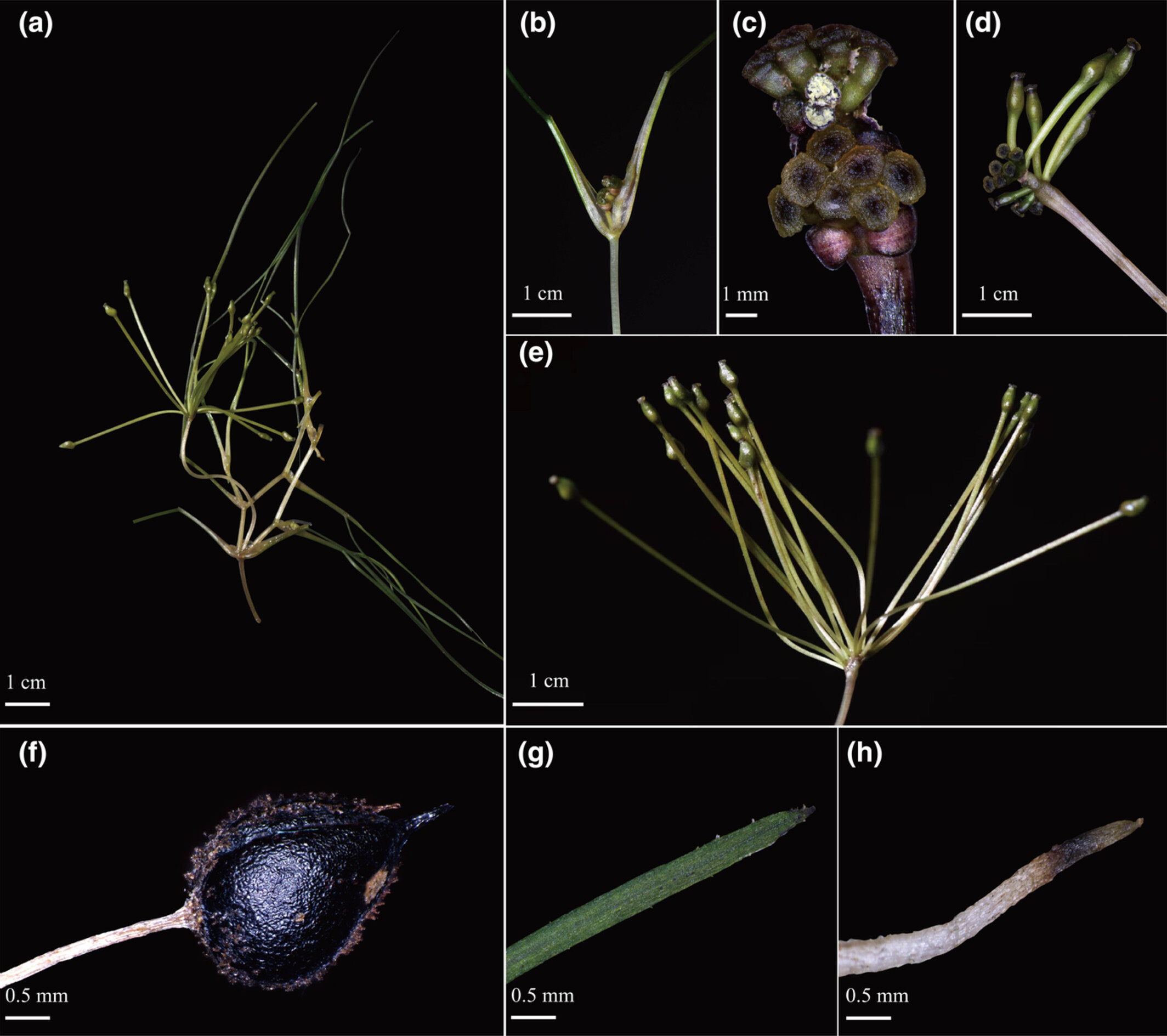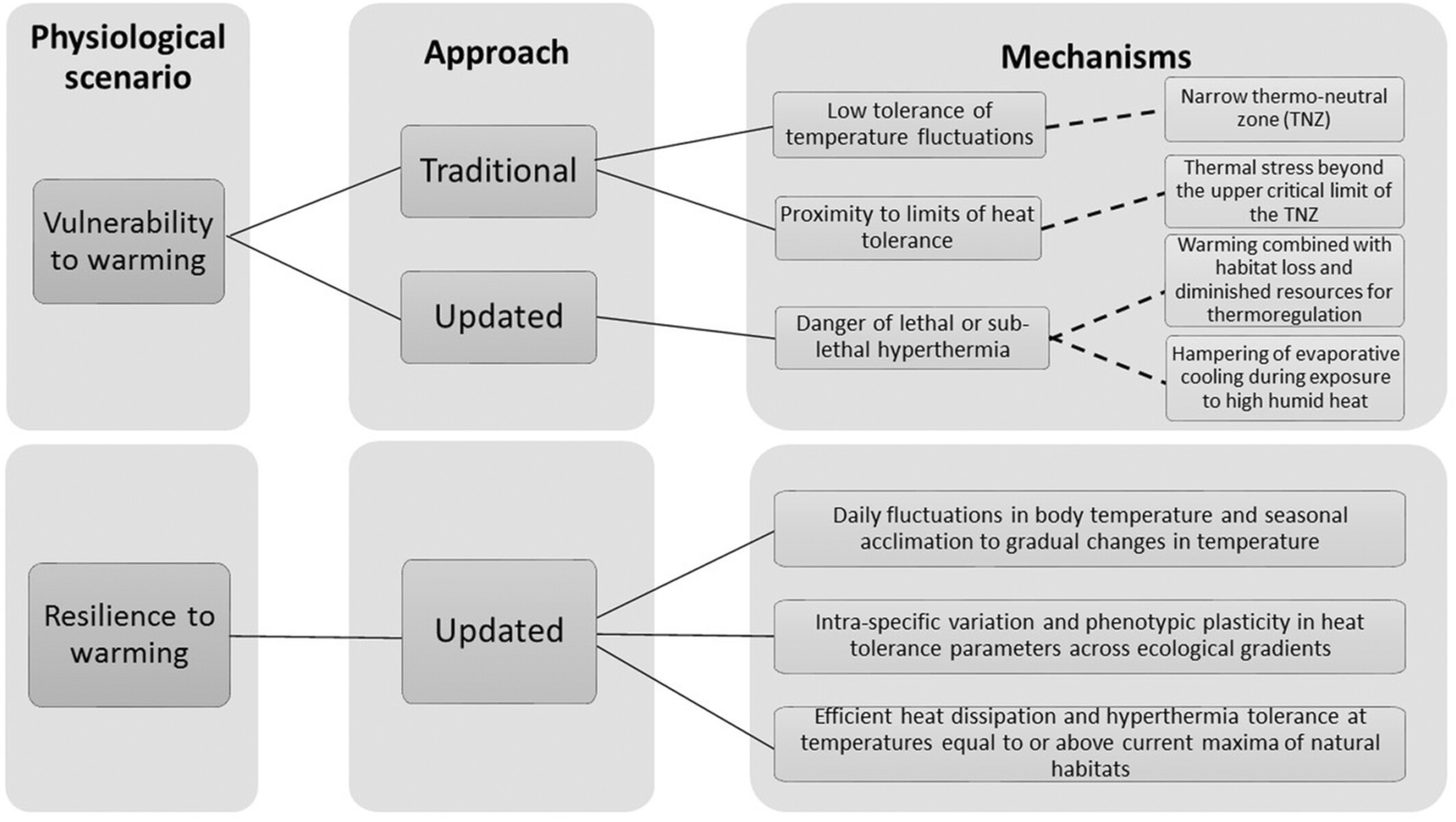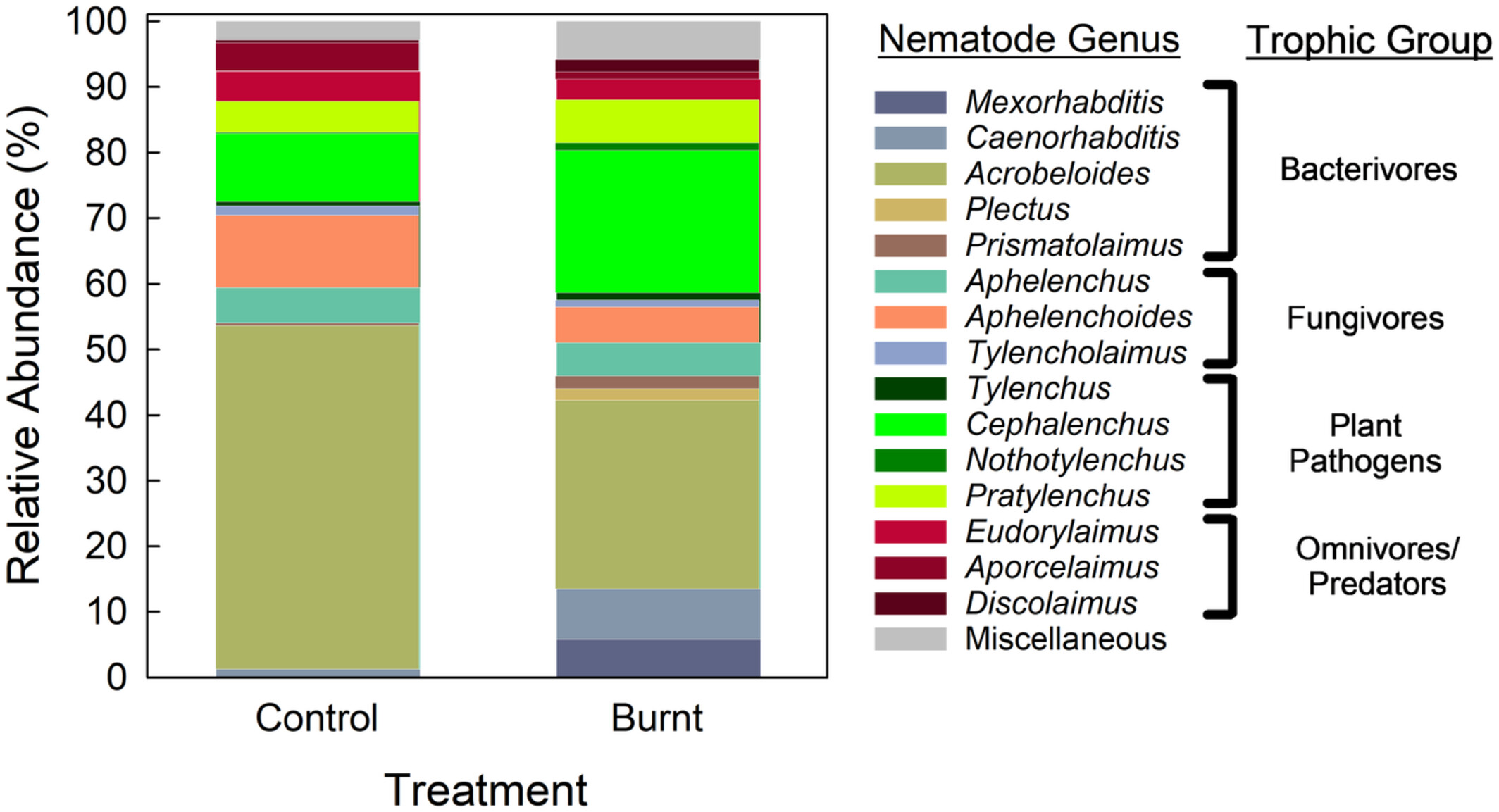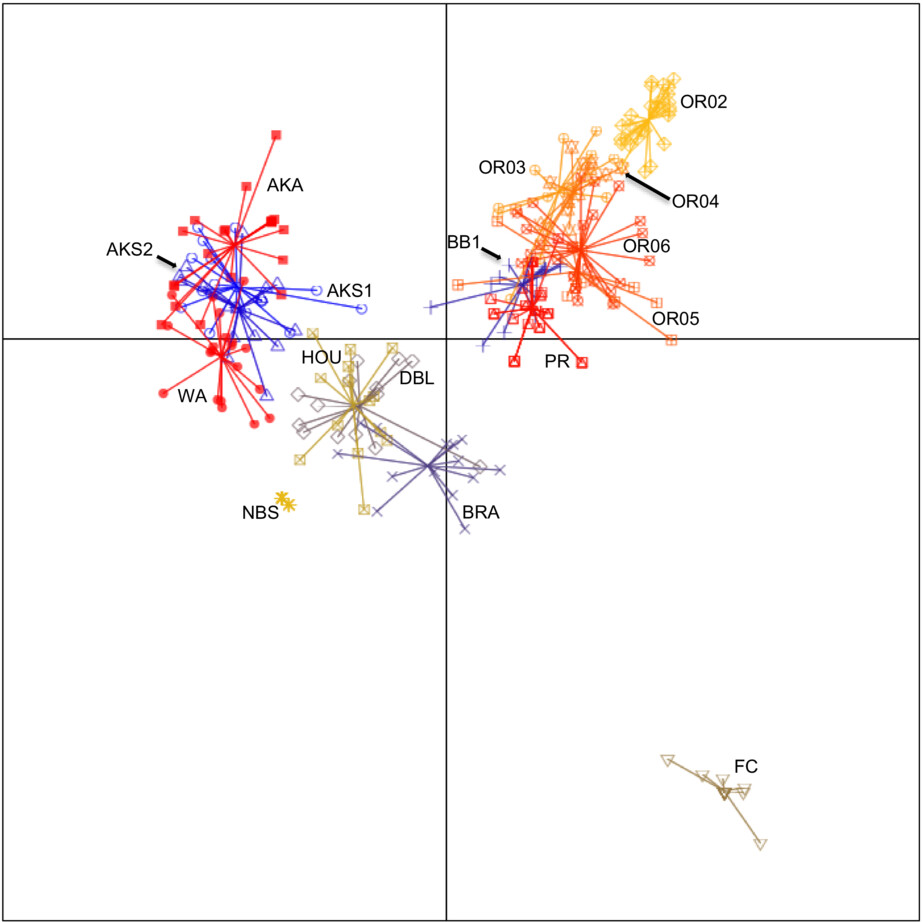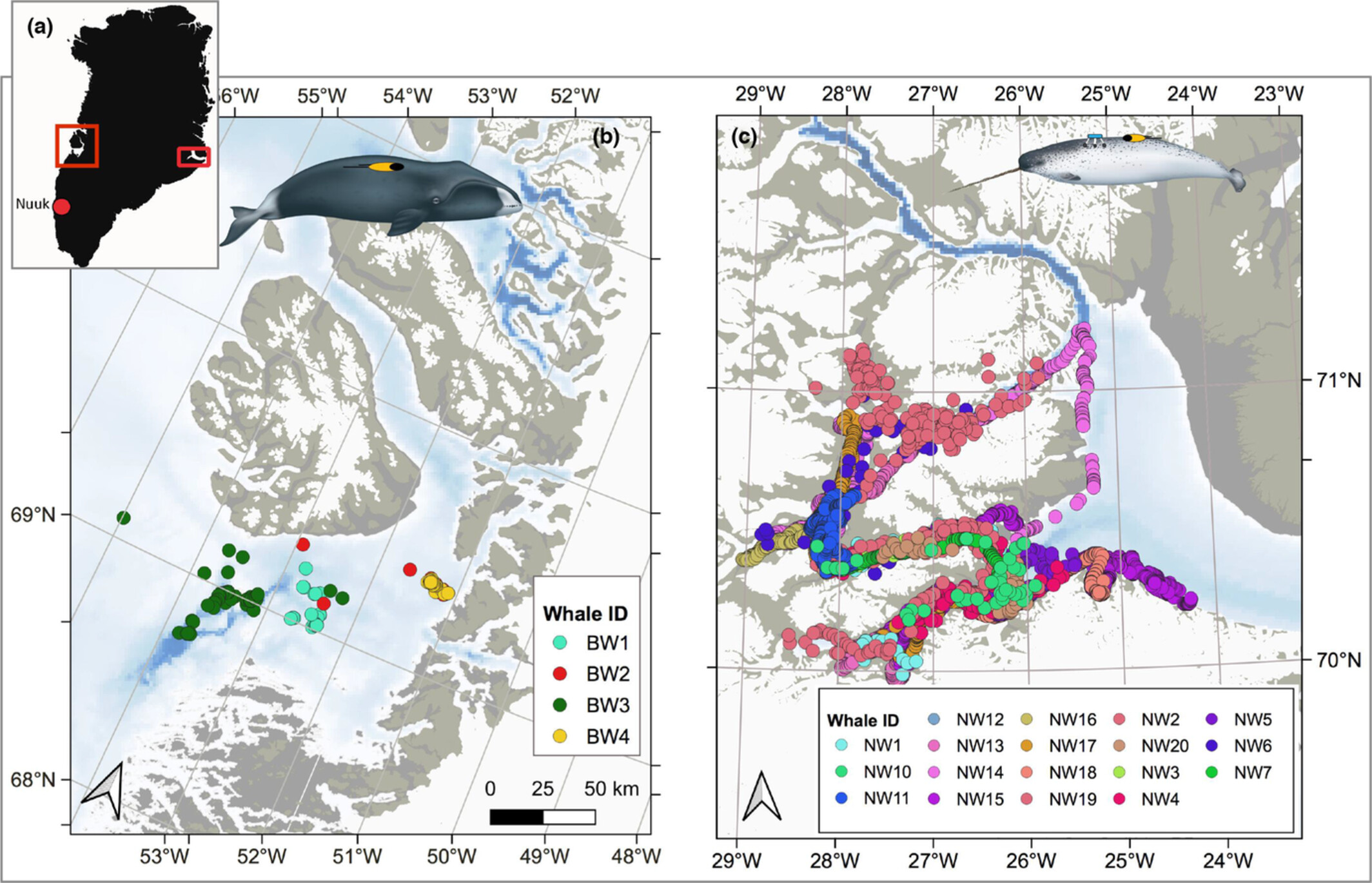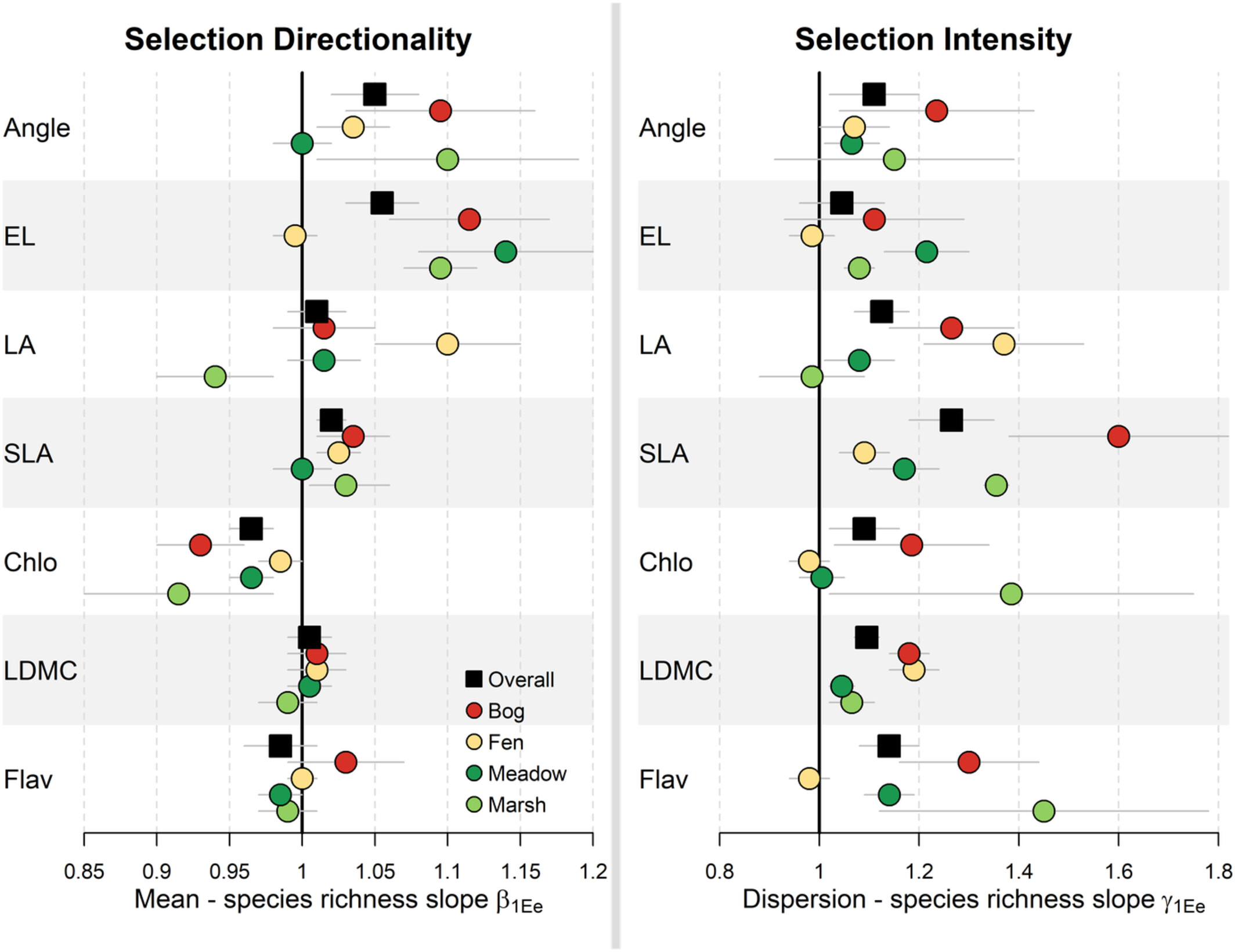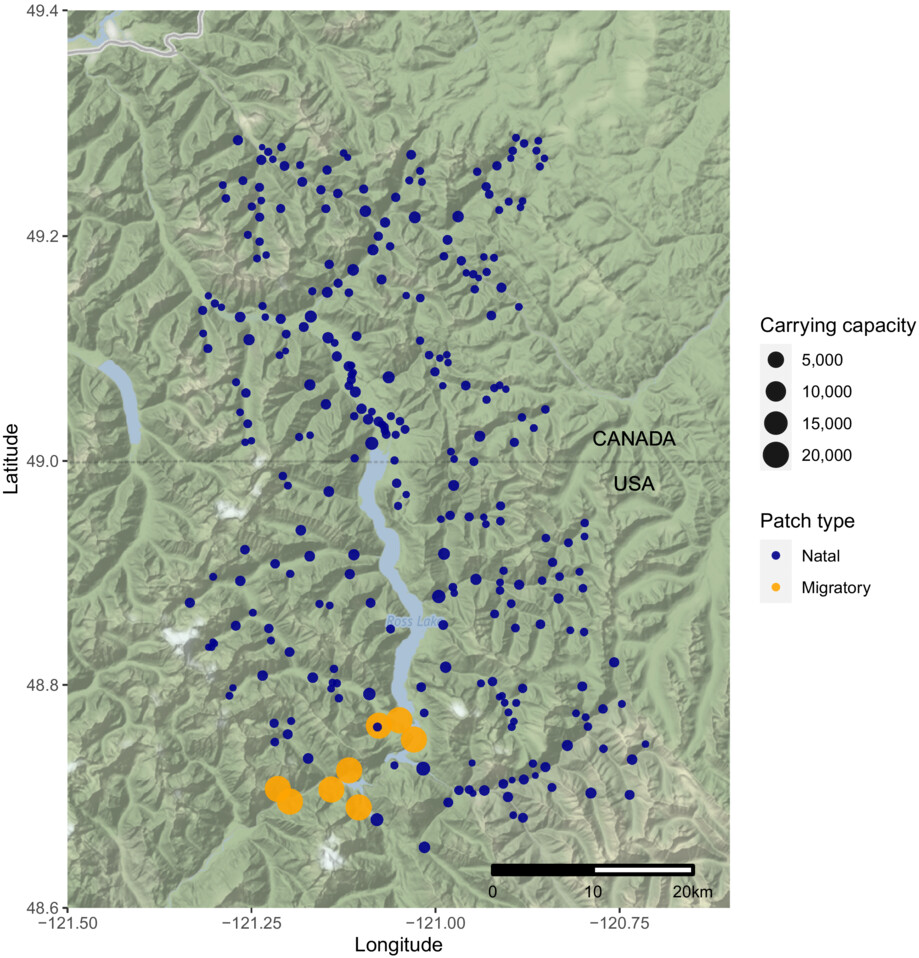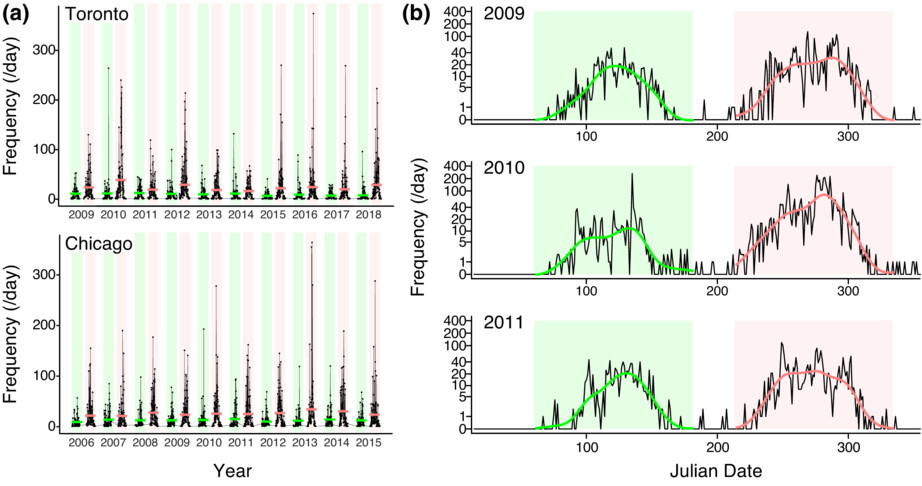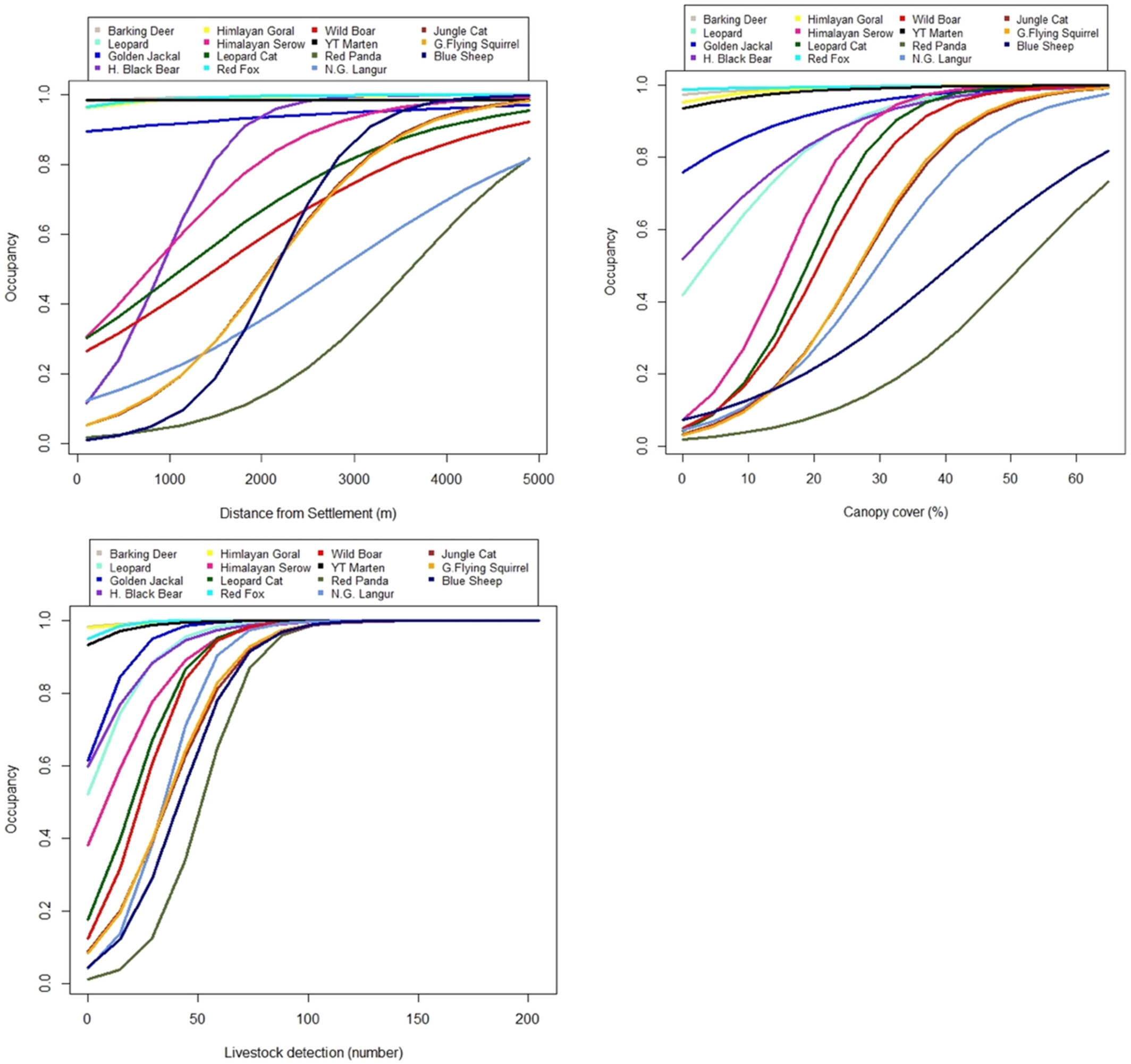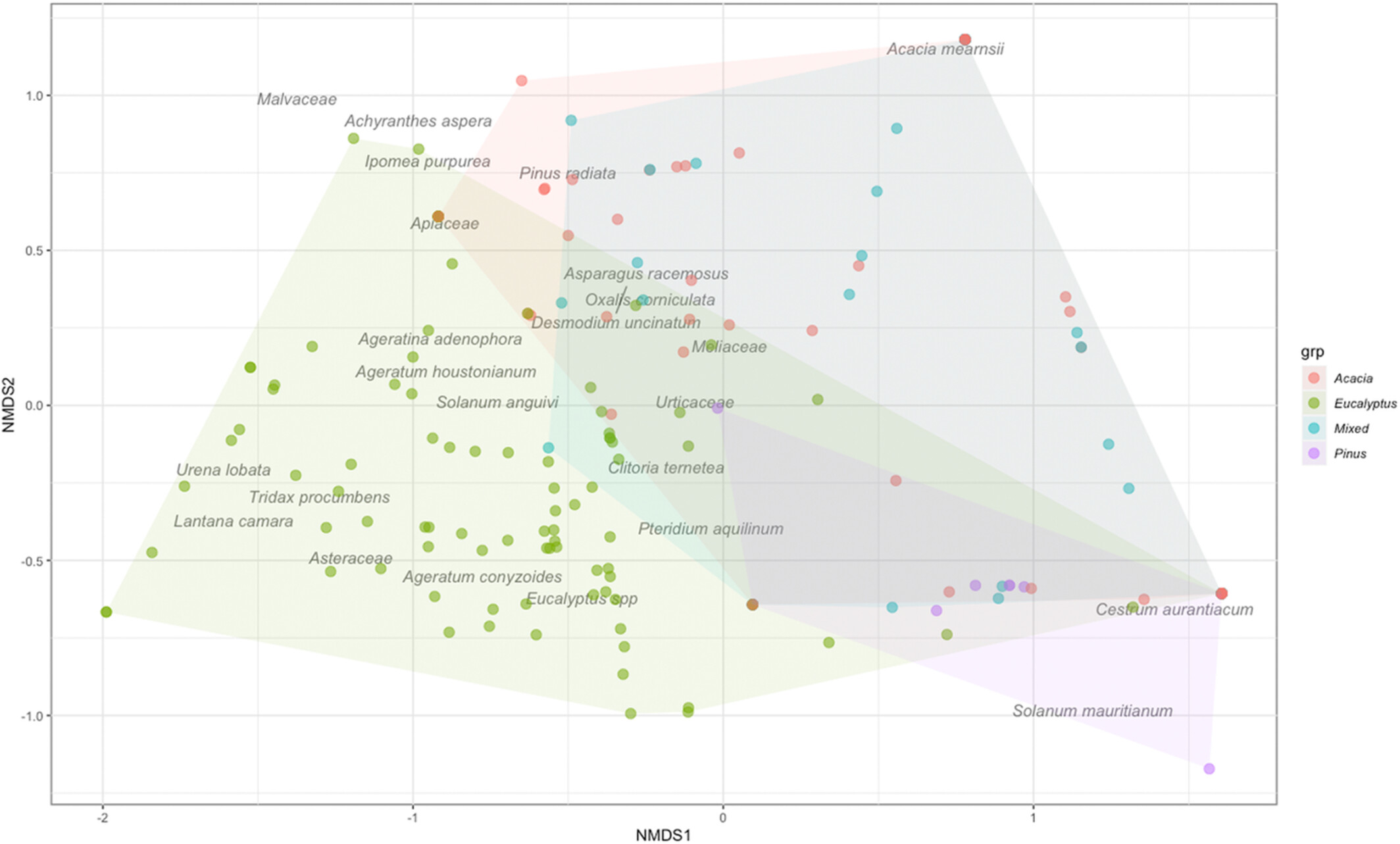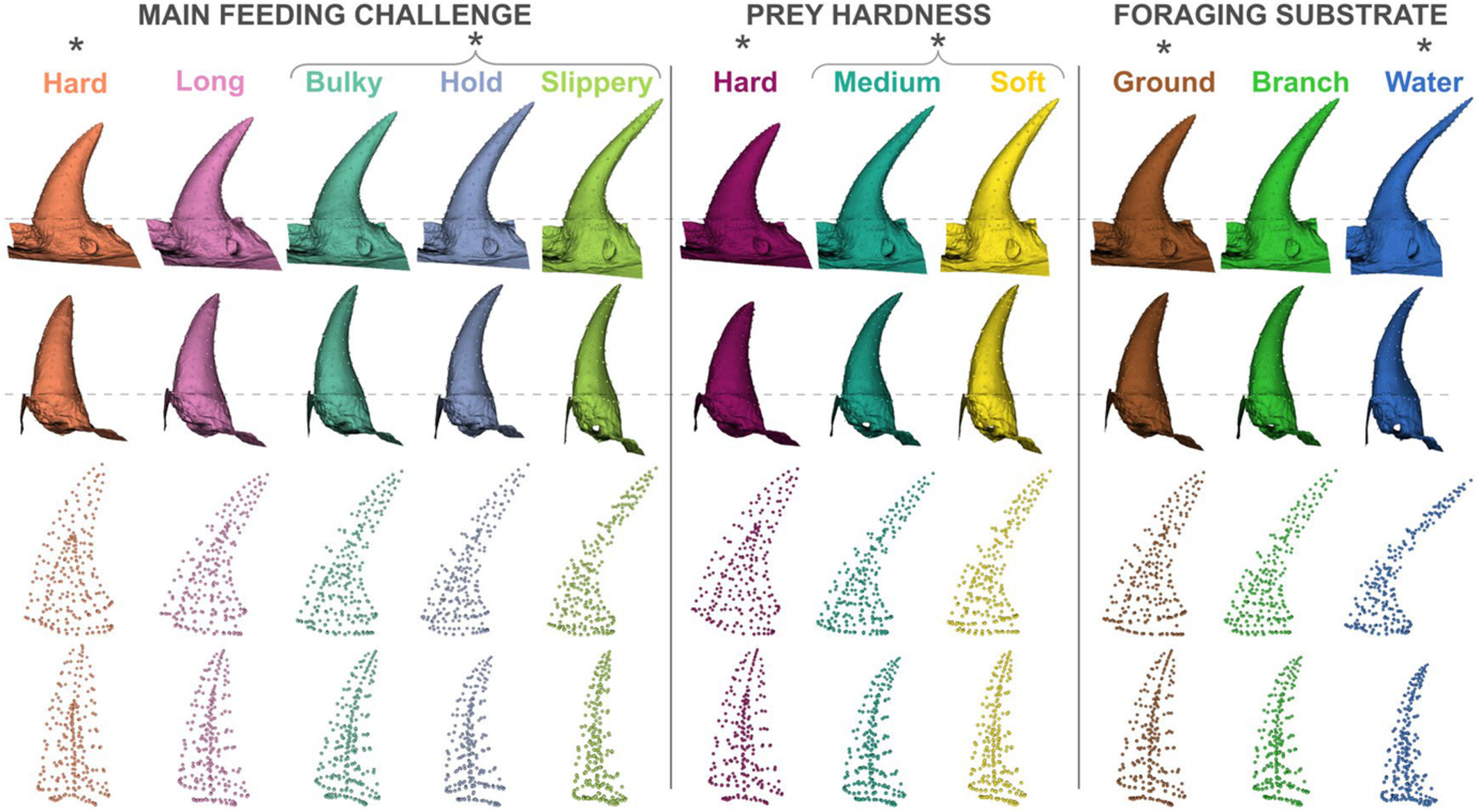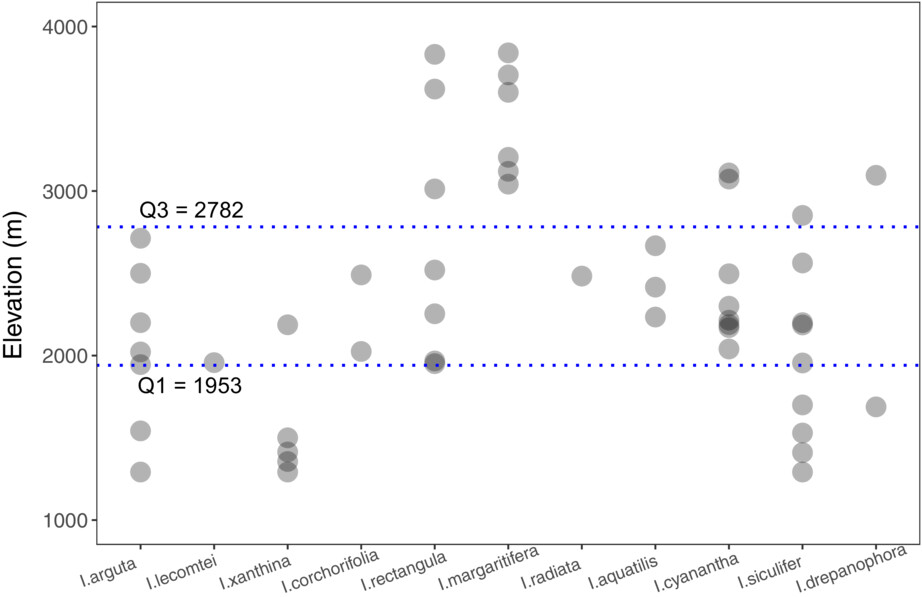Journal list menu
Export Citations
Download PDFs
ISSUE INFORMATION
EDITORIAL
Registered Reports: A new chapter at Ecology & Evolution
- First Published: 27 April 2023
Ecology & Evolution has published its first Registered Report and offers the perspective of the editor, author, and student on the publication process.
NATURE NOTES
Monitoring the courtship flight trajectory of Latham's snipe (Gallinago hardwickii) using microphone arrays
- First Published: 31 March 2023
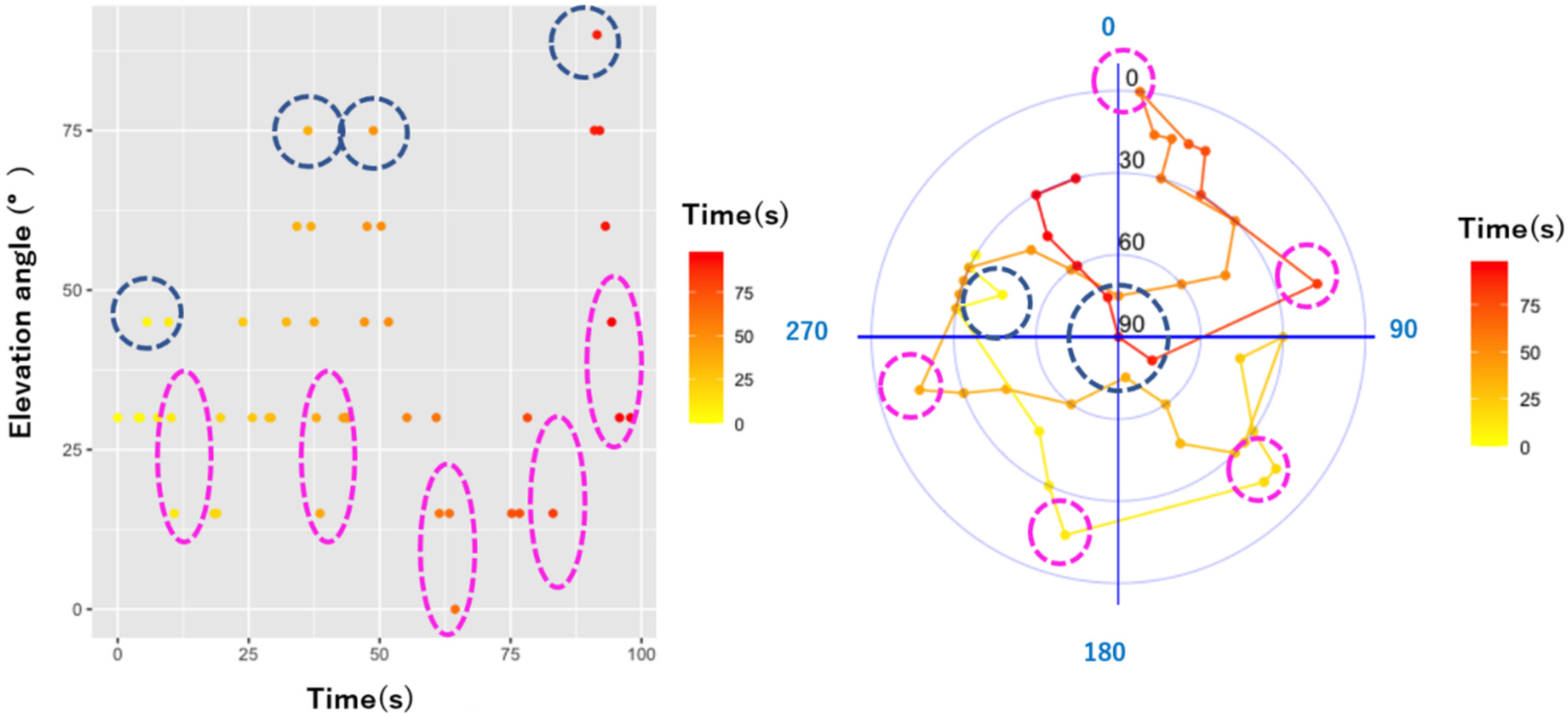
This study is the first to quantitatively measure the courtship display flights of Latham's snipe (Gallinago hardwickii), using microphone arrays. We localized the fine-scale movements of a male snipe performing courtship flights at high altitude and high speed. Preliminary analyses of the azimuthal and elevation angles partially revealed a fine-scale trajectory of their courtship flight display.
Cheilolejeunea zhui (Lejeuneaceae, Marchantiophyta), a new species with moniliate ocelli from Guangxi, China
- First Published: 31 March 2023
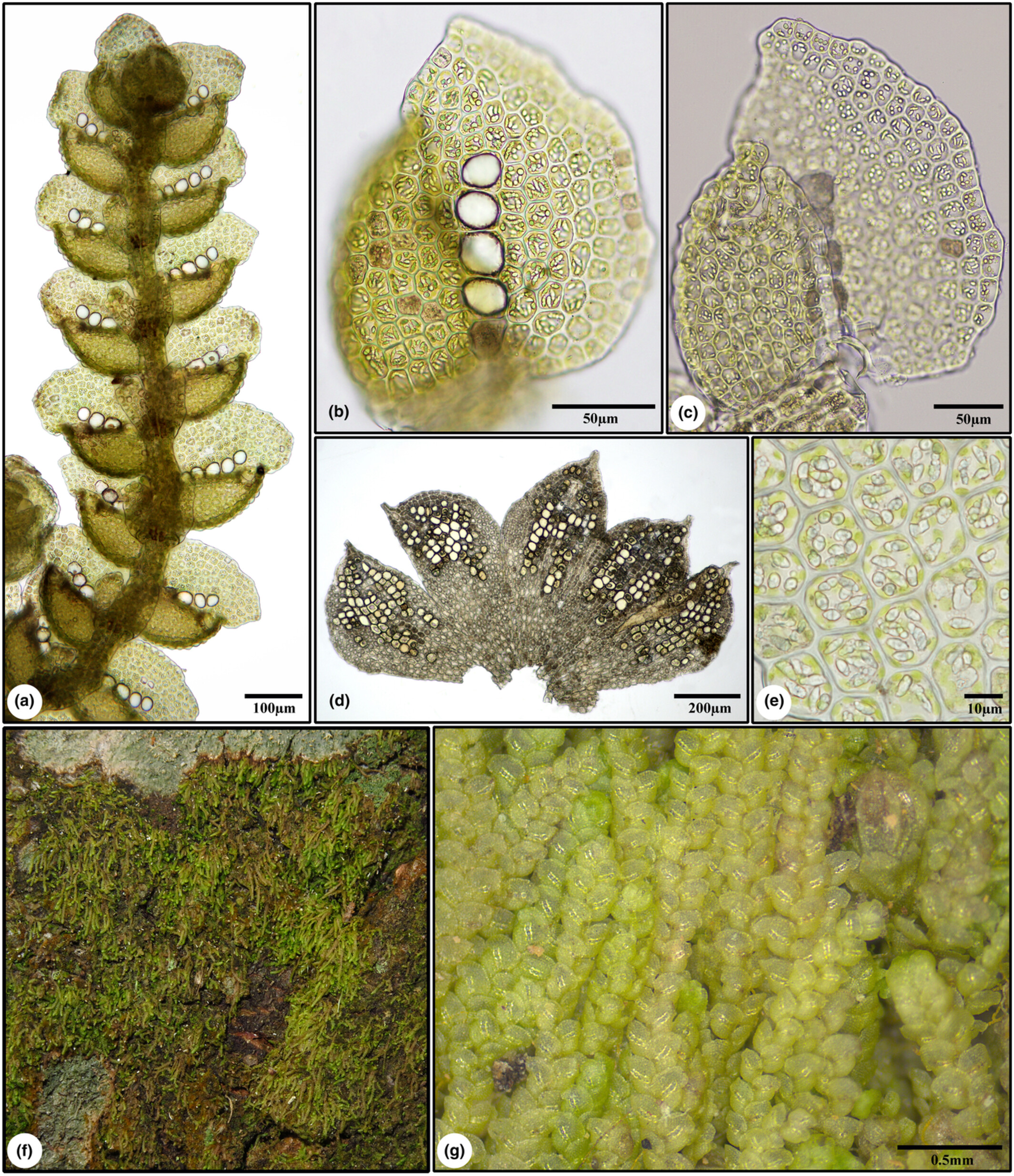
A new ocellate liverwort species, Cheilolejeunea zhui (Lejeuneaceae), is described from Guangxi, China, based on morphological and molecular evidence. A new section of Cheilolejeunea sect. Moniliocella sect. nov. is proposed to accommodate C. urubuensis and C. zhui. The discovery of C. zhui represents the fourth known species in Cheilolejeunea with linearly arranged ocelli.
Top-predator carrion is scary: Fight-and-flight responses of wild boars to wolf carcasses
- First Published: 05 April 2023
Spatiotemporal variation in the competitive environment, with implications for how climate change may affect a species with parental care
- First Published: 10 April 2023
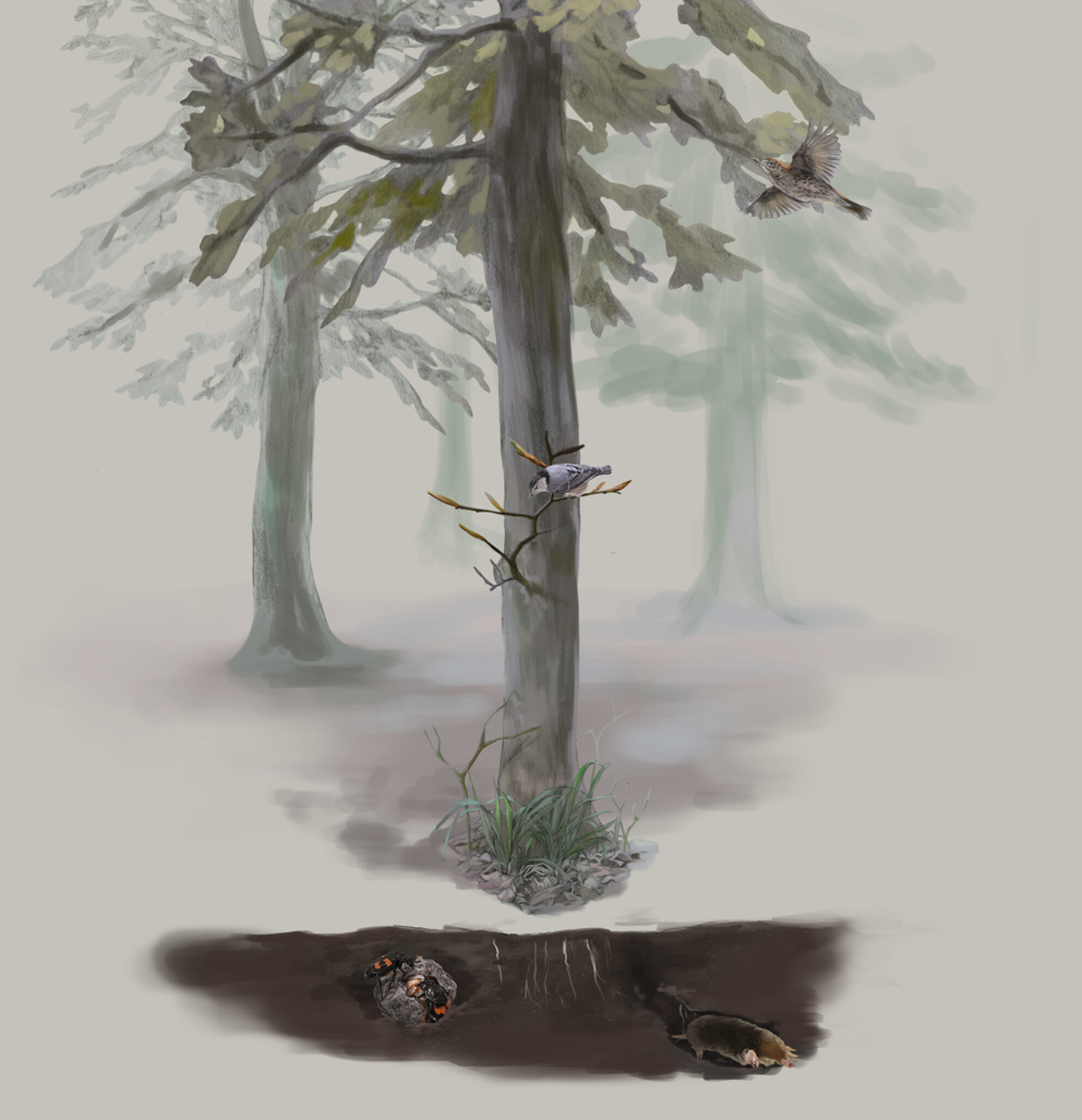
The burying beetle N. orbicollis competes for small vertebrate carcasses that it uses for breeding, and upon securing a carcass, shows complex parental care to its offspring. Thus, competition is important for care, and yet the competitive environment is rarely characterized in the wild. We document extensive spatiotemporal variation in the necrophilous community both within and across populations of N. orbicollis and potential impacts of climate change on the competitive environment.
Ruppia mongolica (Ruppiaceae), a new species from Inner Mongolia (China), based on morphological and genetic data
- First Published: 07 April 2023
First description of injury feigning behavior in Godlewski's buntings
- First Published: 18 April 2023
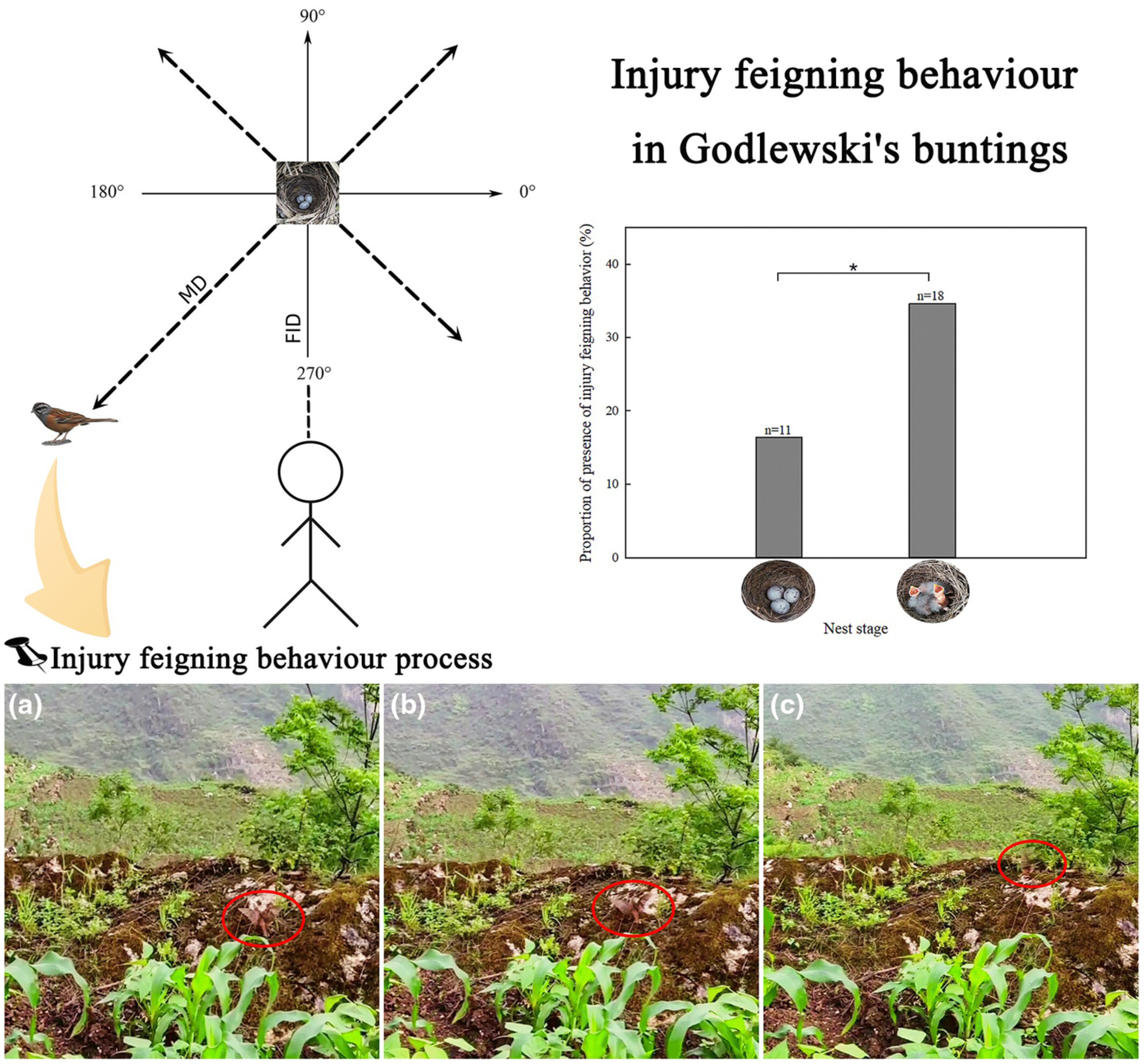
Based on video-recordings of the nest defense behavior by the ground-nesting bird Godlewskiʼs bunting (Emberiza godlewskii) against nest invaders, we explored the characteristic of IFB and differences in nest defense behavior during their brooding seasons. The results showed that female buntings had a distinct IFB: the wings of buntings incited within 60°–90° of the body, ran and called rapidly, pretending to be injured and unable to fly.
REVIEW ARTICLES
Bringing light onto the Raunkiæran shortfall: A comprehensive review of traits used in functional animal ecology
- First Published: 19 April 2023

Most studies investigated in this review concentrated in vertebrates, terrestrial habitats, the Palearctic realm. Almost 36% of the datasets did not provide the rationale behind the selection of morphological traits. The main limitations of trait-based animal ecology were the use of trait averages and a rare inclusion of intraspecific variability. Nearly one-fifth of the studies based only on response traits conclude that trait diversity impacts ecosystem processes or services without justifying the connection between them or measuring them.
Measuring habitat quality for waterbirds: A review
- First Published: 07 April 2023
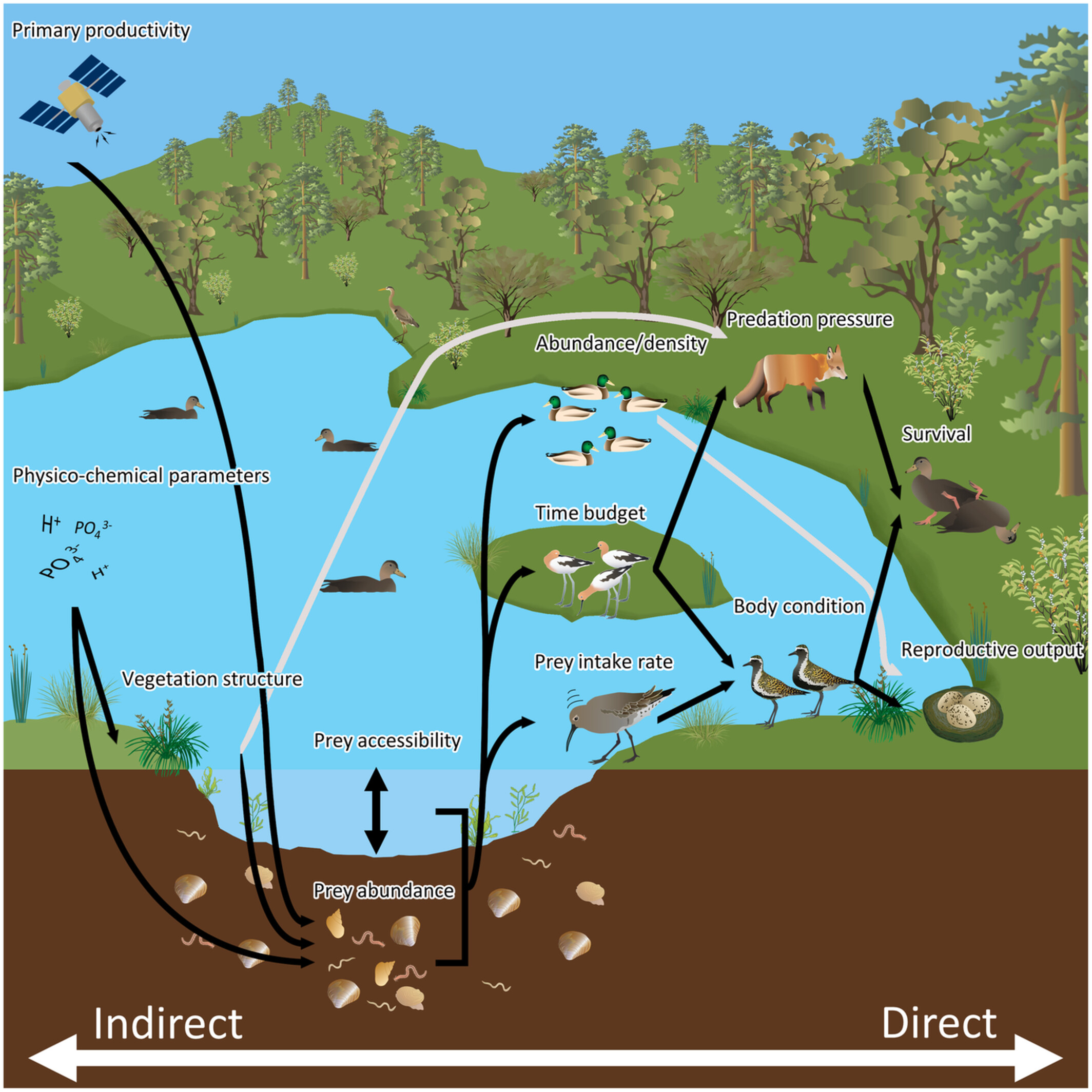
Our review of studies that measured waterbird habitat quality found that practitioners typically use proxies for habitat quality that focus on some aspect of the habitat or some aspect of the waterbirds themselves. The former may be relatively insensitive to waterbird behavioral stochasticity, whereas the latter may be more directly linked to waterbird demographic rates. We recommend that practitioners base their choice of variable to measure on the ecology of their study species, and preferentially measure variables most directly linked to waterbird demographic rates.
A global meta-analysis reveals contrasting impacts of air, light, and noise pollution on pollination
- First Published: 18 April 2023
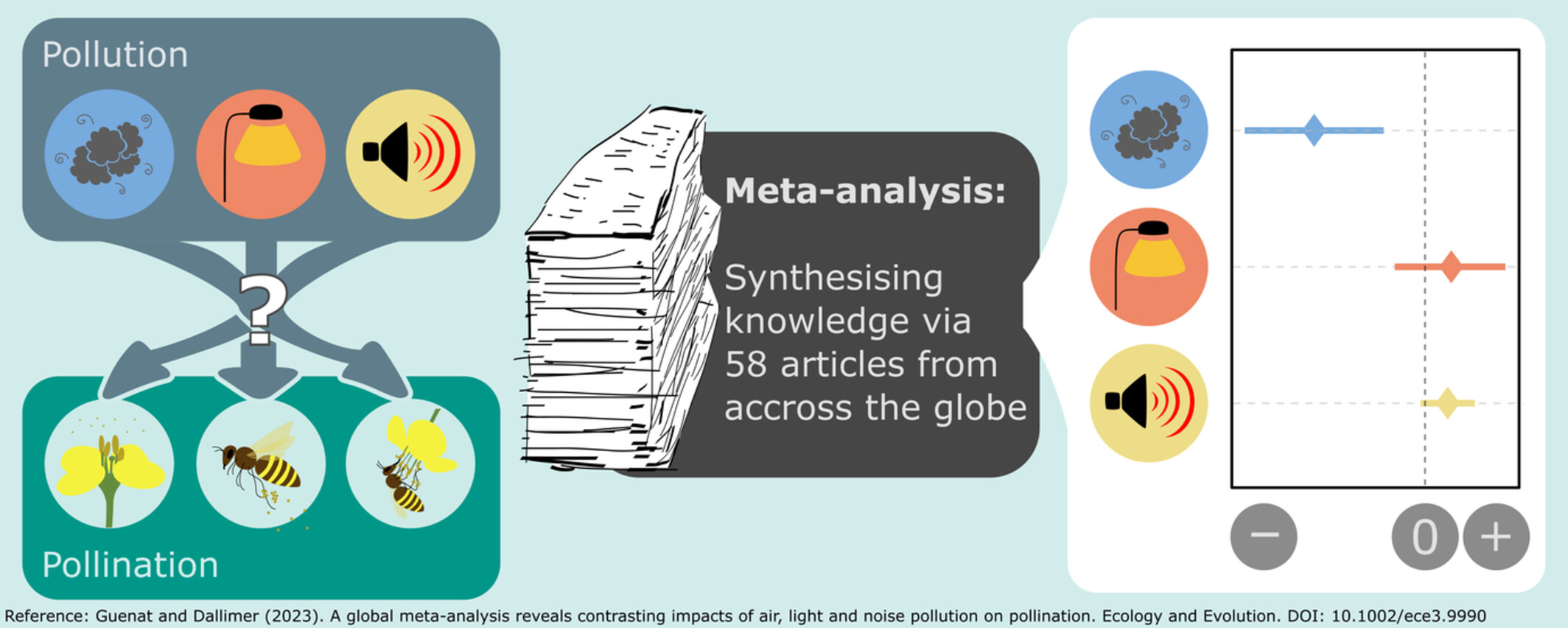
Pollination is a key ecosystem function, yet there is no synthesis of how it is impacted by global changes such as increases in air, light, and noise pollution. With this meta-analysis of 58 peer-reviewed articles, we show that air pollution negatively impacts pollination, but detect no effect of light pollution and identify a lack of evidence regarding the impact of noise pollution on pollination.
Physiologically vulnerable or resilient? Tropical birds, global warming, and redistributions
- First Published: 18 April 2023
Novel and holistic approaches are required to realize allelopathic potential for weed management
- First Published: 21 April 2023
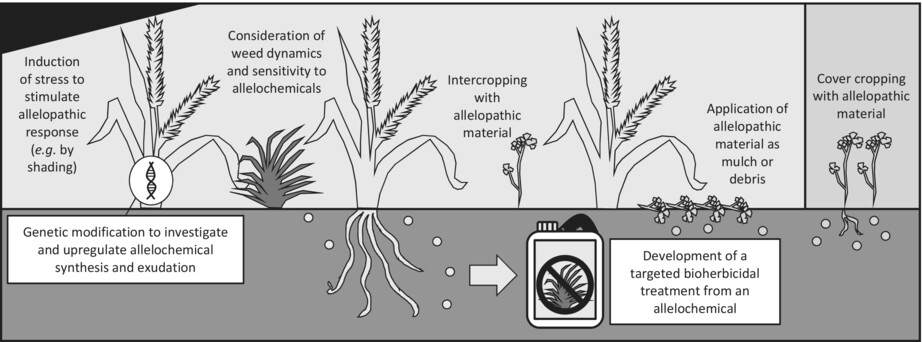
Allelopathy holds promise as an alternative method for weed management, but its application is hampered by limited methodological development and ecological context. This paper therefore considers ecological and evolutionary context for the phenomenon which can aid its further discovery and development, before exploring more holistic approaches and underutilized applications which could benefit agricultural weed management.
On the phenology of soil organisms: Current knowledge and future steps
- First Published: 25 April 2023
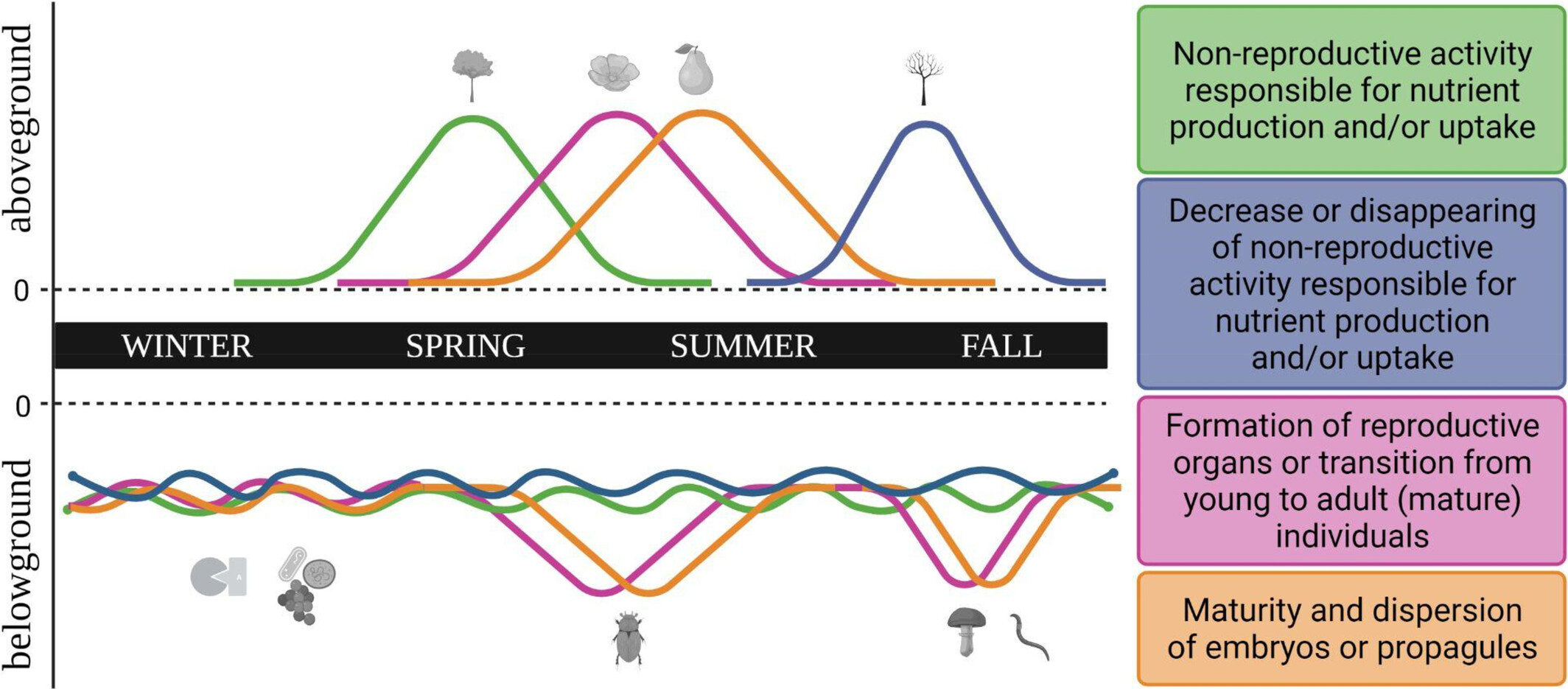
Although phenology is mainly studied in plants, major ecosystem processes are soil-dependent, indicating that the phenology of soil organisms is a crucial aspect for the functioning of terrestrial ecosystems. Previous work have identified the importance of taking into account the multidimensionality of soil (e.g., geographical, depth, and temporal variation), but no work has built on the best ways of doing it. Through a systematic review, we identify the main biases and gaps in soil phenology research and build a list of recommendations for future research, to improve efficiency in sampling and realism of phenological patterns detection. Most importantly, we advocate for the construction of collaborative networks between above- and belowground experiments towards a more comprehensive understanding of the total environment, especially in a changing world.
RESEARCH ARTICLES
Negative effects of urbanization on plants: A global meta-analysis
- First Published: 31 March 2023
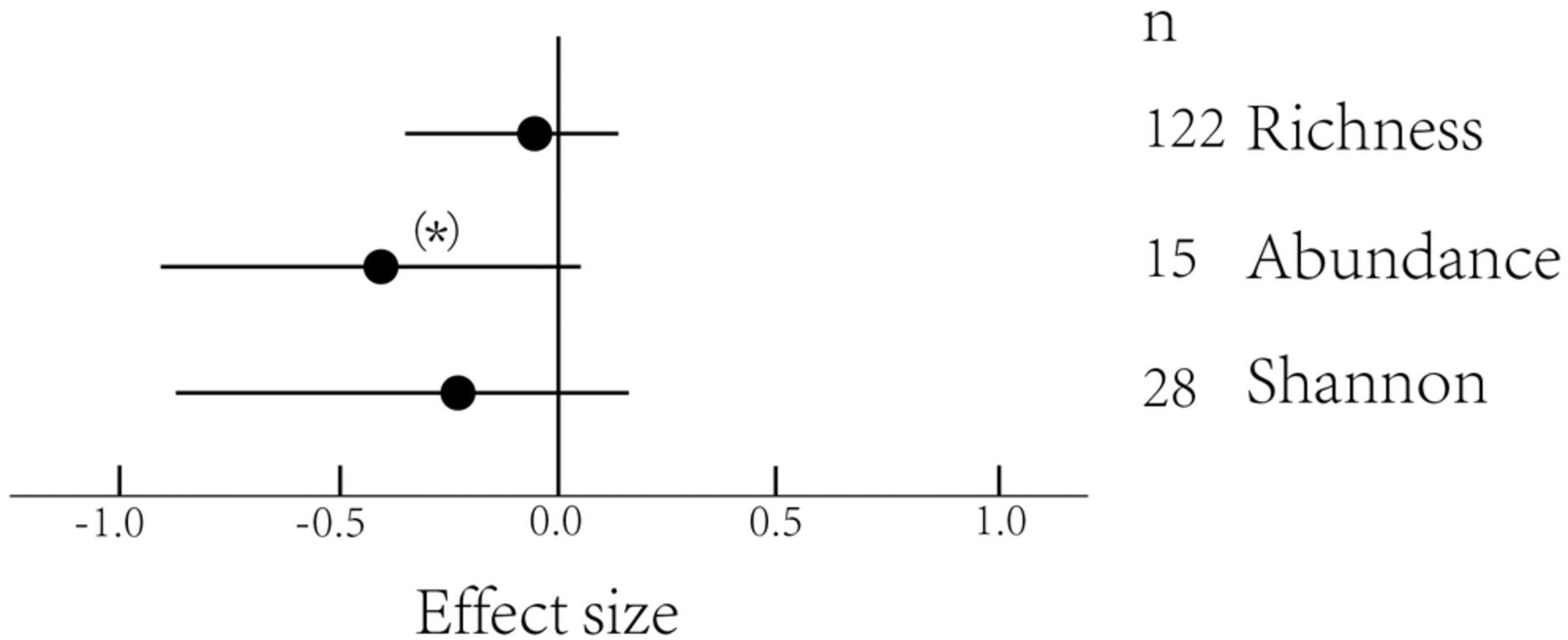
We found moderate urbanization increases plant diversity around the world. We discovered herbs were more strongly affected by urbanization than are shrubs, trees can adapt well to urbanization, and plant richness declined more significantly in the postindustrial phase. Native species in urban are less affected by urbanization at lower latitudes, and urban greenness can help plants defend the negative effects of urbanization.
First insight into the phylogeny of fine-leaved Festuca in the Altai Mountain Country based on genome-wide genotyping
- First Published: 02 April 2023
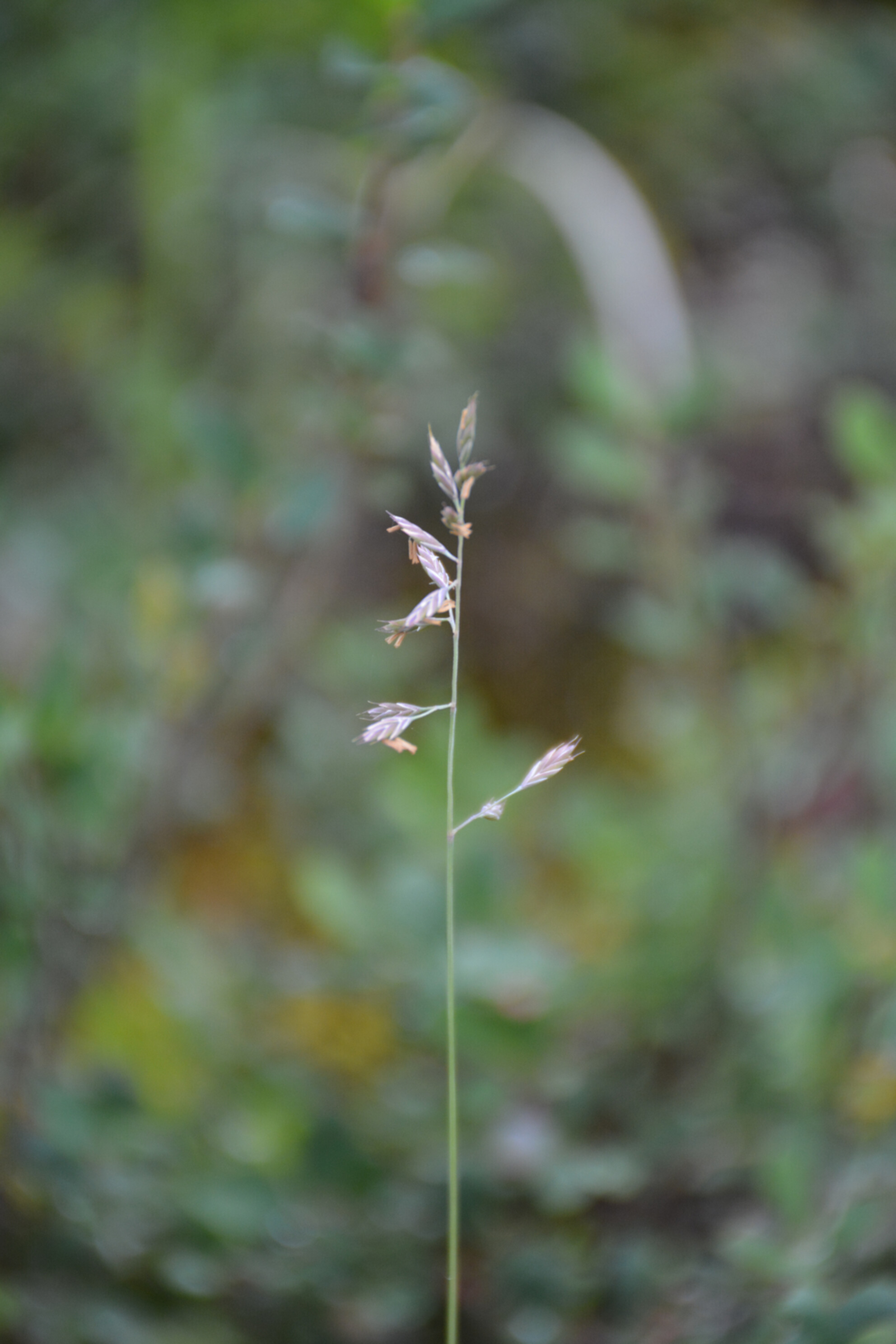
The fine-leaved fescues are the richest and the most complex group of grasses with unknown phylogenetic relationships. We analyzed 17 species of the genus from the territory of the Altai Mountain Country. Based on genome-wide genotyping, the examined taxa were divided into three markedly differentiated clusters. The current revision revealed a complex genetic pattern among the clusters. Moreover, we questioned the presence of some species in the territory under study.
Forest conversion into pasture selects dung beetle traits at different biological scales depending on species pool composition
- First Published: 24 April 2023
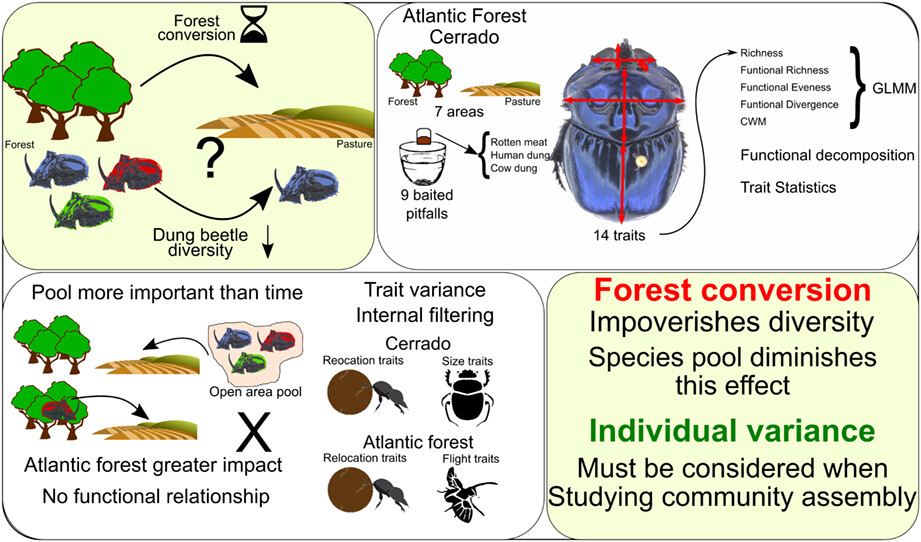
Briefly, we assess the impacts of forest conversion on the functional diversity of dung beetles in two different regions of Brazil, considering in particular intraspecific variation. To do this we conducted standardized surveys in seven forest fragments and adjacent pastures for every region and measured fourteen traits in individuals collected in each type of habitat (pasture and forest) at each particular site. We calculated functional richness, functional evenness, functional divergence, and community-weighted mean of traits for each area, and analyzed individual variation through nested variance decomposition and Trait Statistics. We found that the impact of forest conversion is context-dependent, since communities were richer and more numerous at the Cerrado, although we did not find any relationship between functional diversity and forest conversion, except when considering intraspecific variance. Further, forest conversion effects were primarily due to internal filtering. External filtering effects only appear when intraspecific variance is considered.
Niches of three sympatric montane ground-dwelling squirrels: Relative importance of climate, topography, and landcover
- First Published: 31 March 2023
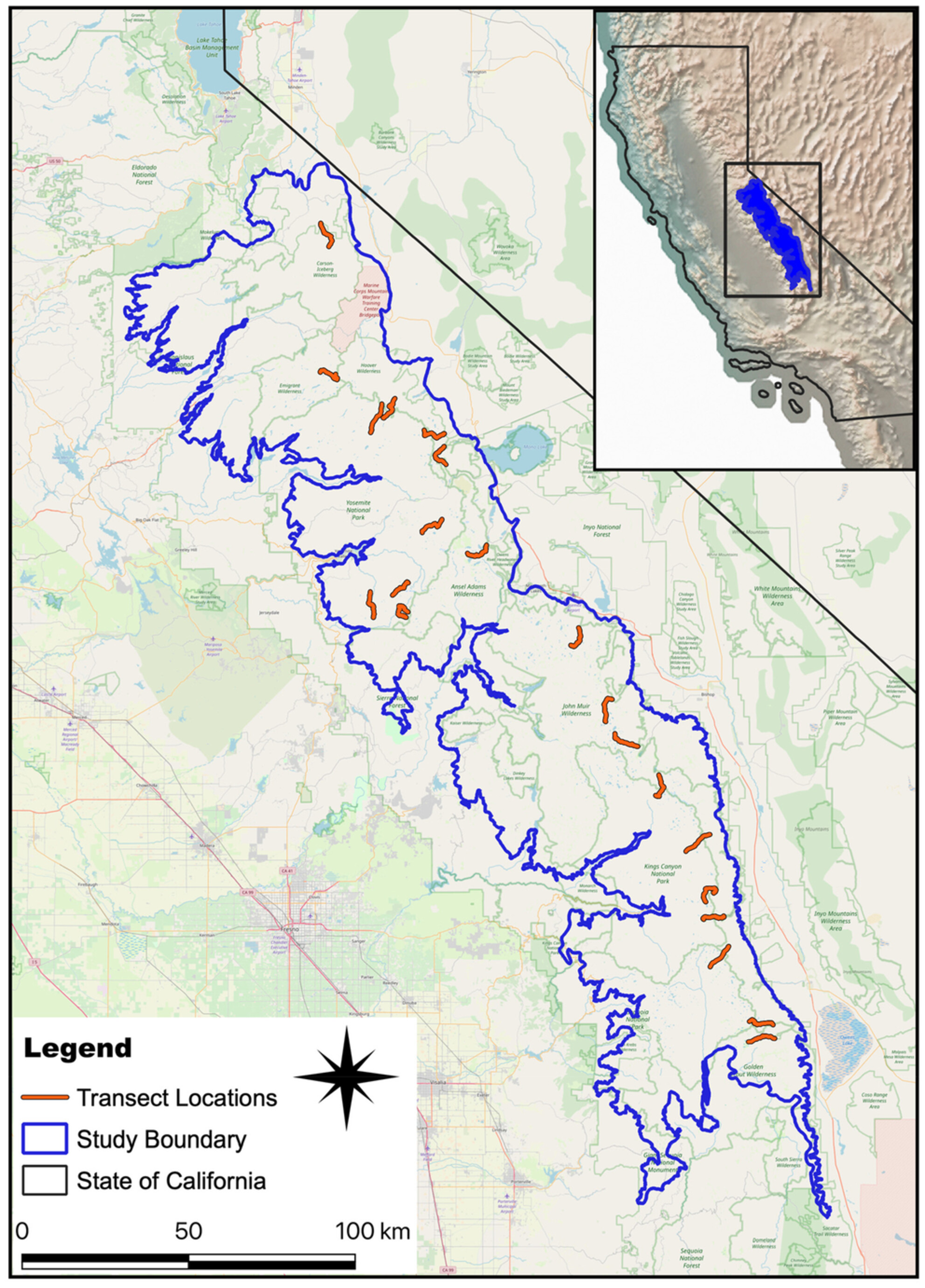
We characterized the niche space of three sympatric high-elevation ground-dwelling squirrels, yellow-bellied marmot (Marmota flaviventer), Belding's ground squirrel (Urocitellus beldingi), and golden-mantled ground squirrel (Callospermophilus lateralis), in the alpine and upper subalpine region of the Sierra Nevada in California. All three species demonstrated differential use of niche space and the relative importance of the variables shaping the niche differed among these species. The niche breadth of these three species was also positively associated with geographic range size.
Intraspecific trait plasticity to N and P of the wetland invader, Alternanthera philoxeroides under flooded conditions
- First Published: 31 March 2023

Interhaplotype trait differences may explain spatial variation in invasion and management success of invasive plants. We compared three common haplotypes of the wetland weed, Alternanthera philoxeroides, and found that Ap1 is more responsive to elevated nitrogen, but not phosphorous, than Ap3 and Ap6. Ap1 produced more biomass overall and allocated a larger proportion to aboveground structures, but we found no differences in herbivory related to plant haplotype. These differences may explain the larger geographic distribution of Ap1 than other haplotypes in the United States.
Sperm competition experiments reveal low prezygotic postmating isolation between parasitic and nonparasitic lamprey ecotypes
- First Published: 02 April 2023
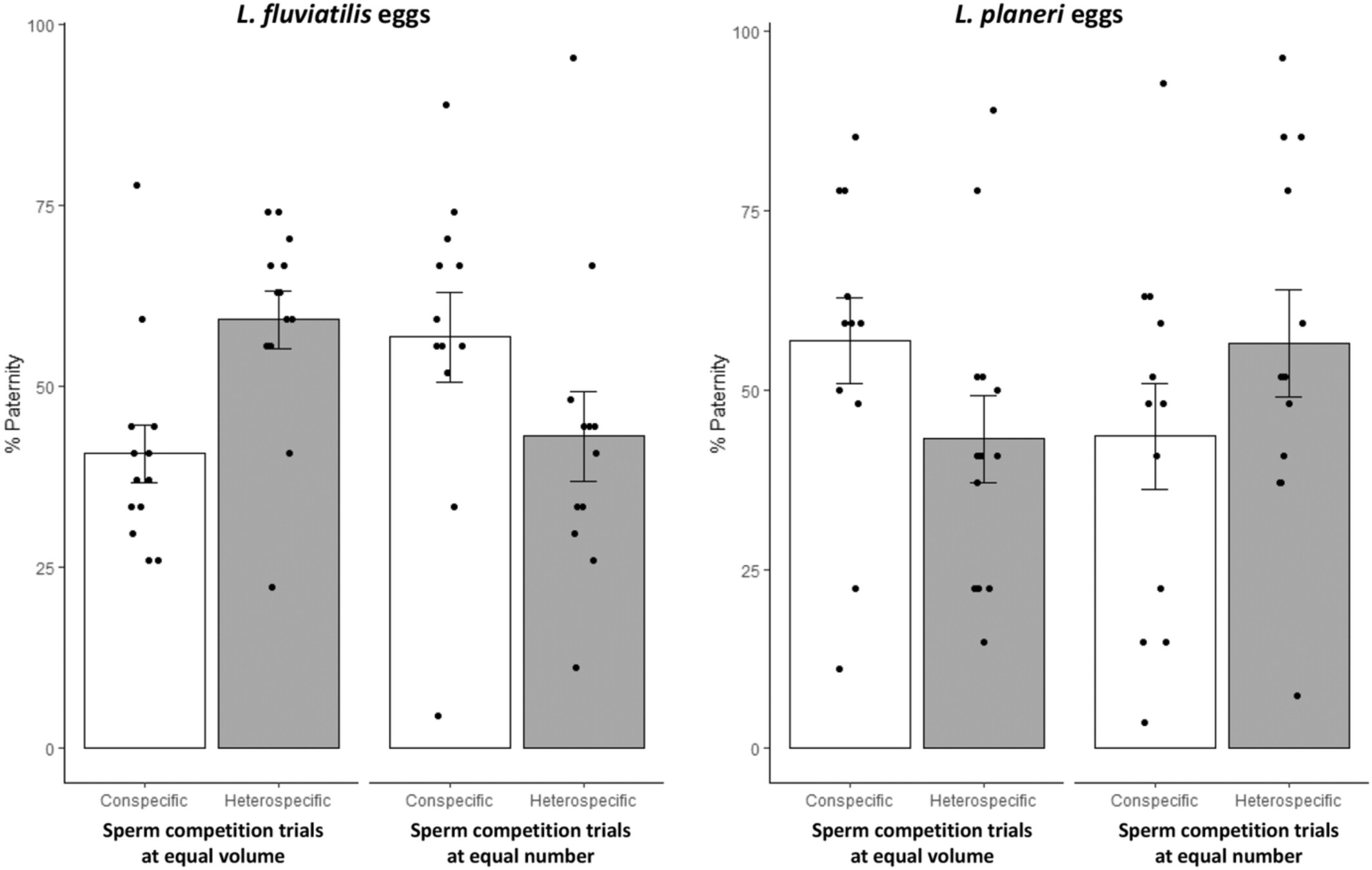
This study analyzes the effects of sperm competition and cryptic female choice as putative postcopulatory barriers in two lamprey ecotypes with a partial reproductive isolation. We observed different sperm traits between ecotypes, which influenced the outcome of sperm competition experiments, but we found no evidence for cryptic female choice.
Prescribed fire alters nematode communities in an old-field grassland
- First Published: 31 March 2023
Genetic diversity and population structure among native, naturalized, and invasive populations of the common yellow monkeyflower, Mimulus guttatus (Phrymaceae)
- First Published: 07 April 2023
Counting animals in aerial images with a density map estimation model
- First Published: 07 April 2023
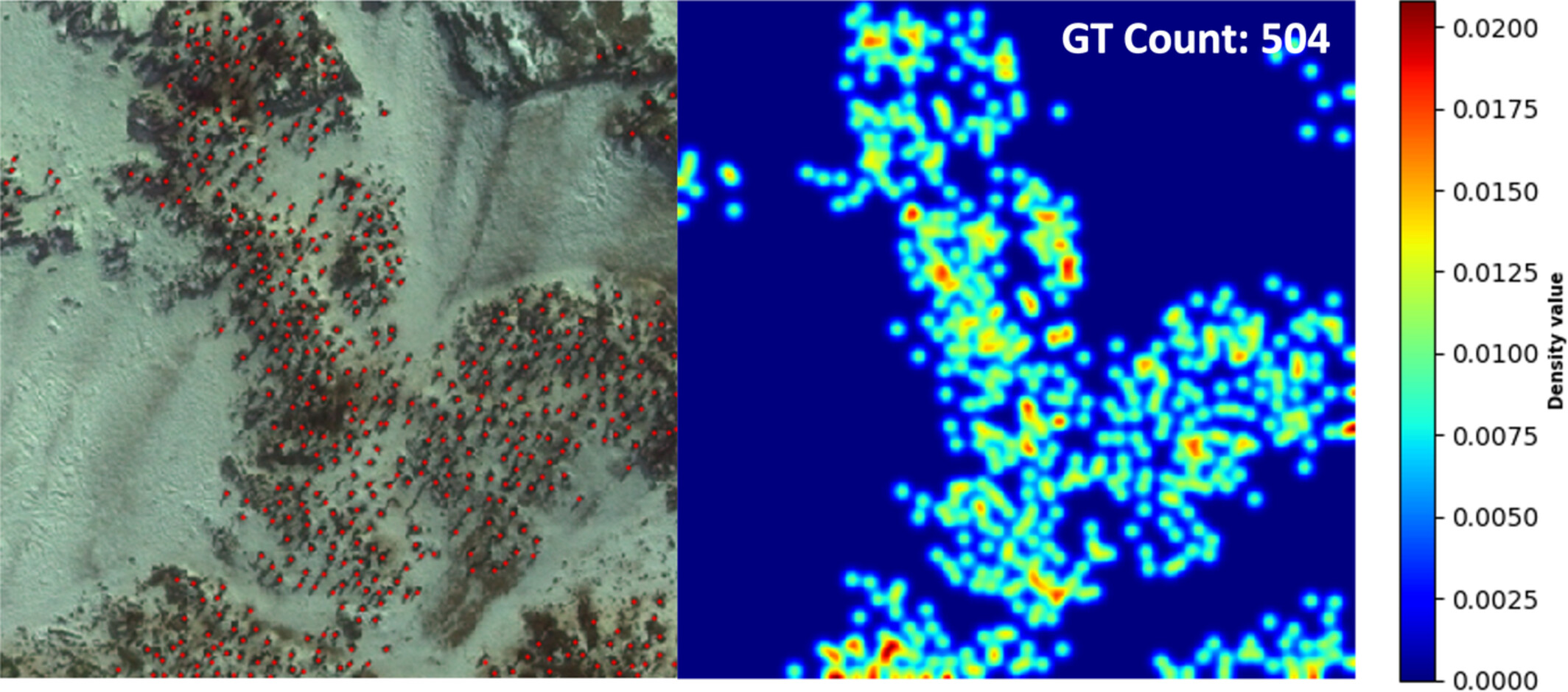
We present here an adaptation of state-of-the-art crowd-counting methodologies for counting of penguins (average size is about 5 * 5 pixels) from aerial photography. Our method performed significantly better in terms of model performance and computational efficiency than standard Faster-RCNN deep learning approaches and gave an error rate of only 0.8 percent.
Integrative taxonomy using the plant core DNA barcodes in Sumatra's Burseraceae
- First Published: 07 April 2023
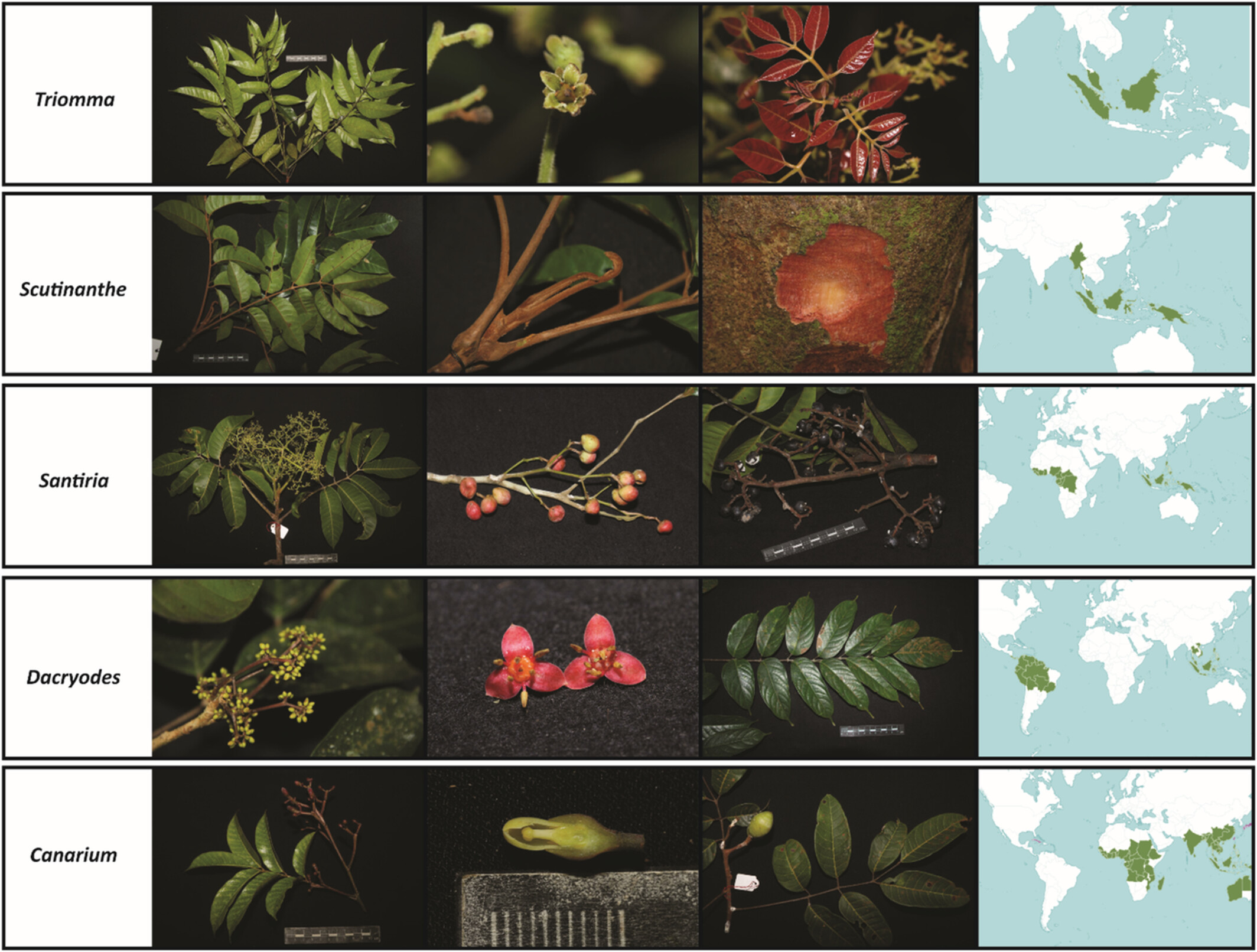
Species identification in tropical forests is often difficult due to its high diversity and limited floral information, therefore DNA barcoding has been applied in tropical regions such as Sumatran forests to boost floristic surveys. In this study, we sequenced 197 specimens representing 20 species from five genera of the family Burseraceae using the barcode markers matK and rbcL. Our results showed that matK discriminated among 97% of the sequence pairs and identified a modest number of species from the Sumatran tropical rainforest. This reinforces the suitability of this marker for molecular species surveys of Sumatran Burseraceae species.
Quantifying phenological landmarks of migration shows nonuniform use of the Caribbean by shorebirds
- First Published: 07 April 2023
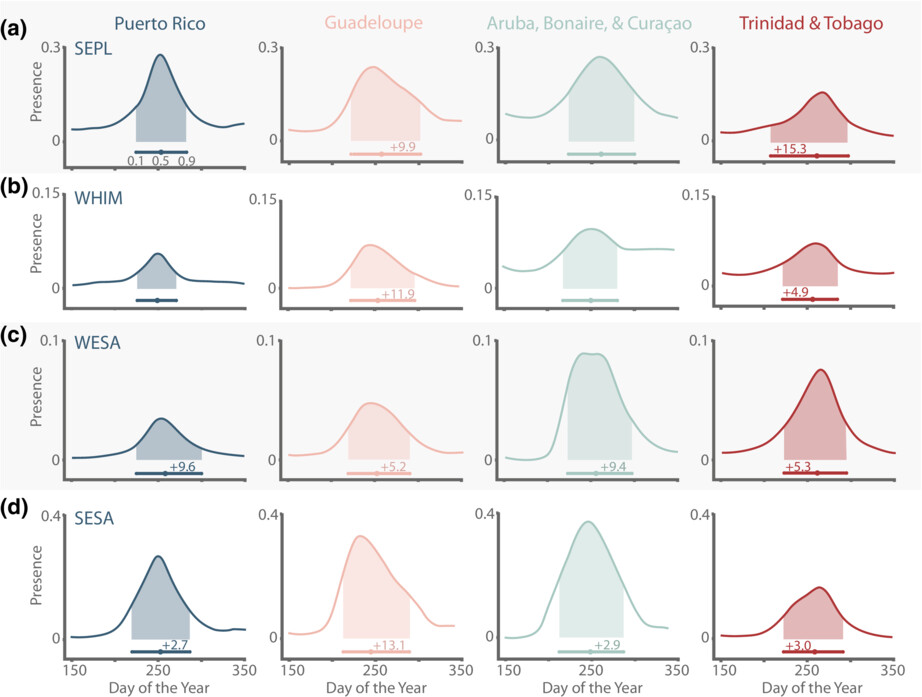
We developed a method for identifying the active migration period using derivatives of a fitted generalized additive model and then calculated phenology metrics based on quantiles of that migration period. We analyzed eBird data for 16 boreal- and arctic-breeding North American shorebird species as they traveled South through the insular Caribbean. Our results confirm past reports and provide additional detail on shorebird migration in the Caribbean, and identify several previously unpublished regional patterns.
Using quantile regression and relative entropy to assess the period of anomalous behavior of marine mammals following tagging
- First Published: 10 April 2023
Effects of large-scale disturbance on animal space use: Functional responses by greater sage-grouse after megafire
- First Published: 07 April 2023
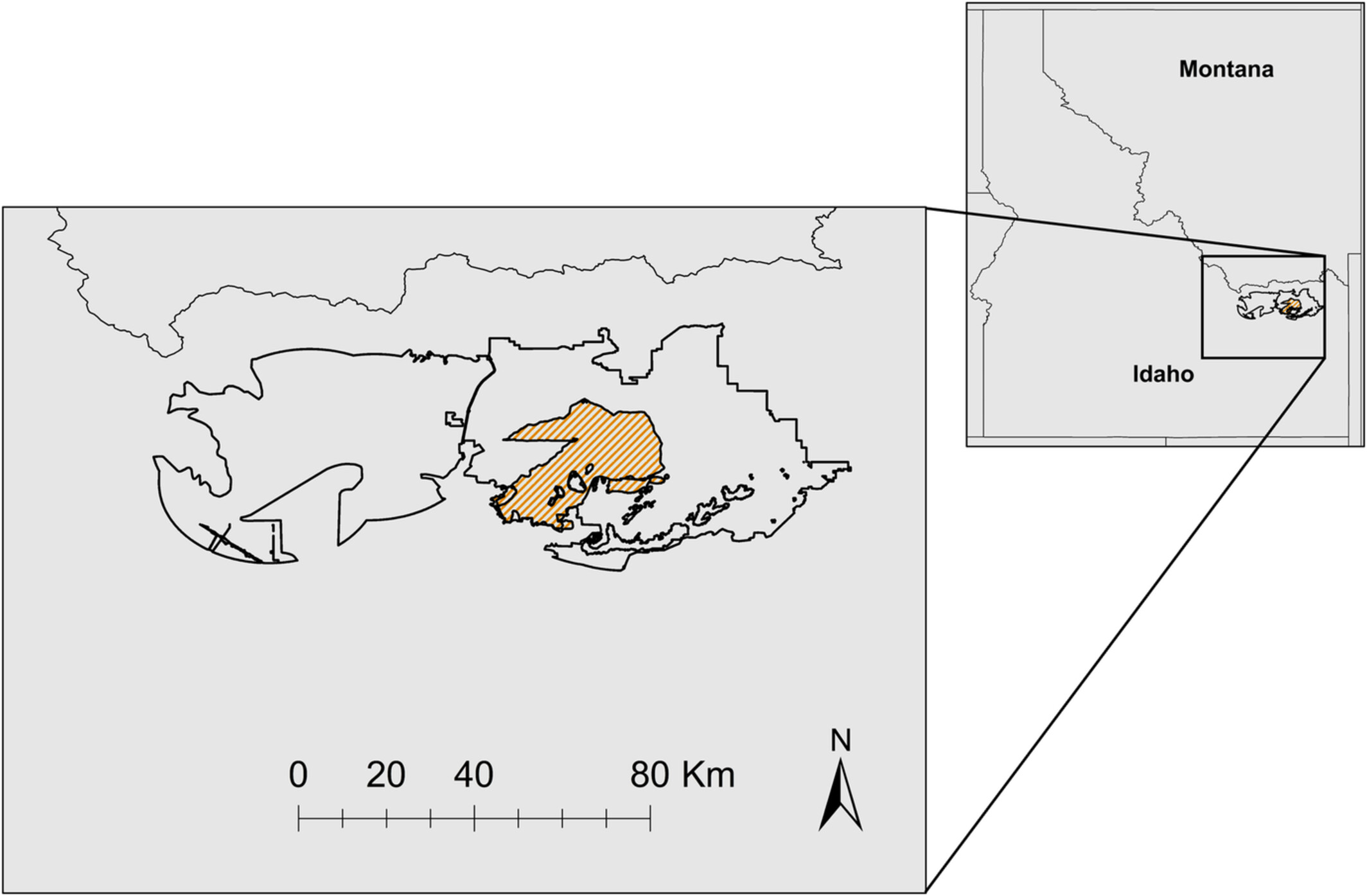
We studied space use of breeding greater sage-grouse before and after landscape-level changes to nesting and brood-rearing habitats that were induced by a megafire event that burned sagebrush steppe in eastern Idaho, USA. Megafire had strong effects on the distribution of resources and resulted in context-dependent habitat use and selection that were heterogeneous across different components of sage-grouse habitat. Functional responses in the use and selection of nesting habitat were shaped by the overarching effect of megafire on vegetation, and models built using data collected prior to the megafire had poor transferability for predicting space use in a post-megafire landscape.
Satellite telemetry reveals habitat selection decisions by black oystercatchers across seasonal, diel, and tidal cycles
- First Published: 07 April 2023
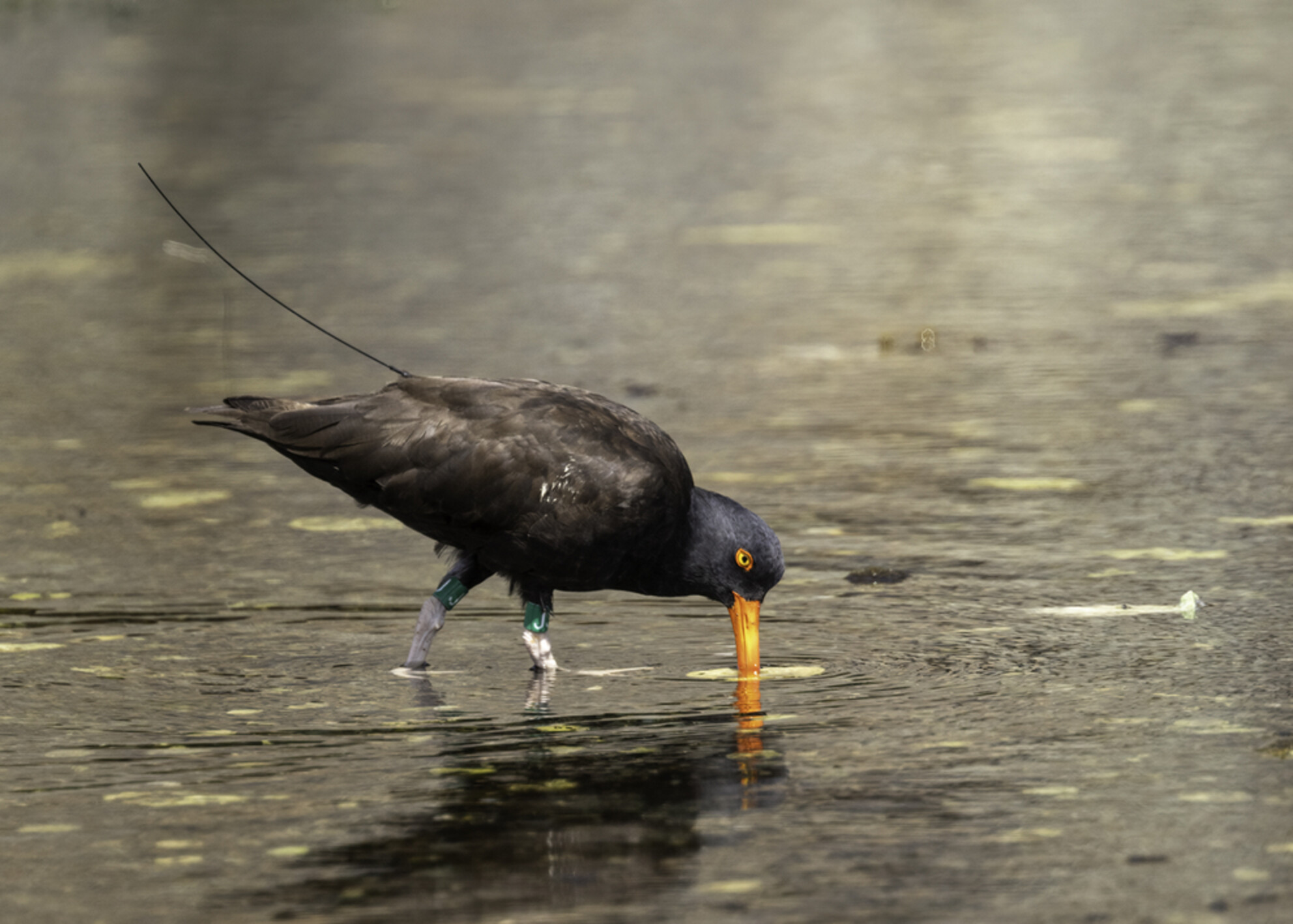
We examined how habitat use of black oystercatchers varied in response to changes in predation risk and foraging rewards by tracking birds across seasonal, diel, and tidal cycles. Black oystercatchers used safe rocky islets and shoreline with less tree cover at most times and more dangerous shoreline with greater intertidal area and freshwater outflows during low and high tides, respectively, when foraging rewards at these sites are likely higher. Identifying critical habitat that is expected to be indicative of important habitat for coastal wildlife requires studying habitat use at different times.
Species richness drives selection of individuals within wetlands based on traits related to acquisition and utilization of light
- First Published: 07 April 2023
Plastic loss of motile cilia in the gills of Polypterus in response to high CO2 or terrestrial environments
- First Published: 07 April 2023
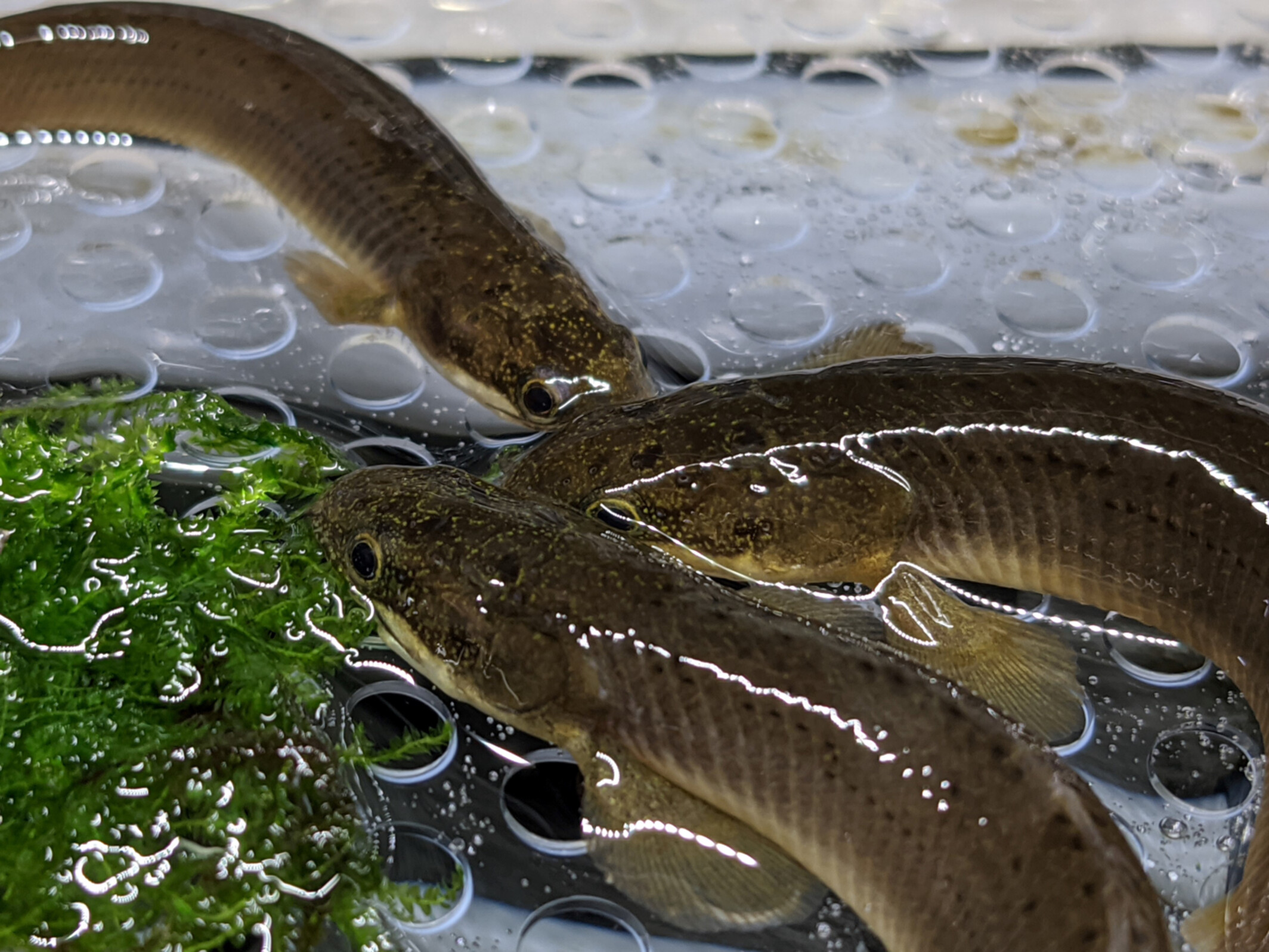
The major changes in animal respiratory systems during the transition of vertebrates from water to land is one of the primary interests in evolutionary biology. We demonstrated the existence of motile cilia that produce water flows on the surface of the gills of Polypterus, an amphibious fish. We also found that the cilia disappear plastically on terrestrial or high CO2 environments and re-appear in the original aquatic condition. Such plasticity may be adaptive in fluctuating environments during the evolutionary transition from water to land of vertebrates.
Evaluating the evolutionary mechanisms maintaining alternative mating strategies in a simulated bull trout (Salvelinus confluentus) population
- First Published: 07 April 2023
Landscape factors and allochthonous congeneric species influence Callithrix aurita occurrence in Brazilian Atlantic Forest remnants
- First Published: 07 April 2023
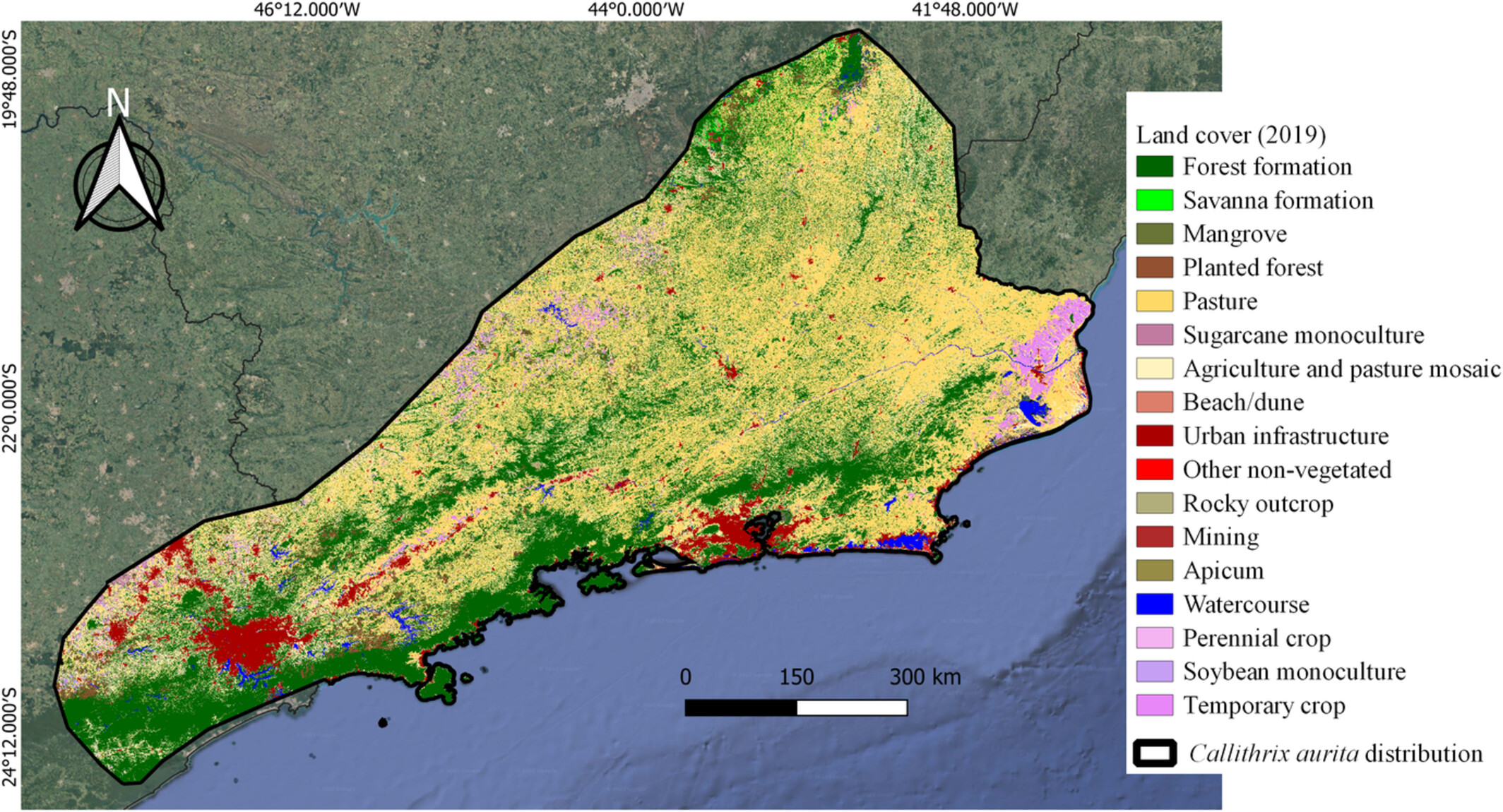
Callithrix aurita is isolated in forest fragments surrounded by potentially inhospitable matrices, along with the proximity of a more generalist and invasive species, thereby increasing the possibility of introgressive hybridization. The approach used here can be applied to improve conservation studies of other endangered species, such as C. flaviceps, which is also endemic to the Brazilian Atlantic Forest and faces the same challenge.
Antioxidant availability trades off with warning signals and toxin sequestration in the large milkweed bug (Oncopeltus fasciatus)
- First Published: 07 April 2023
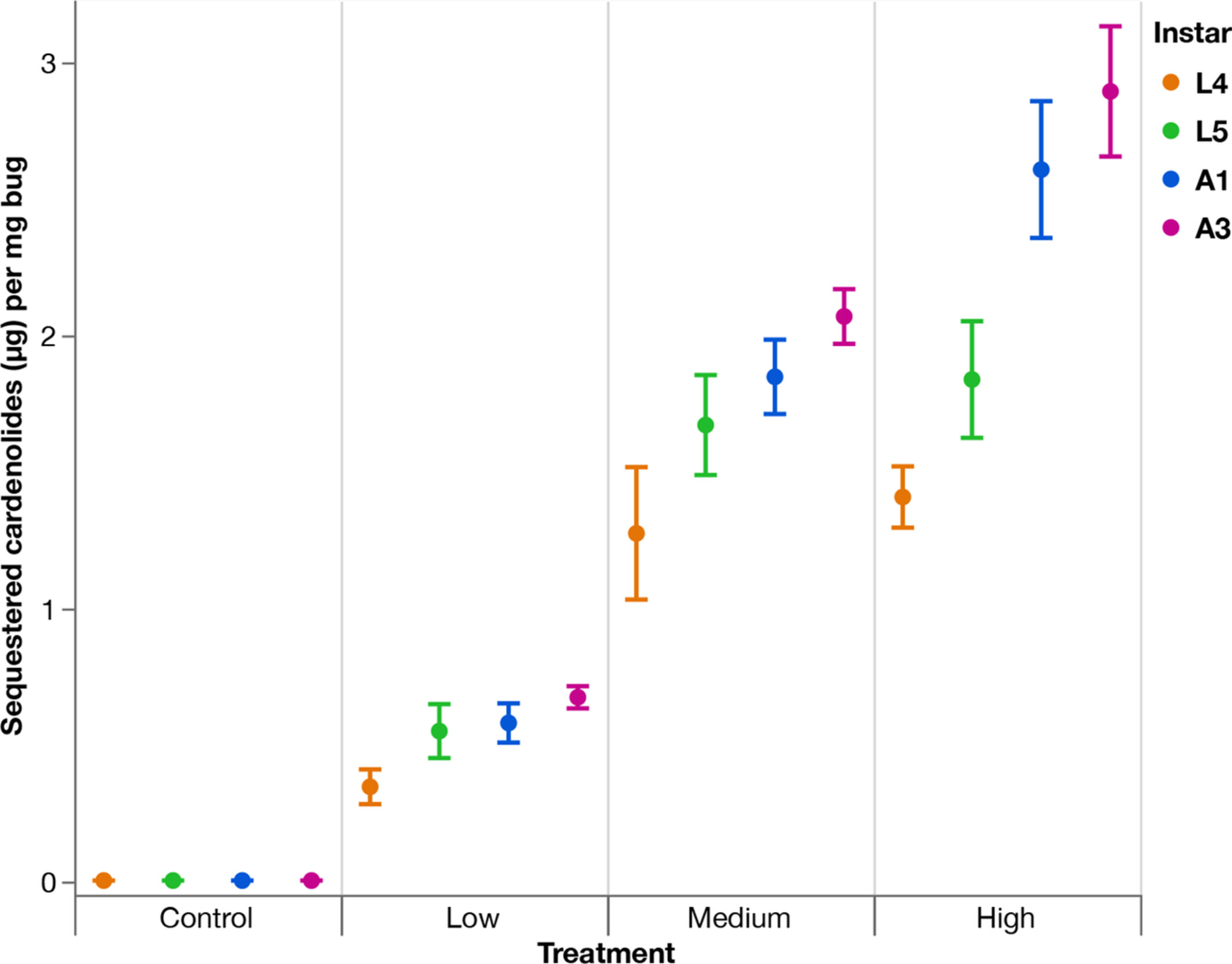
We raised milkweed bugs on artificial diets with increasing quantities of cardenolides and then examined how this affected oxidative state and signal quality (brightness and chroma) across different life stages. Glutathione decreased in all individuals with increasing levels of sequestered cardenolides. Bugs with more total glutathione had brighter warning signals but these signals were not related to sequestration.
What causes bird-building collision risk? Seasonal dynamics and weather drivers
- First Published: 07 April 2023
Bait attractiveness changes community metrics in dung beetles (Coleoptera: Scarabaeidae: Scarabaeinae)
- First Published: 07 April 2023

Assemblages sampled by baited pitfall traps tend to show lower diversity and higher dominance than those sampled by unbaited flight interception traps. Therefore, for ecological questions focused on species relative abundance, baited pitfall traps may lead to inaccurate conclusions regarding assemblage structure.
In search of a perfect trait set: A workflow presentation based on the conservation status assessment of Poland's dendroflora
- First Published: 07 April 2023
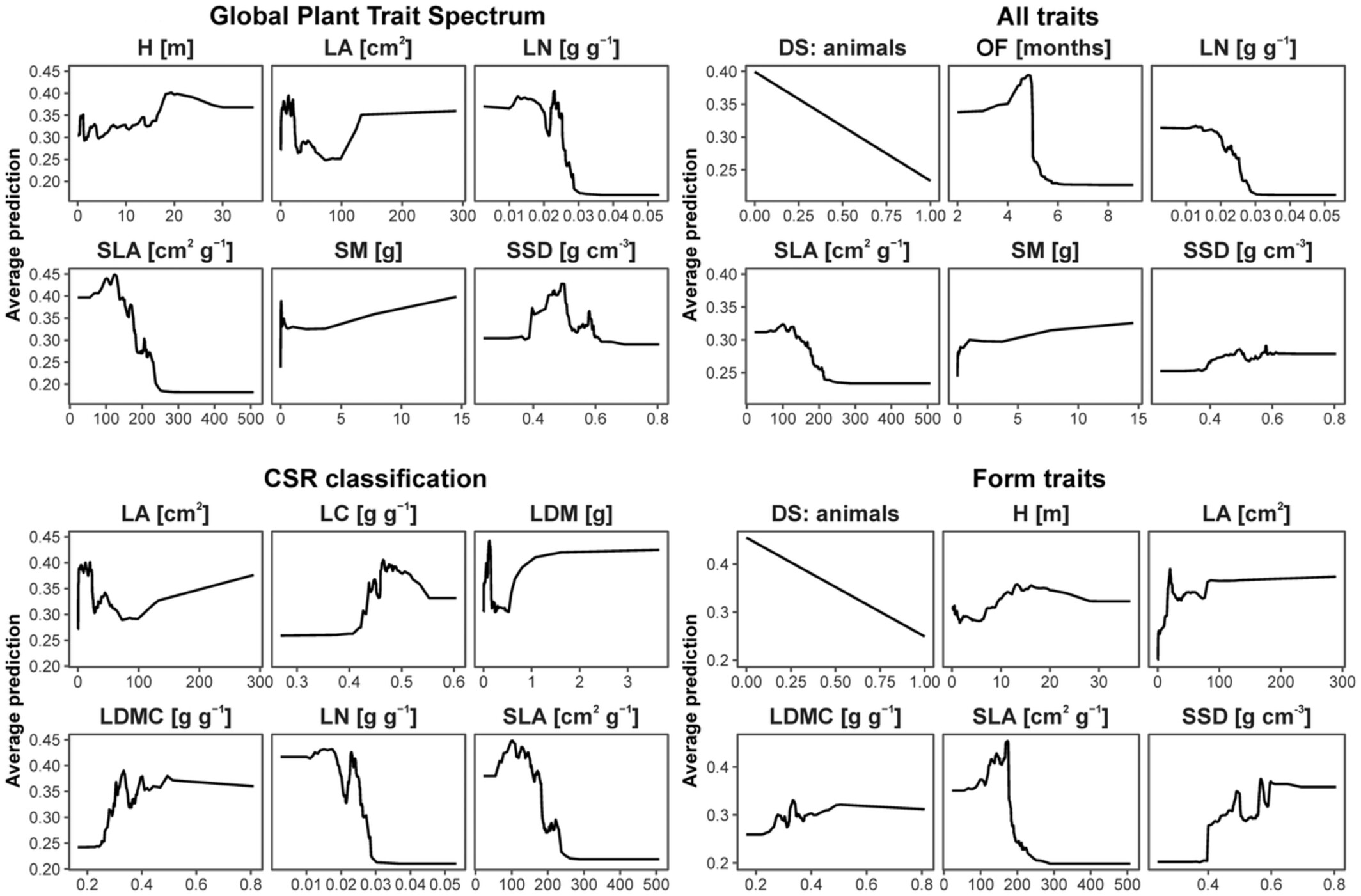
We found that including traits representing different plant organs improves the model output, but including more traits into a model does not necessarily increase the model's accuracy. Based on our results, we provide synthesized guidelines for other authors regarding the selection of the best possible traits for their research.
Factors influencing mammalian community occupancy in Dhorpatan Hunting Reserve, Nepal
- First Published: 07 April 2023
Warming increases survival and asexual fitness in a facultatively sexual freshwater cnidarian with winter diapause
- First Published: 10 April 2023
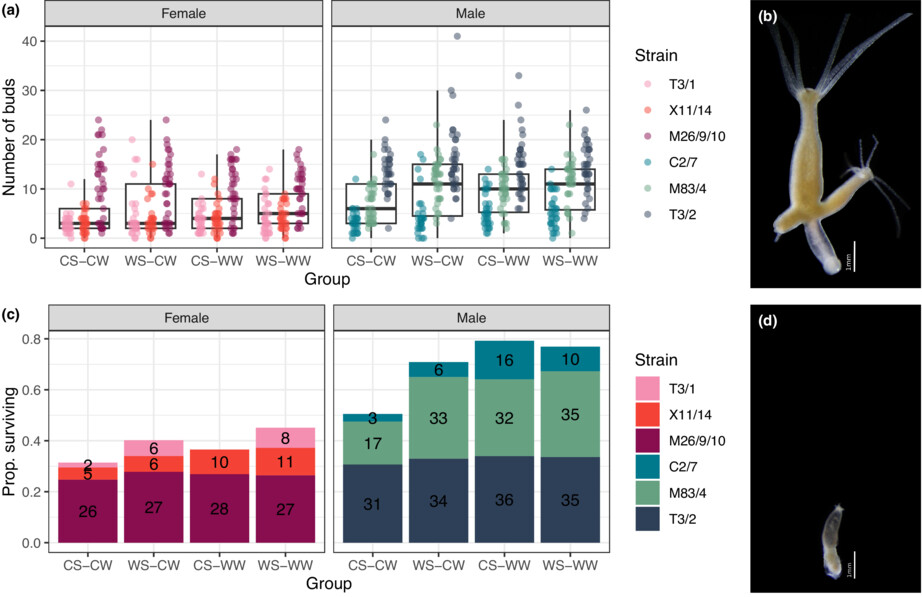
Hydra oligactis polyps were exposed to simulated summer heatwaves and/or elevated winter temperature. High temperatures had complex (both negative and positive) effects on components of sexual reproduction, while overall survival rate and asexual fitness increased. These results predict increased population growth of hydra polyps in a warming world.
Resilience of temperate peatland vegetation communities to wildfire depends upon burn severity and pre-fire species composition
- First Published: 10 April 2023
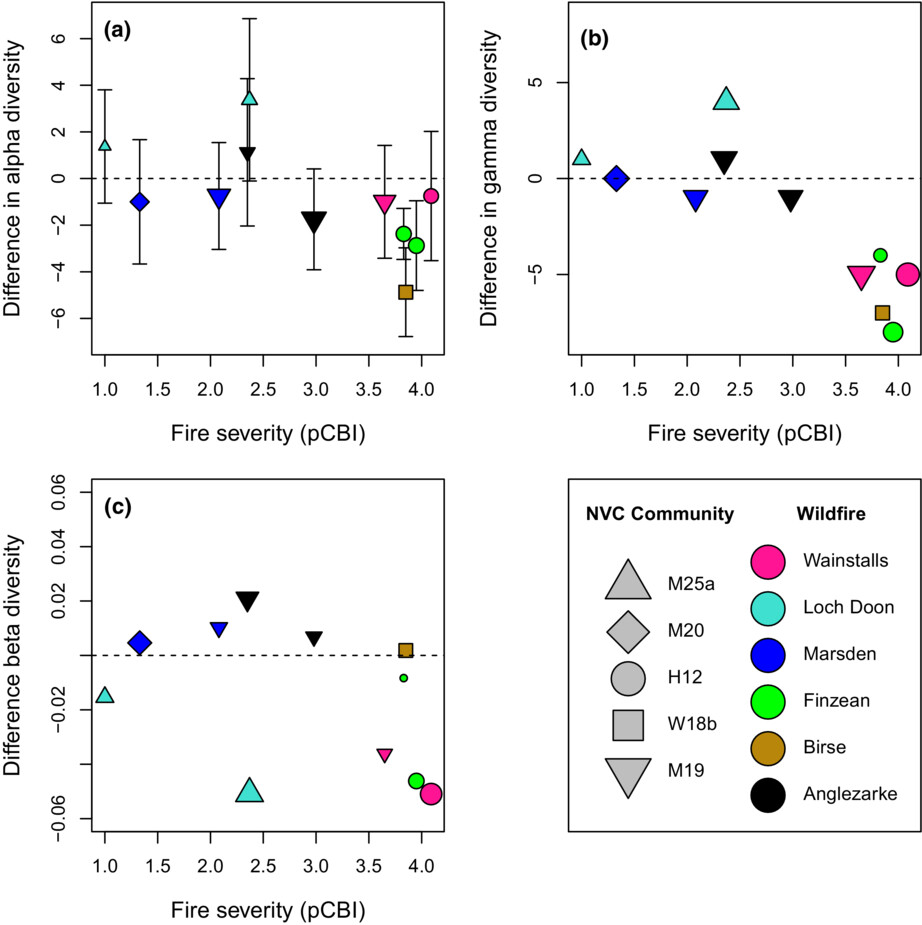
Peatland wildfires are expected to be a growing problem under climate change, but we have little knowledge of how temperate systems respond to varying fire severity. We investigated differences in the diversity and composition of paired burned and unburned areas across five wildfires in the United Kingdom that burned at differing severities. Plant community diversity and resilience were significantly associated with both burn severity and community type with most differences occurring among cryptogams.
Cycad phylogeny predicts host plant use of Eumaeus butterflies
- First Published: 10 April 2023
Using DNA barcoding and field surveys to guide wildlife management at Nanjing Lukou International Airport, China
- First Published: 13 April 2023
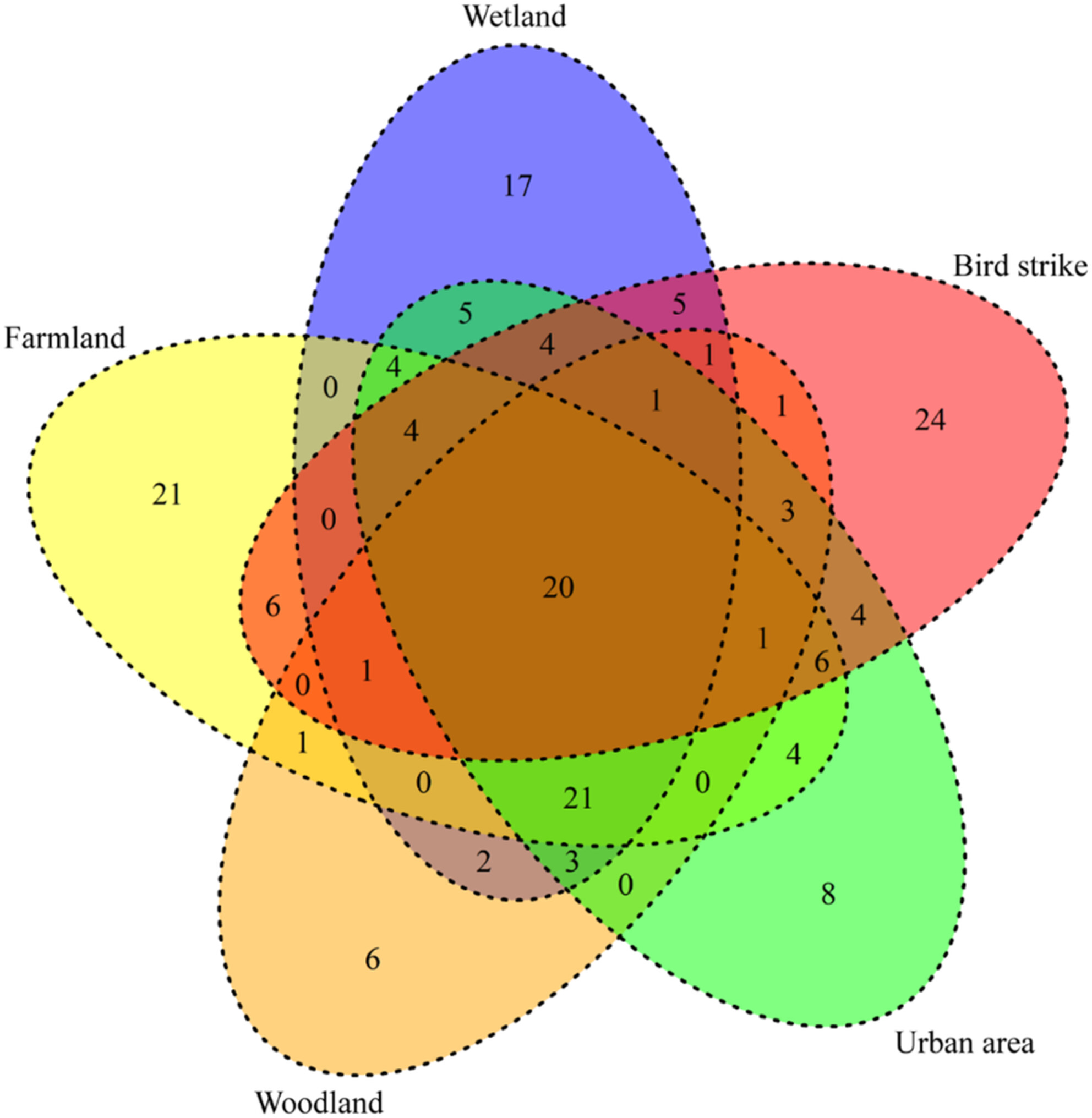
Using DNA barcoding technology, we identified 82 bird species belonging to 13 orders and 32 families involved in bird strike incidents at Nanjing Lukou International Airport in China. Additionally, we conducted field research and recorded a total of 149 bird species.Interestingly, 24 bird species were observed exclusively in bird strike cases and not during field surveys.
The opposing roles of lethal and nonlethal effects of parasites on host resource consumption
- First Published: 13 April 2023
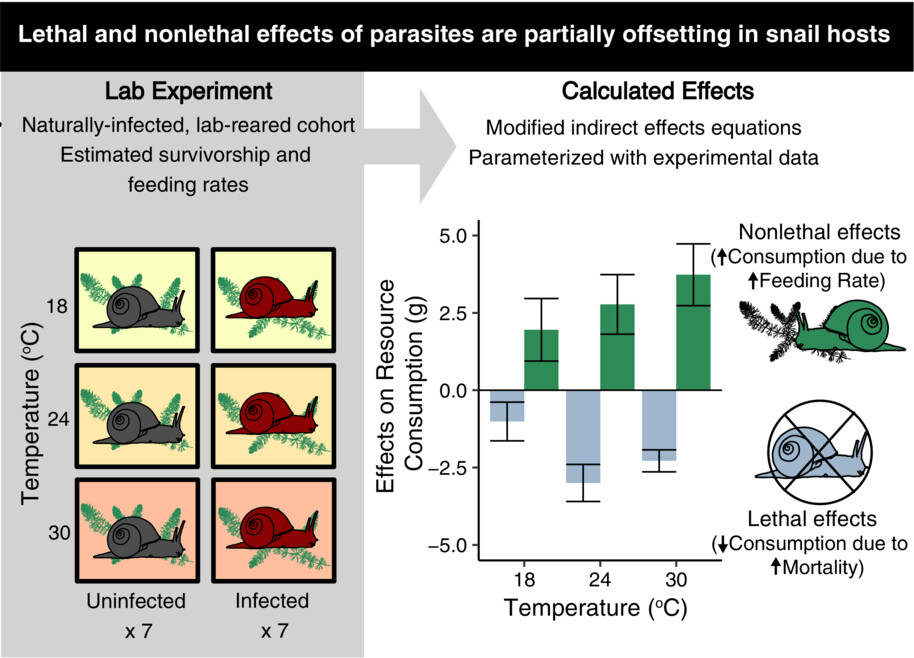
In this article, we jointly investigate the lethal and non-lethal effects of trematode parasites on host resource consumption across three temperatures. To do this we experimentally investigated the impacts of parasites on the survivorship and feeding rates of naturally infected, lab-reared snails. We then modified indirect effects equations and parameterized them with experimental data to calculate the lethal and nonlethal effects. We found that non-lethal effects (green) increased resource consumption through increased host feeding rate, while lethal effects (blue) decreased consumption through increased host mortality. These effects were partially offsetting and resulted in a small net increase on host resource consumption caused by parasites, but only at certain temperatures.
Patterns of understory invasion in invasive timber stands of a tropical sky island
- First Published: 13 April 2023
Armed to the teeth: The underestimated diversity in tooth shape in snakes and its relation to feeding behavior and diet
- First Published: 13 April 2023
Sponge diversification in marine lakes: Implications for phylogeography and population genomic studies on sponges
- First Published: 13 April 2023

High-resolution genotyping of the marine sponge Suberites diversicolor from marine lakes confirms genetic lineages, but provides new evidence for strong intralineage population structure. Geographic distance and local environments did not explain genetic differentiation, suggesting other mechanisms such as founder events with priority effects may be at play. Results indicate the potential need to reassess panmictic assumptions from poorly dispersing benthic organisms.
Detecting ecological traps in human-altered landscapes: A case study of the thick-billed longspur nesting in croplands
- First Published: 18 April 2023

Maladaptive selection for poor-quality habitat may contribute to ongoing declines of some grassland birds, but information on breeding ecology in human-altered landscapes is lacking. We compared the settlement behavior, seasonal changes in breeding density, and reproductive success of thick-billed longspurs in native grassland habitats and crop fields in the core of their remaining breeding distribution. We did not find support for our ecological trap hypothesis; preference was similar and precipitation appeared to mediate the effects of habitat type on longspur breeding ecology.
Genome size variation within Crithmum maritimum: Clues on the colonization of insular environments
- First Published: 19 April 2023
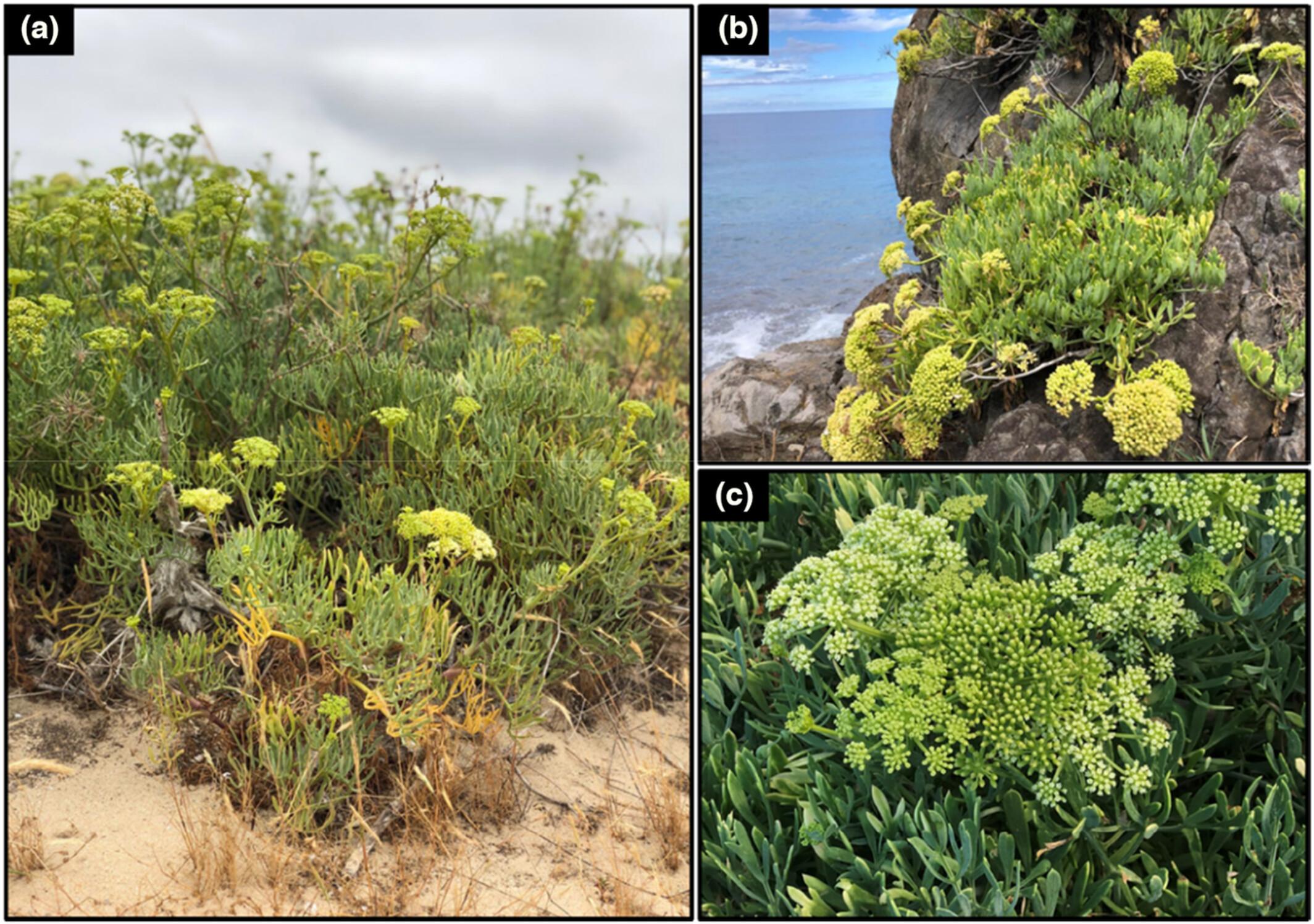
Angiosperms present an astonishing diversity of genome sizes that can vary intra- or interspecifically. Patterns of cytogenomic diversity were assessed among geographic samples (ca. 114) of Crithmum maritimum (Apiaceae), collected across Azores and Madeira archipelagos, as well as in adjacent continental areas. Our findings provided evidence that smaller genome sizes might play a critical role in the colonization of islands, corroborating other studies that argue that organisms with smaller genomes use fewer resources, having a selective advantage under insular environments.
Optimization of an amplicon sequencing-based microsatellite panel and protocol for stock identification and kinship inference of lake trout (Salvelinus namaycush)
- First Published: 18 April 2023
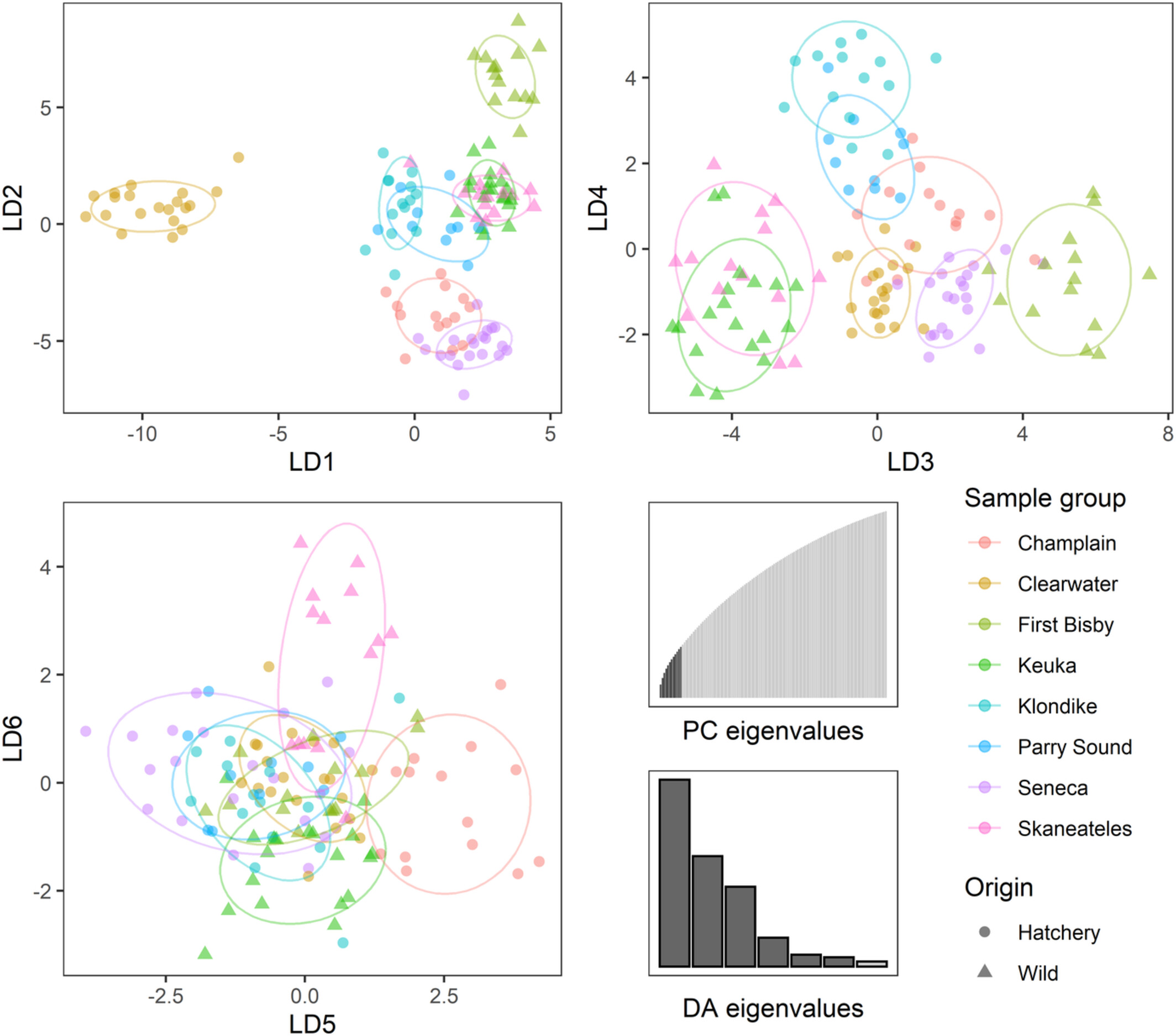
Kinship-based methods of population assessment such as close-kin mark-recapture require accurate and efficient genotyping methods capable of resolving complex relationships among kin, but inference of such relationships can be difficult using biallelic loci. Sequencing-based microsatellite panels offer an efficient alternative, combining high polymorphism with efficient next-generation methods. Here we construct, optimize, and test one such panel for lake trout (Salvelinus namaycush) using a combination of historical loci adapted for sequencing and de novo loci mined from a genome assembly.
Inference of future bog succession trajectory from spatial chronosequence of changing aapa mires
- First Published: 18 April 2023

We studied recent fen-bog transitions and the characteristics of transitional plant communities in 23 boreal aapa mires in a spatial chronosequence with a decadal time span. We found a pattern of fen-bog transitions via an increase in wet Sphagna (Sphagnum lindbergii, S. majus, and S. balticum) and Scheuchzeria palustris, highlighting the fact that under climate change, boreal fens may experience a shift to Sphagnum-dominated bogs through a wet phase.
Elevation and phylogeny shape herbaceous seed dormancy in a biodiversity hotspot of southwest China
- First Published: 18 April 2023
Post-glacial colonization of the Fennoscandian coast by a plant parasitic insect with an unusual life history
- First Published: 18 April 2023
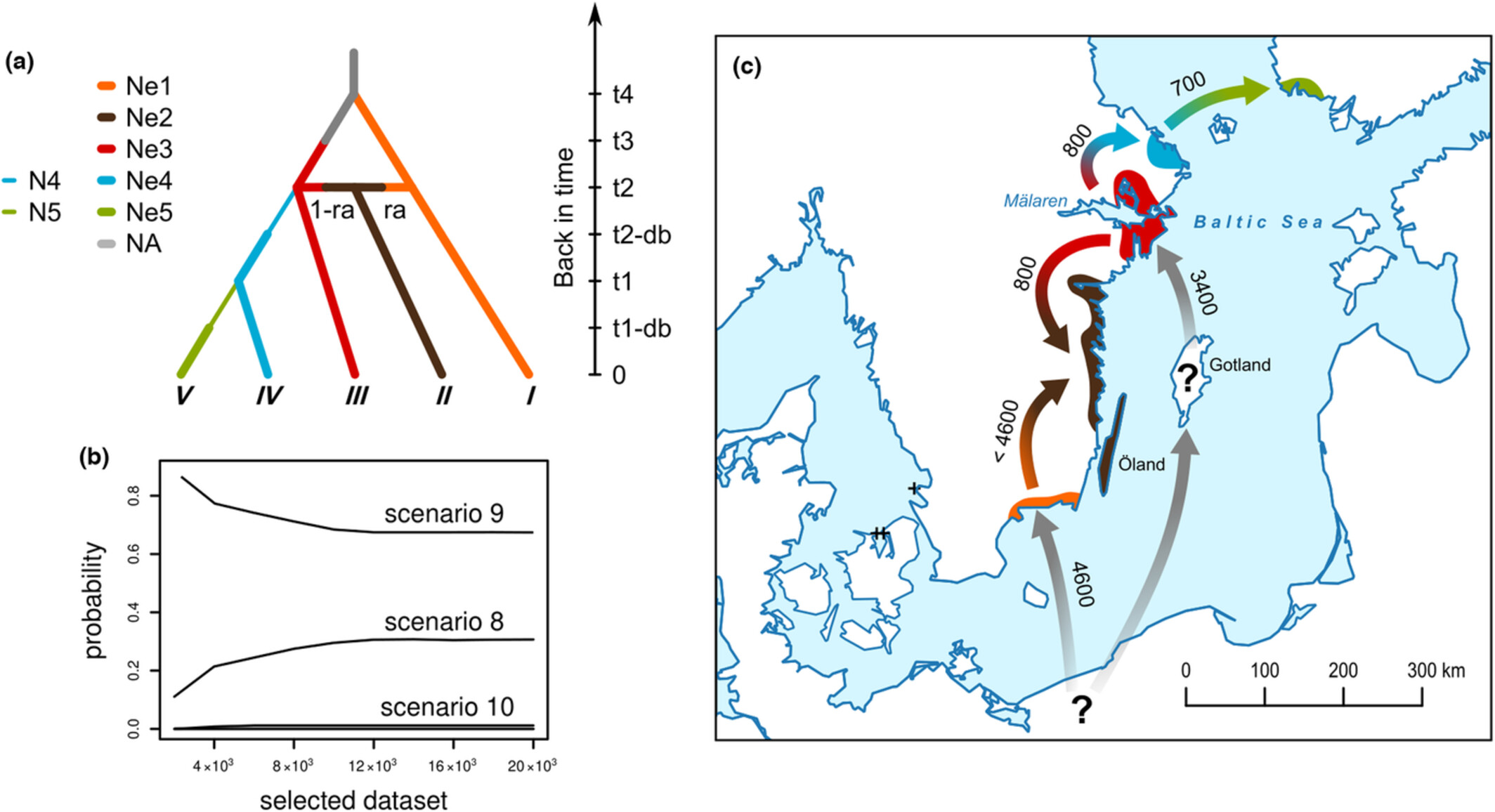
We analyzed the post-glacial colonization of northern Europe by an insect with a narrow feeding niche, limited dispersal ability and an exceptionally long dormancy. We found substantial levels of local inbreeding and regional isolation-by-distance patterns. The species colonized the study area via wind-aided flights from remote areas approximately 4600–700 years before present when the land has gradually risen above the sea level.
Communal rearing induces high predatory capacity in a solitary wolf spider and its potential in pest control
- First Published: 18 April 2023
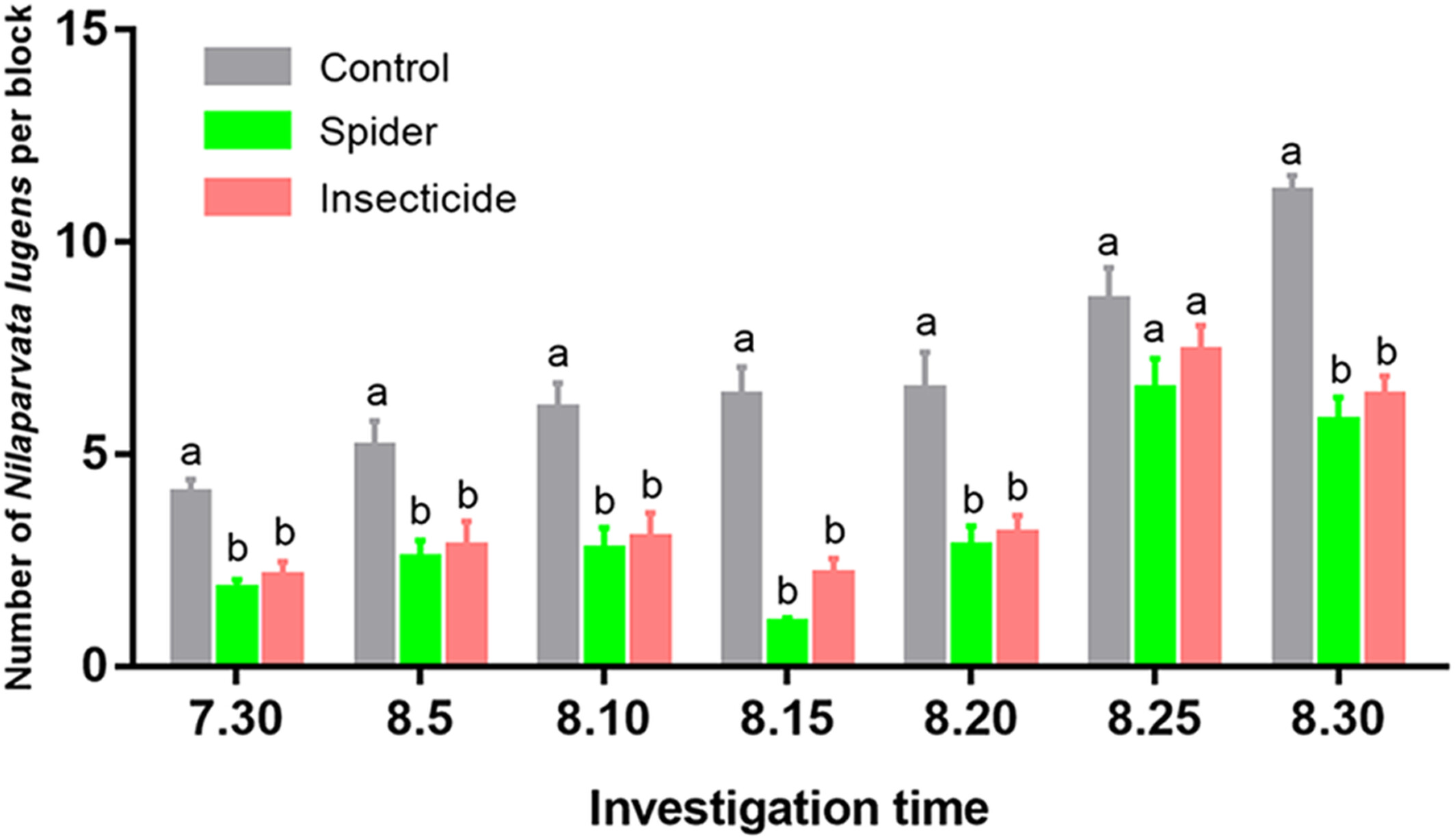
Pardosa pseudoannulata is a solitary wolf spider and it is a major predator of pests such as Nilaparvata lugens in rice fields. The results showed that the survival rates of the communal-reared and individual-reared spiders were similar, but communal-reared spiders were significantly more voracious. Field experiments further demonstrated that release of communal-reared spiders could significantly reduce the number of the pest Nilaparvata lugens.
First mitogenome phylogeny of the sun bear Helarctos malayanus reveals a deep split between Indochinese and Sundaic lineages
- First Published: 18 April 2023
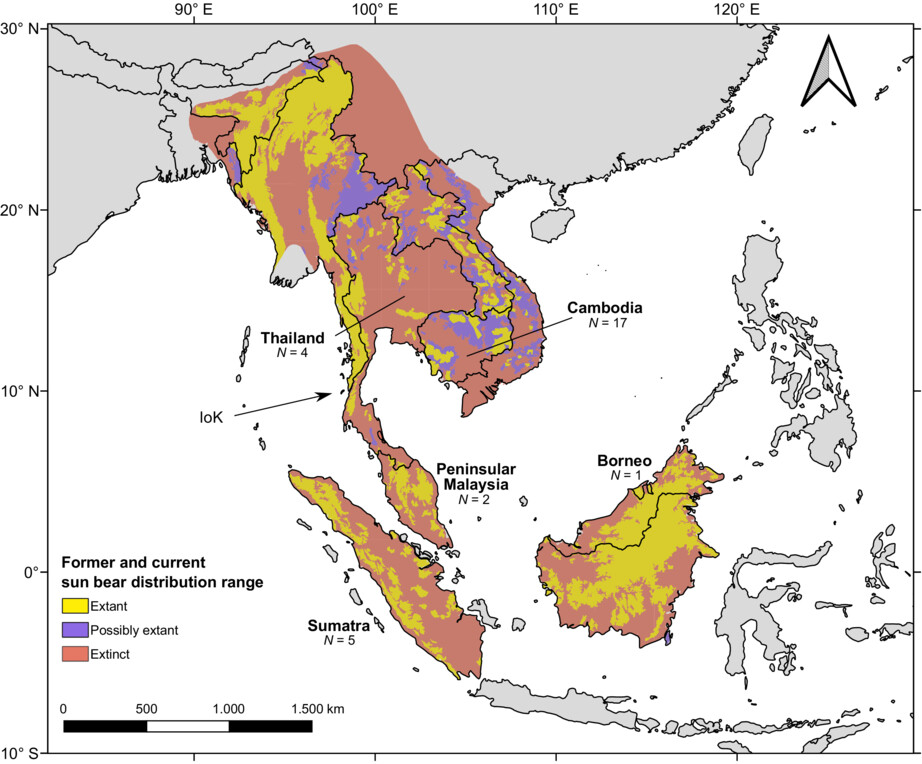
Using archival and non-invasively collected sample material, we recovered mitochondrial genome sequences from several range countries of the sun bear Helarctos malayanus. Reconstruction of phylogenetic relationships revealed two matrilines: one restricted to portions of mainland Indochina (China, Cambodia, Thailand; “Mainland clade”), and one comprising bears from Borneo, Sumatra, Peninsular Malaysia but also Thailand (“Sunda clade”). The Bornean sun bear, classified as a distinct subspecies (H. m. euryspilus), does not harbor a distinctive mtDNA lineage.
Revalidation and expanded description of Mustela aistoodonnivalis (Mustelidae: Carnivora) based on a multigene phylogeny and morphology
- First Published: 18 April 2023
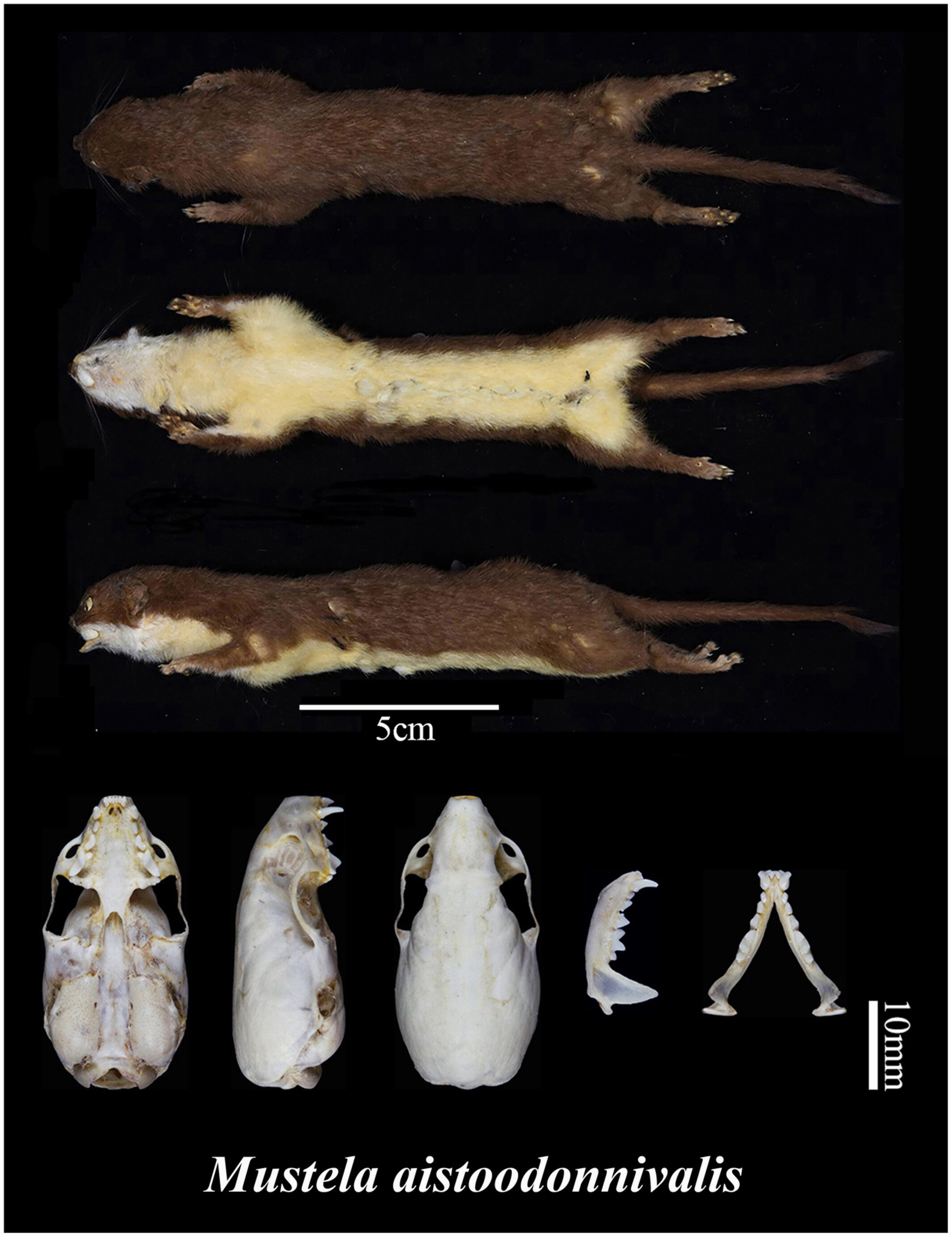
The taxonomic status of Mustela aistoodonnivalis is of great importance to the study of ecosystem. In this study, we determined the taxonomic status of M. aistoodonnivalis as an independent species through morphological and molecular biological studies and gave a detailed morphological description of M. aistoodonnivalis.
Leveraging preserved specimens of Nerodia to infer the spatiotemporal dynamics of Ophidiomyces ophidiicola via quantitative polymerase chain reaction
- First Published: 18 April 2023
There is a considerable knowledge gap regarding the spatiotemporal dynamics of Ophidiomyces ophidiicola (Oo) infection among Texas snakes. To address this knowledge gap, we conducted surveys for signs of Oo infection (SOI) among preserved Nerodia deposited at three university museums in Texas. We used quantitative polymerase chain reaction to diagnose the presence of Oo DNA on snakes with SOI and then used spatiotemporal patterns in these data to evaluate the plausibility of novelty or endemism for Oo in this part of North America.
Free-ranging livestock affected the spatiotemporal behavior of the endangered snow leopard (Panthera uncia)
- First Published: 19 April 2023
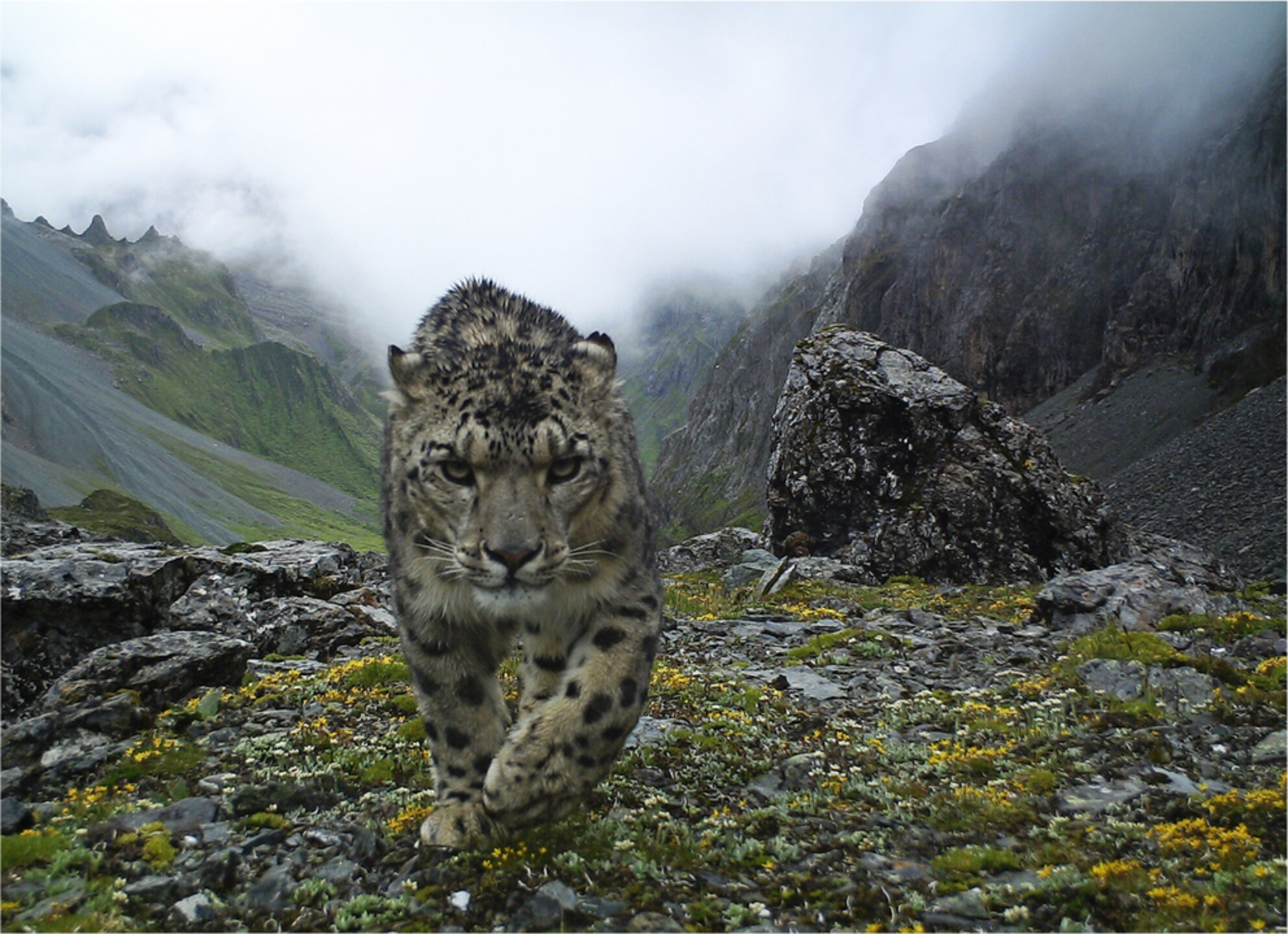
We explored the interspecific relations between snow leopard, blue sheep, and free-ranging livestock. It is shown that the populations of three species reached coexistence through temporal, spatial, or other adaptations of their activities, suggesting the potential risk of grazing in reducing snow leopard distribution.
Testing the predictive value of functional traits in diverse ant communities
- First Published: 19 April 2023
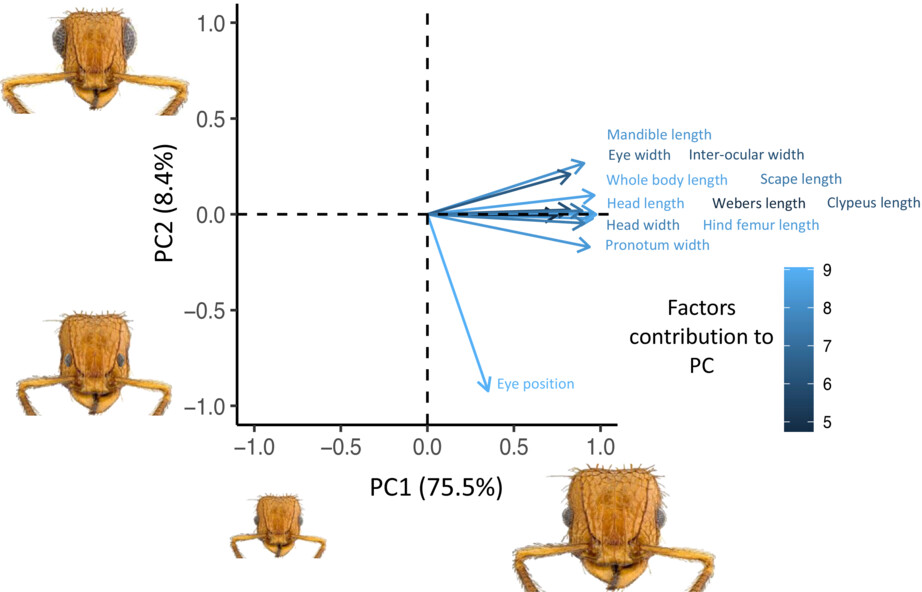
Identifying and associating morphological features with ecological traits are essential for understanding the connection between organisms and their roles in the environment. Using data on the relative trophic position of 592 ant (Formicidae) samples comprising 393 species from 11 subfamilies and 19 widely distributed communities, we tested the extent to which commonly used functional proxies (i.e., morphometric traits) predict diet/trophic position as estimated from stable isotopes (δ15N). We found overall body size, relative eye position, and scape length to be informative for predicting diet/trophic position in these communities, albeit with relatively weak predictive values.
Temporal variation of mycorrhization rates in a tree diversity experiment
- First Published: 19 April 2023
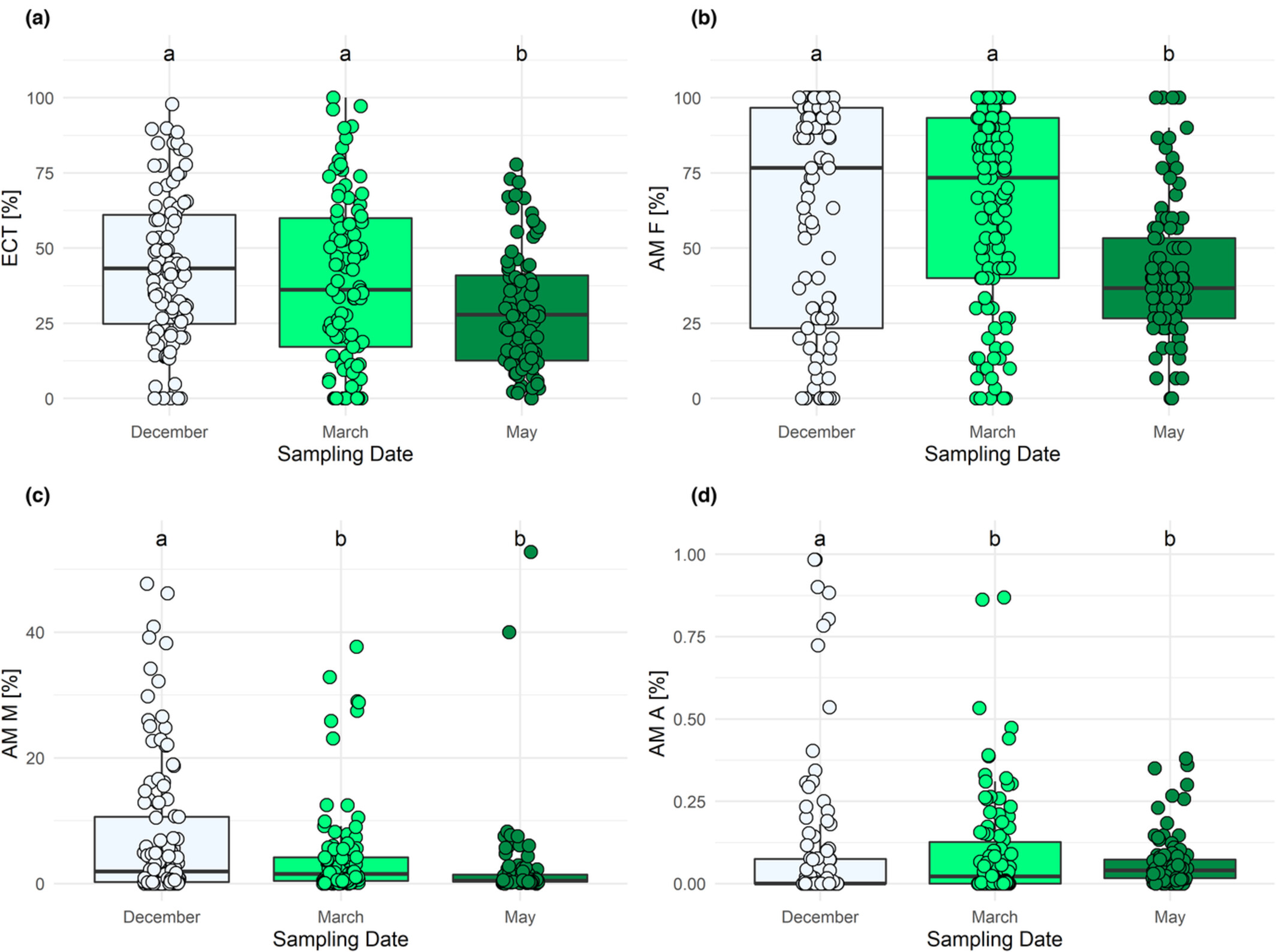
The sampling date had a significant influence on mycorrhization rates, of both EM and AM tree species. Frequencies of EM and AM were lowest in May, but there were no differences between December and March. The causes of this temporal variation must be associated with climate-induced differences in carbon allocation to mycorrhizal tree roots in the temperate climate.
Detection of vertebrates from natural and artificial inland water bodies in a semi-arid habitat using eDNA from filtered, swept, and sediment samples
- First Published: 24 April 2023
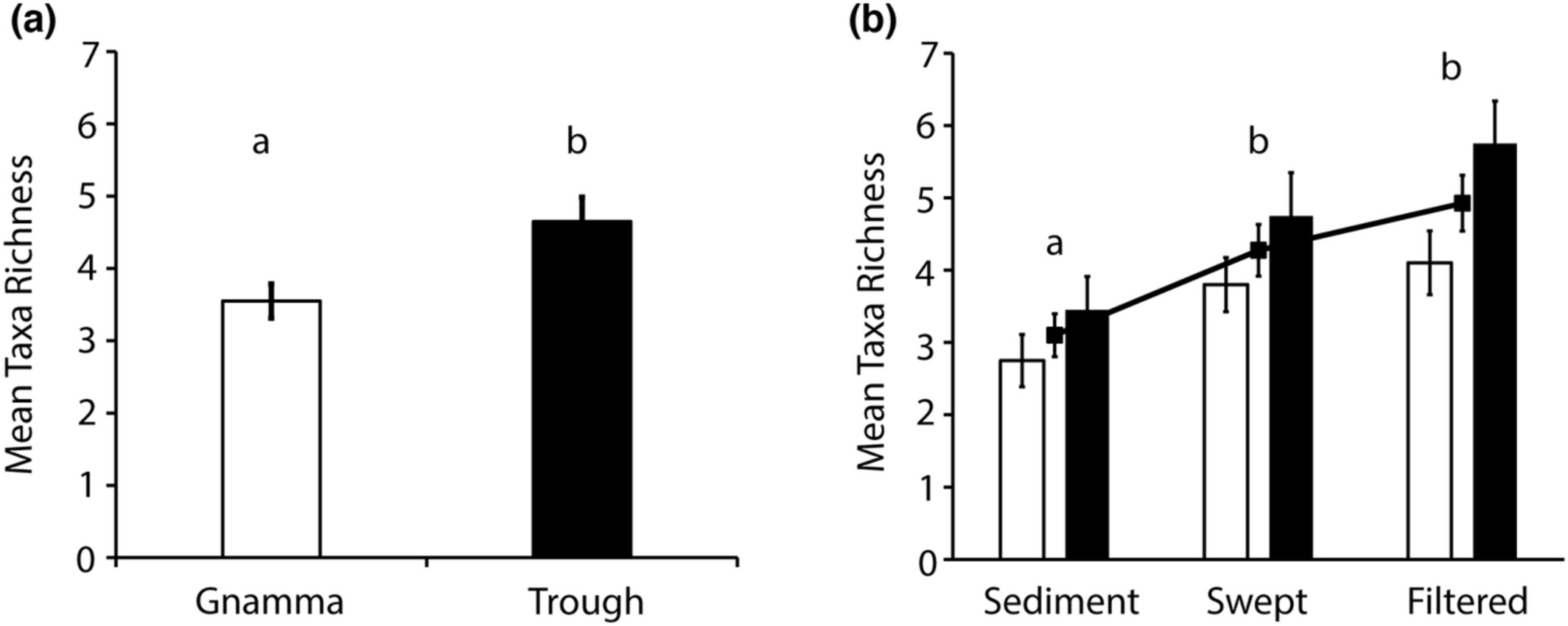
Our findings indicate that eDNA surveys in arid lands will benefit from collecting multiple samples at multiple water sources to avoid underestimating vertebrate richness. The high concentration of eDNA in small, isolated water bodies permits the use of sweep sampling which simplifies sample collection, processing, and storage, particularly when assessing vertebrate biodiversity across large spatial scales.
Legacy effects in temporally separated tadpole species are not mediated by invasive Western Mosquitofish (Gambusia affinis)
- First Published: 19 April 2023
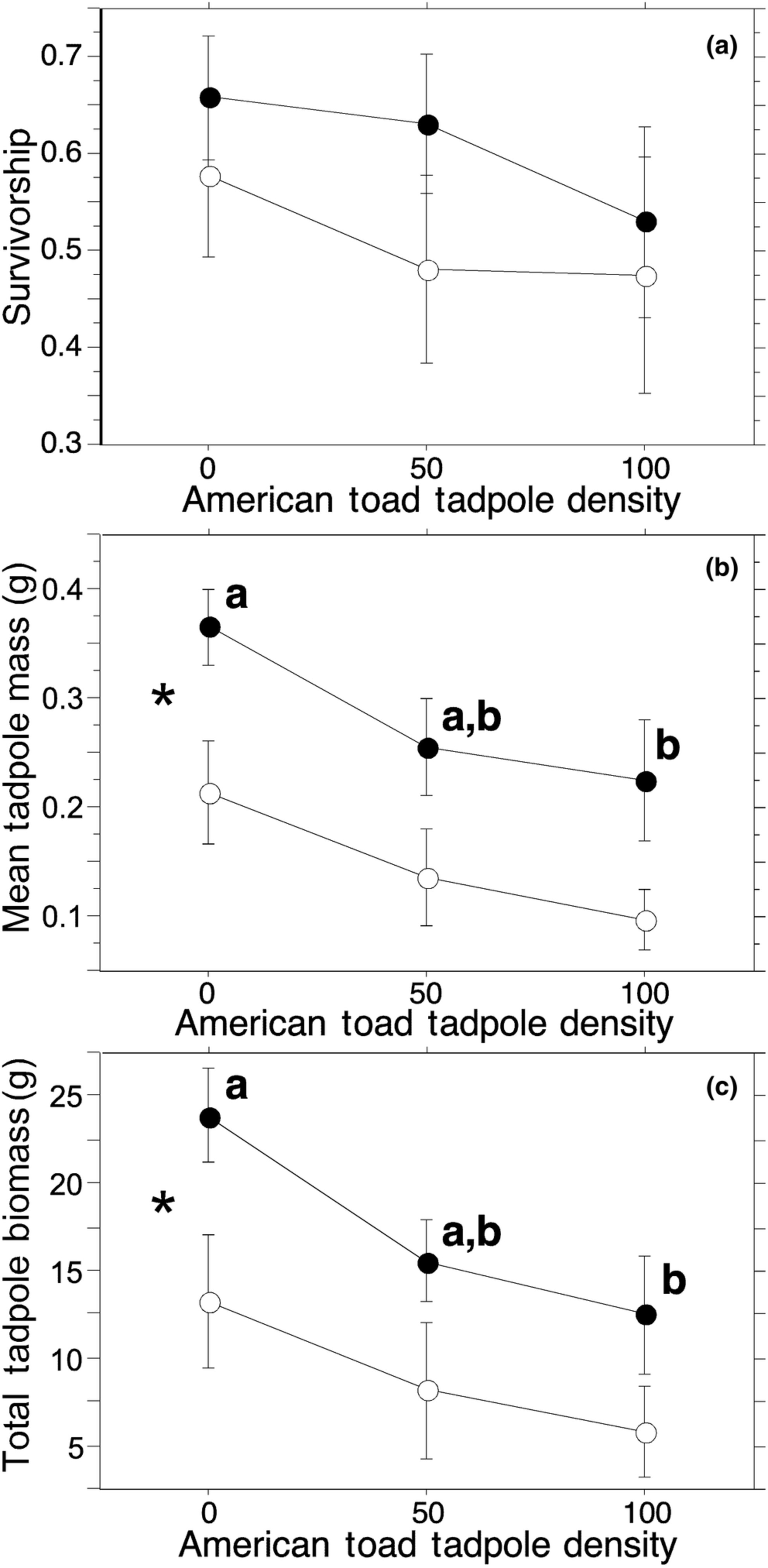
This manuscript reports on the results of a mesocosm experiment that determined that American Toad tadpoles had density-dependent effects on Bullfrog tadpoles even though there was no temporal overlap between the two species (the vast majority of American Toad tadpoles had metamorphosed >2 weeks before the introduction of Bullfrog tadpoles). The experiment also showed that the Western Mosquitofish did not mediate these legacy effects.
Distance and density dependence in two native Bornean dipterocarp species
- First Published: 19 April 2023
Personality in juvenile Atlantic cod ecotypes and implications for fisheries management
- First Published: 19 April 2023
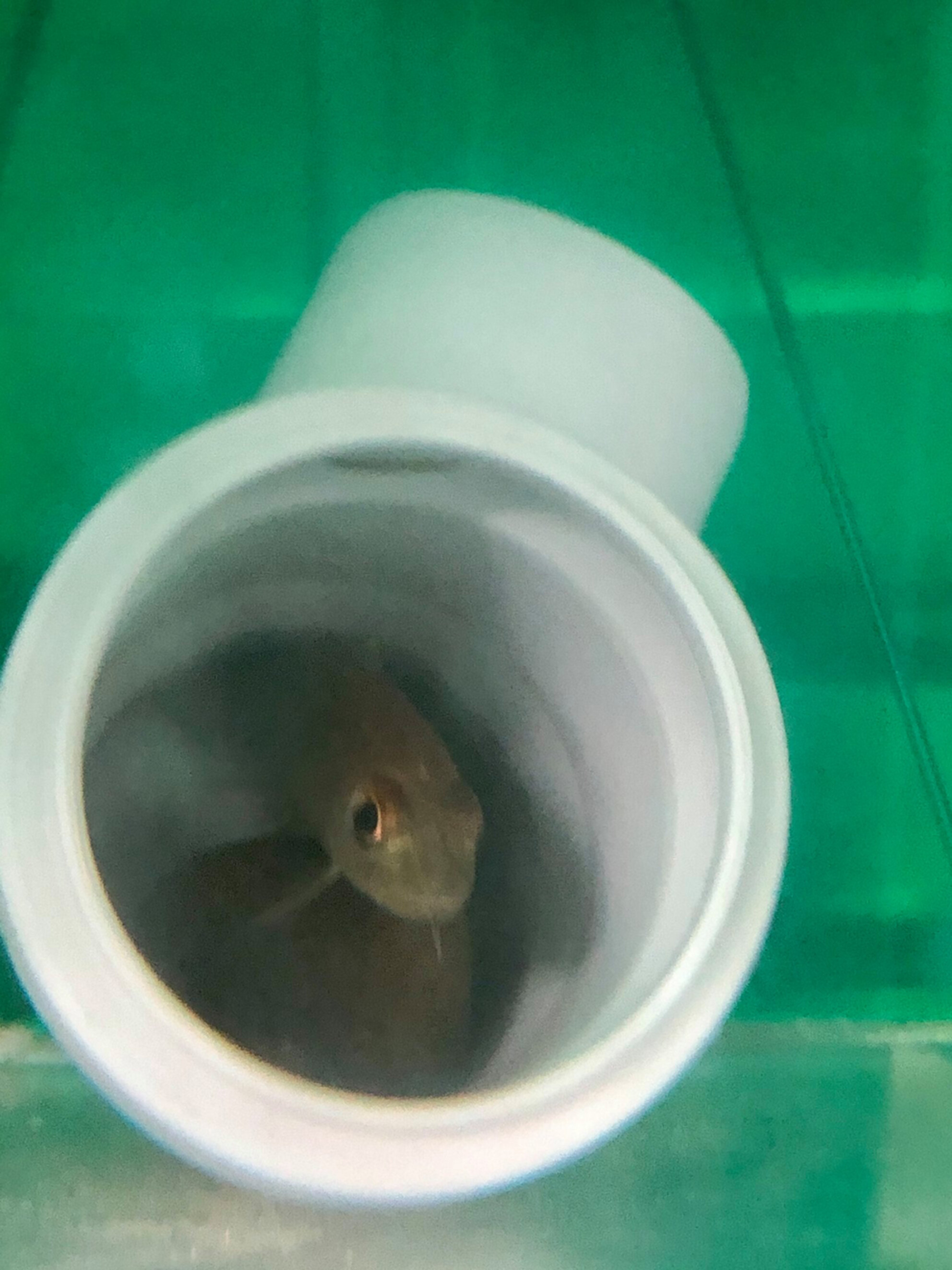
By collecting repeated behavioral measurements of exploration, boldness, and sociality and the feeding migration-linked Pan I genotype, we studied the link between personality and feeding migration in Atlantic cod juveniles. The results show that personality is apparent and that exploration shows a trend to be linked to the Pan I locus, which might have implications for fisheries management.
Unrecognized diversity, genetic structuring, and phylogeography of the genus Triplophysa (Cypriniformes: Nemacheilidae) sheds light on two opposite colonization routes during Quaternary glaciation that occurred in the Qilian Mountains
- First Published: 19 April 2023

There was a high degree of lineage differentiation among the Triplophysa species in the Qilian Mountains, and the genetic diversity of endemic species was low. The different geographical groups of T. papillosolabiata presented some allogeneic adaptation and differentiation, which was closely related to the changes in the river system. Except for the population expansion event of T. hsutschouensis during the last glacial period of the Qinghai-Tibet Plateau (0.025 MYA), the population sizes of other plateau loach species remained stable without significant population expansion. Starting from the east and west sides of the Qilian Mountains, T. hsutschouensis and T. papillosolabiata showed two species colonization routes in opposite directions.
Optimal prey for red fox cubs—An example of dual optimizing foraging strategy in foxes from a dynamic wetland habitat
- First Published: 20 April 2023

The diet of red fox cubs was evaluated against the naturally occurring prey availability. Age group- and year-dependent dietary patterns suggest the effect of optimization in maternal investment. The cubs are provided with varied, high-energy content prey items. The mother selectively provides large-sized rodents and birds for the cubs. Maternal foraging pattern found in a wetland habitat can be regarded as optimal.
Lower nutritional state and foraging success in an Arctic seabird despite behaviorally flexible responses to environmental change
- First Published: 20 April 2023
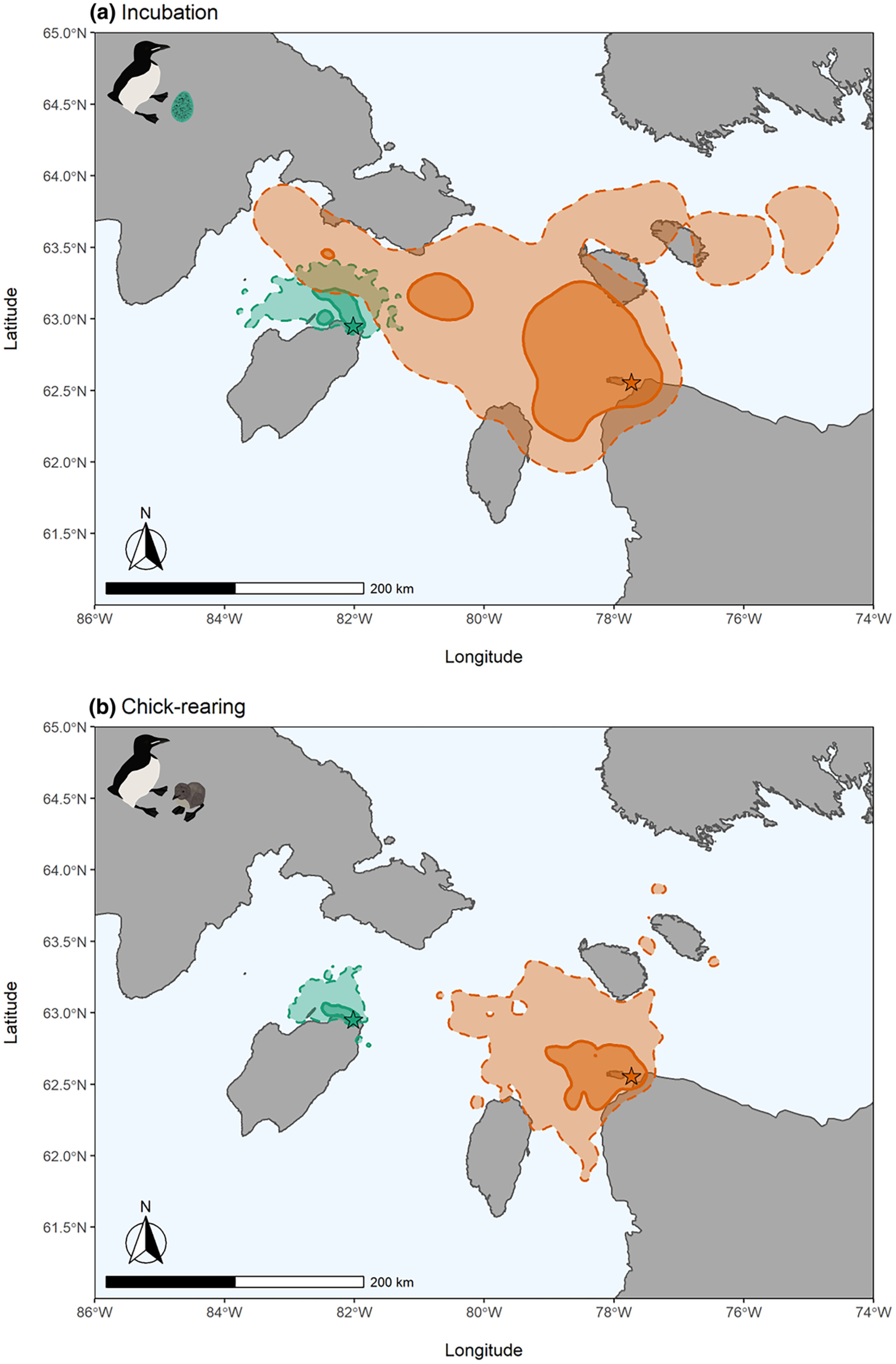
Recent climate-induced changes in sea-ice dynamics are impacting Arctic marine ecosystems, further exacerbating the effects of colony size on foraging behavior. To assess the adaptive capacity of Arctic seabirds to cope with changing sea ice dynamics, our study investigates the foraging behavior and resulting foraging success of thick-billed murres under different sea ice regimes at two different-sized colonies. We found that thick-billed murres at both colonies had lower foraging success under low ice regimes and that thick-billed murres at a larger colony had overall lower foraging success suggesting larger colonies in the Canadian Arctic may be more susceptible to environmental change.
Mule deer fawn recruitment dynamics in an energy disturbed landscape
- First Published: 19 April 2023
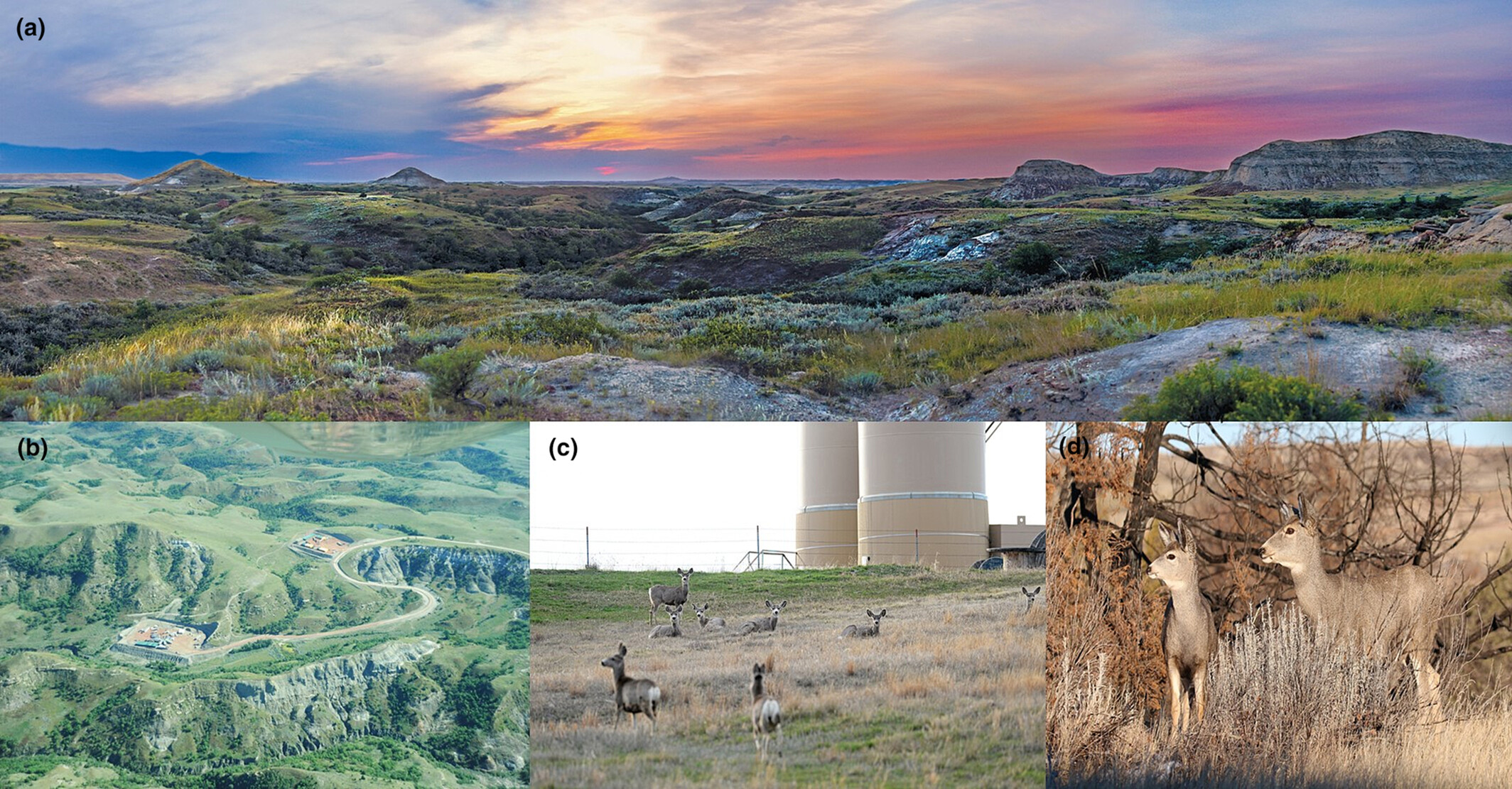
We use a 50 years time series to investigate the relative roles of population ecology, landscape change, climate, predation, and human disturbance on mule deer population recruitment in a changing landscape. We found that density-dependent effects and quality habitat availability were the main drivers of mule deer recruitment but interactions with severe seasonal weather, predation, and oil and gas development modulated recruitment in a more subtle way. Approximately, we demonstrate the value of long-term data collection and formal data analysis to disentangle the drivers of wildlife communities in a changing world for evidence-based policy and management of landscapes and wildlife.
Temperature along an elevation gradient determines Galapagos tortoise sex ratios
- First Published: 19 April 2023
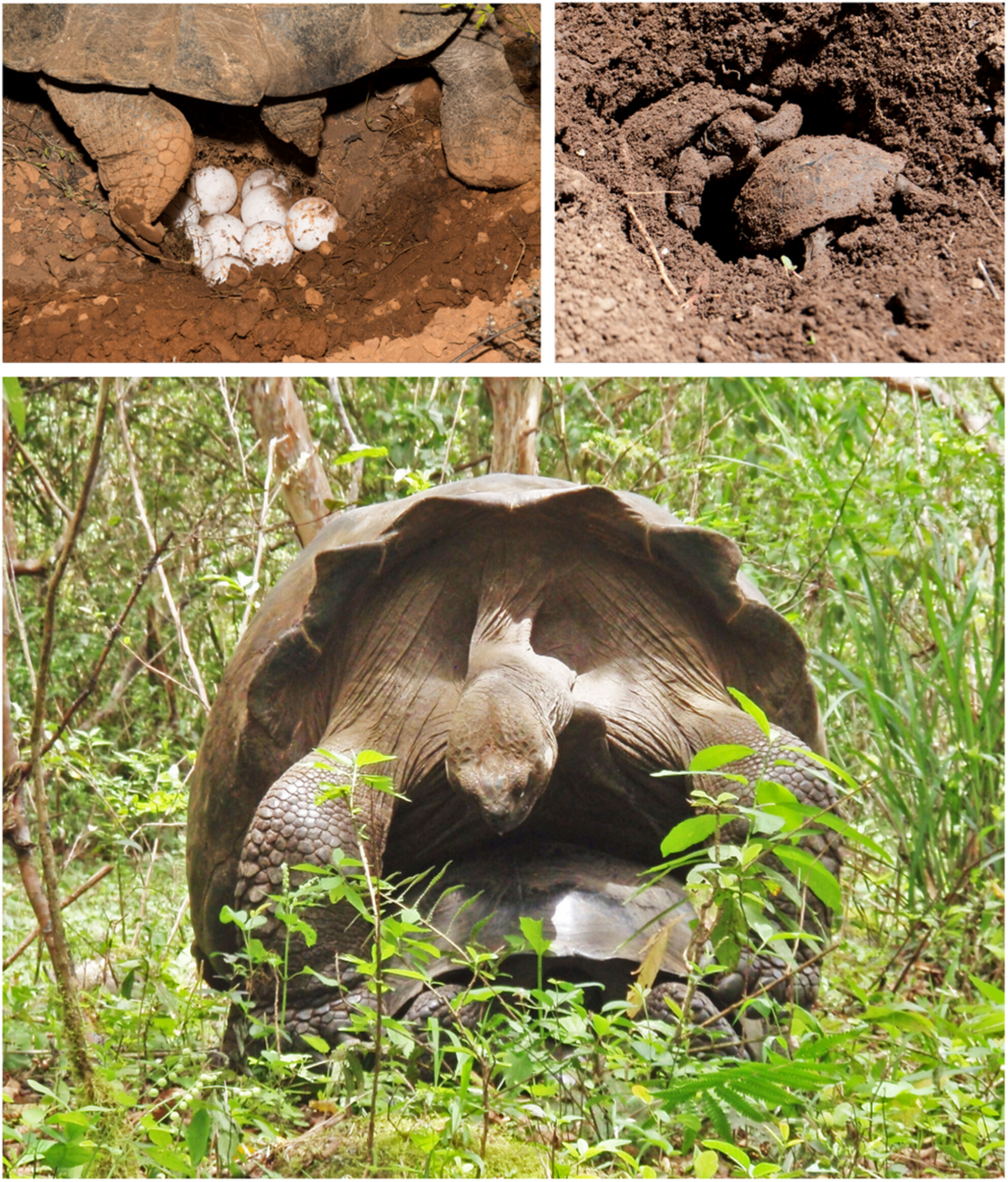
We sought to improve our understanding of the impact of climate on the sex ratio of free-living Galapagos tortoises; a species with temperature-dependent sex determination, by quantifying sex ratios of juvenile tortoises and nest temperatures along an elevation gradient on Santa Cruz Island. A ca. 50 m increase in elevation induced a decrease in > 1.25°C in mean nest temperature in the second third of incubation. Over the same elevation change, the proportion of males in the juvenile tortoise population increased by ca. 70%.
Revisiting the historical scenario of a disease dissemination using genetic data and Approximate Bayesian Computation methodology: The case of Pseudocercospora fijiensis invasion in Africa
- First Published: 19 April 2023
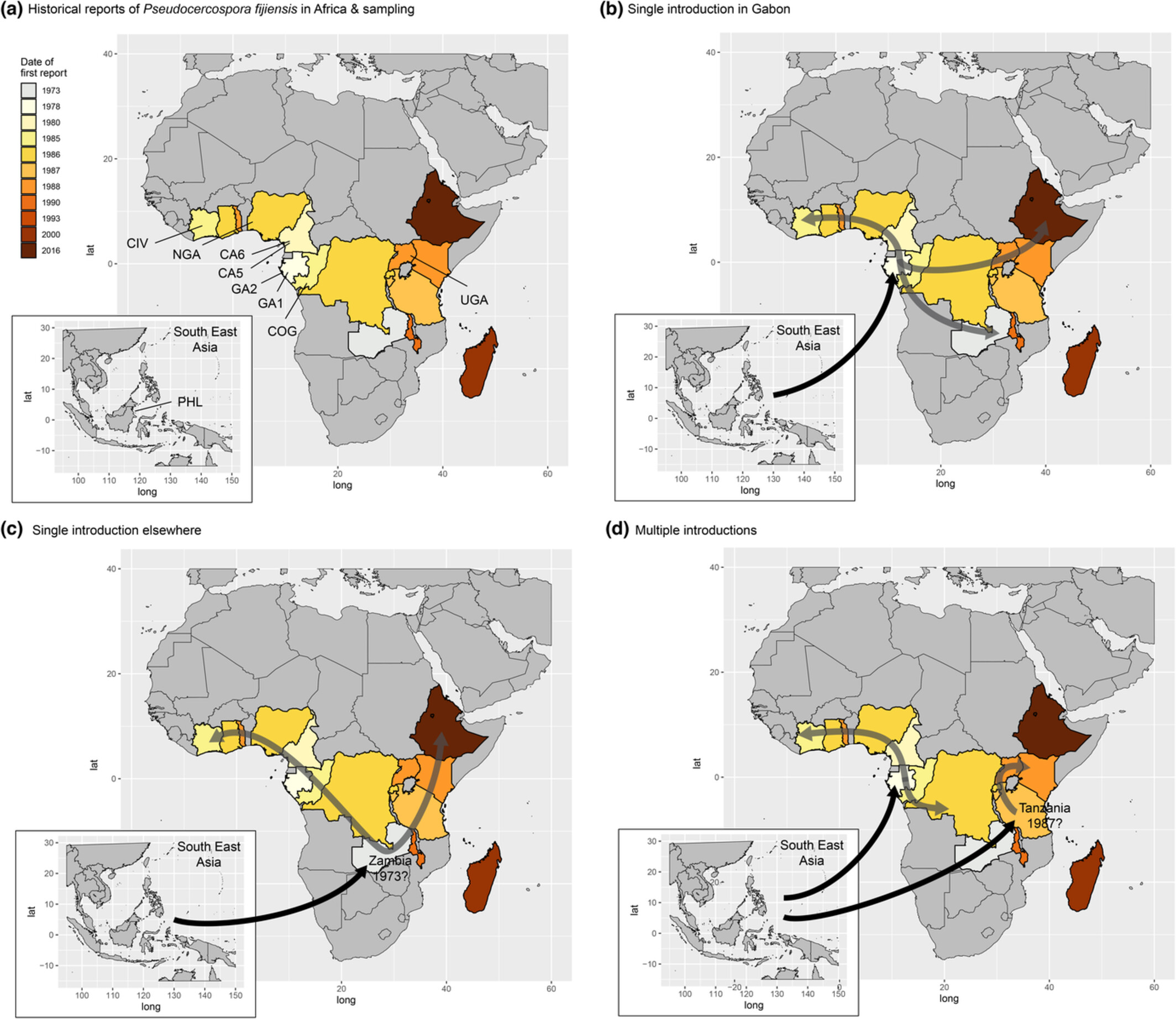
In this study, we illustrate that, in some cases, accepting not to use available historical data can be a fruitful way of reconsidering invasion processes using the model of the worldwide emergence of the fungal banana pathogen Pseudocercospora finjiensis. Using an ABC-RF approach, we investigated the history of the invasion of Africa by P. fijiensis by testing the historical hypothesis against other plausible hypotheses. We do find evidence for an invasion front consistent with the historical hypothesis, but also for the existence of another front never mentioned in historical records and question the historical introduction point of the disease on the continent.
Increasing human environmental footprint does not lead to biotic homogenization of forest bird communities in northern USA
- First Published: 19 April 2023
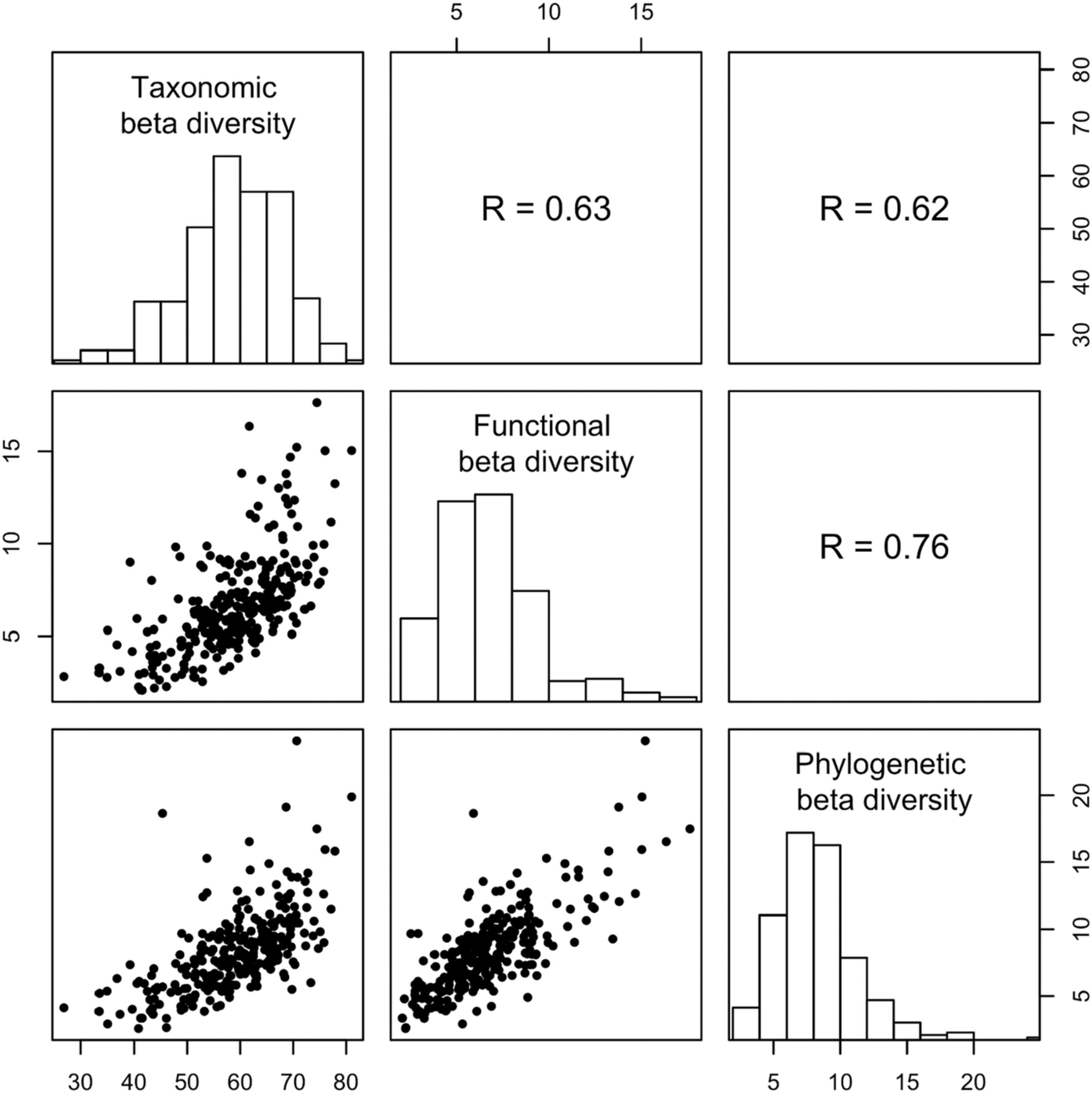
We address if increased human land-use intensity results in biotic homogenization, that is, decreased variation in structure among local sites, in forest bird communities. In this analysis, we used bird census data from Minnesota, USA. Elevated human pressure was not related to increased biotic homogenization but interestingly, increased human pressure appeared to increase the between-site functional diversity of bird communities.
A homology guide for Pacific salmon genus Oncorhynchus resolves patterns of ohnolog retention, resolution and local adaptation following the salmonid-specific whole-genome duplication event
- First Published: 20 April 2023
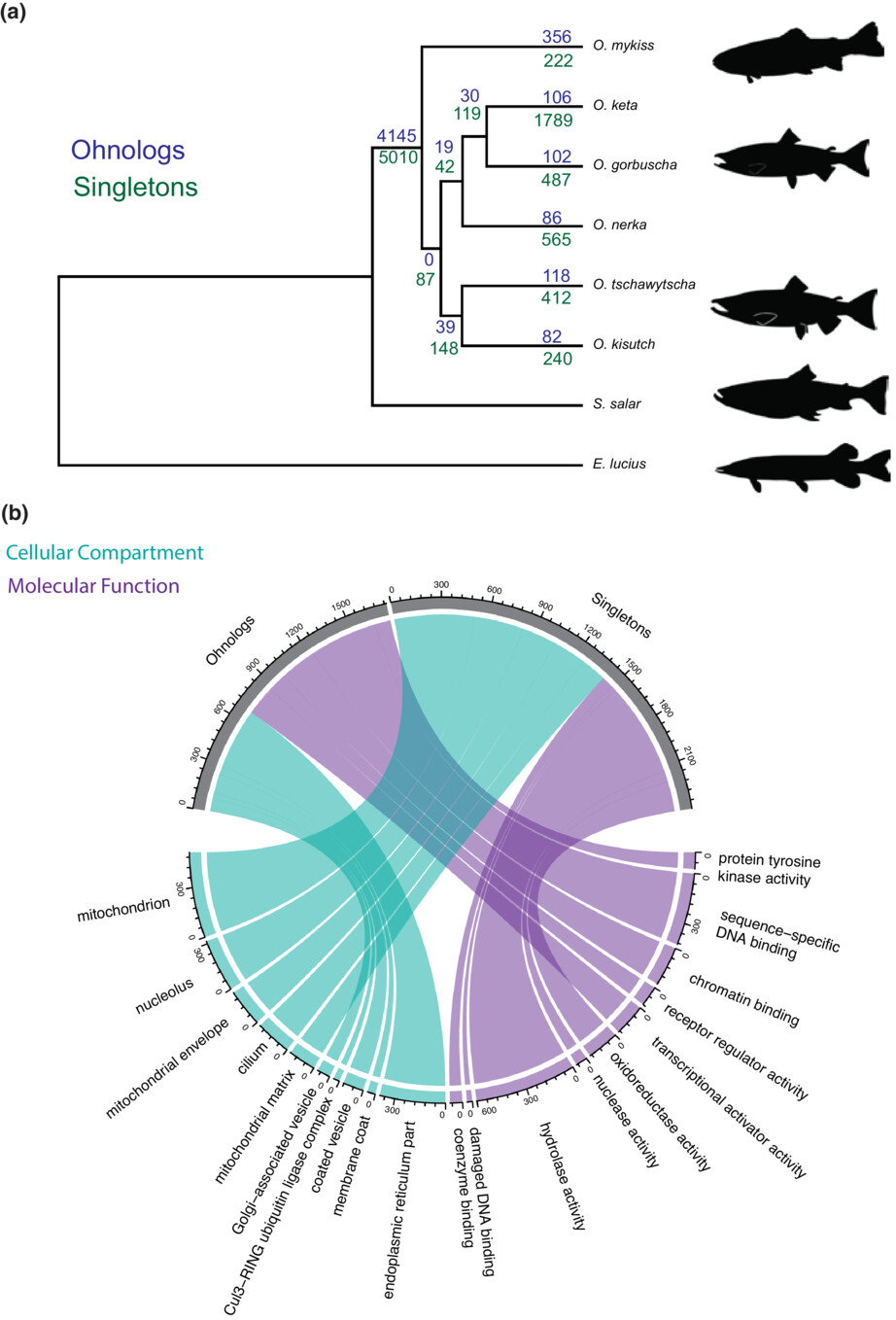
We described how the salmonid-specific whole-genome duplication has influenced the gene repertoires of six species of Oncorhynchus. Overall, we found that gene function is a major driver of whether a gene will be retained as an ohnolog or it will revert to a singleton state, which in turn influences chromosomal synteny. We also produced a multi-species homology guide which we hope will aid in the field of salmonid genetics.
Species coexistence and niche interaction between sympatric giant panda and Chinese red panda: A spatiotemporal approach
- First Published: 21 April 2023
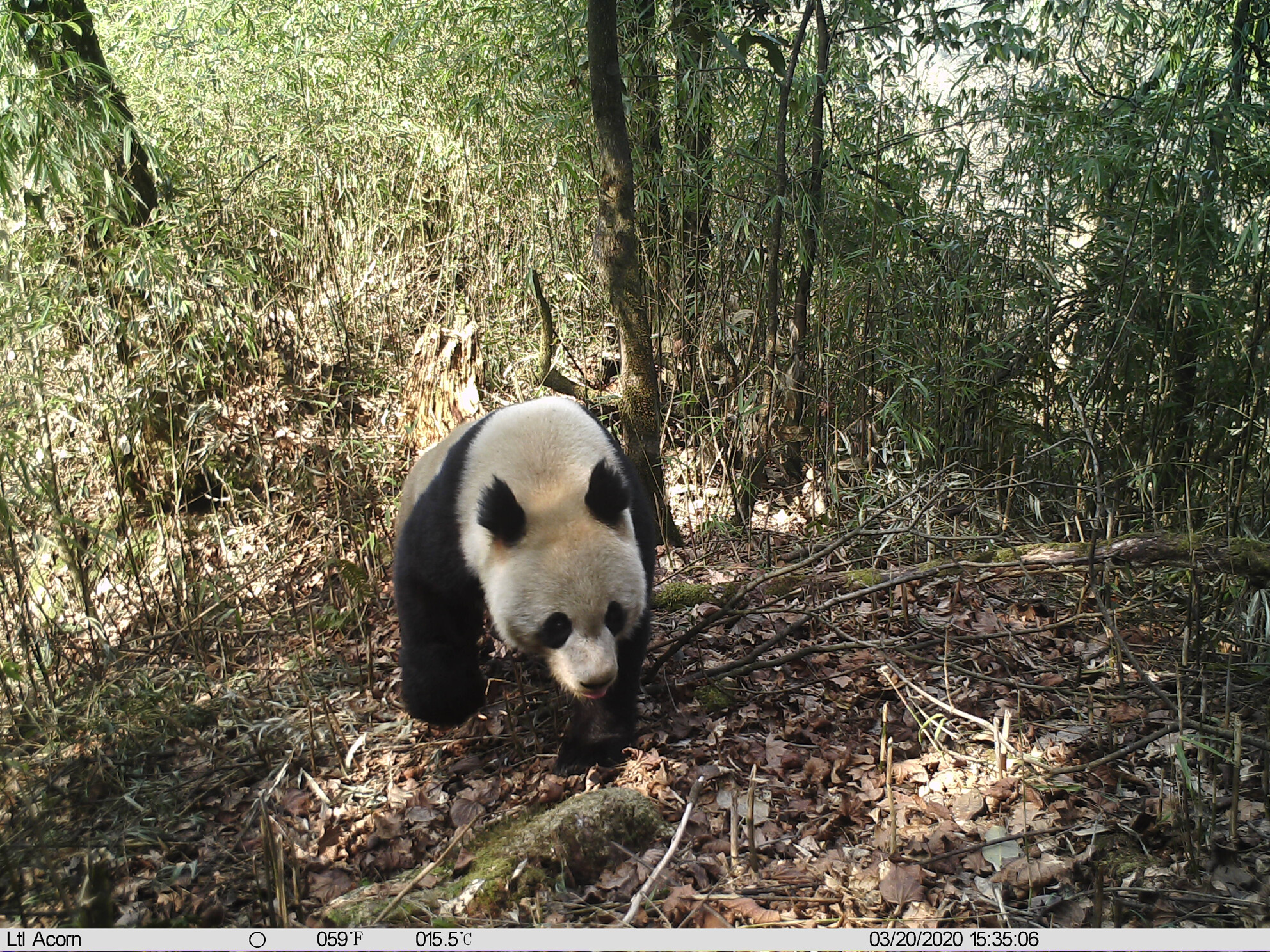
In order to understand how sympatric giant pandas and Chinese red pandas maintain interspecific relationships to achieve stable coexistence, we used species distribution models and diurnal activity rhythms to analyze the spatial and temporal niche characteristics of giant pandas and Chinese red pandas in the Daxiangling Mountain system based on 187 infrared camera data. The research results can provide scientific reference for the researches about population and habitat protection of giant pandas and Chinese red pandas, and provide a theoretical basis for the study on the coexistence mechanism of sympatric species, so as to understand the driving mechanism of resource allocation and population dynamics of sympatric species.
Simulating the dynamics of dispersal and dispersal ability in fragmented populations with mate-finding Allee effects
- First Published: 21 April 2023
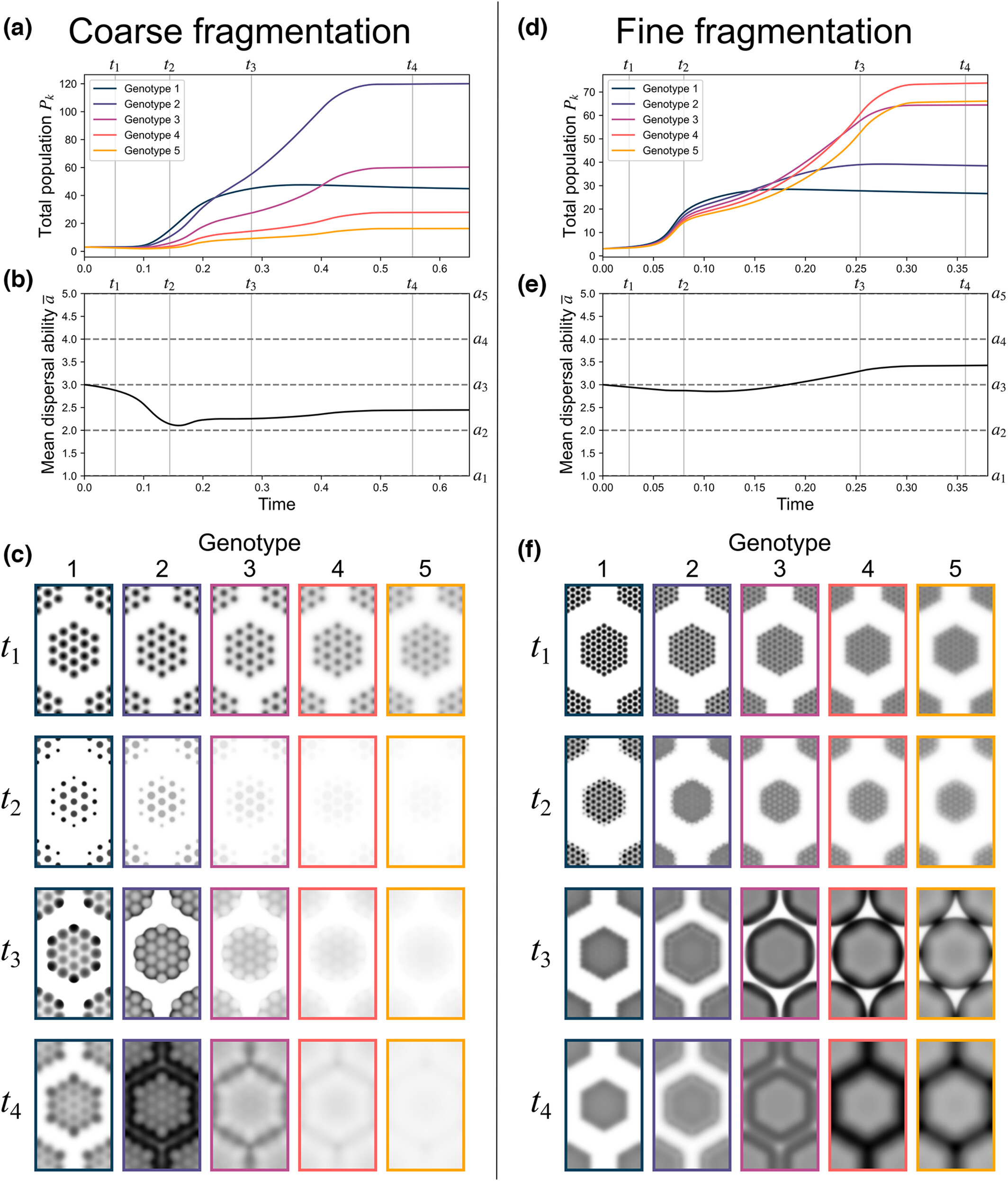
We model the reaction–diffusion dynamics of complex populations represented by multiple population density functions, each distinguished by its own characteristic dispersal rate, under the influence of mate-finding Allee effects. In a series of numerical experiments, we simulate the evolution of dispersal ability in fragmented model populations, demonstrating how a population's initial spatial distribution affects the dispersal characteristics that evolve as it colonizes a region.
Variation of shell ornamentation with latitude and water depth—A case study using living brachiopods
- First Published: 21 April 2023
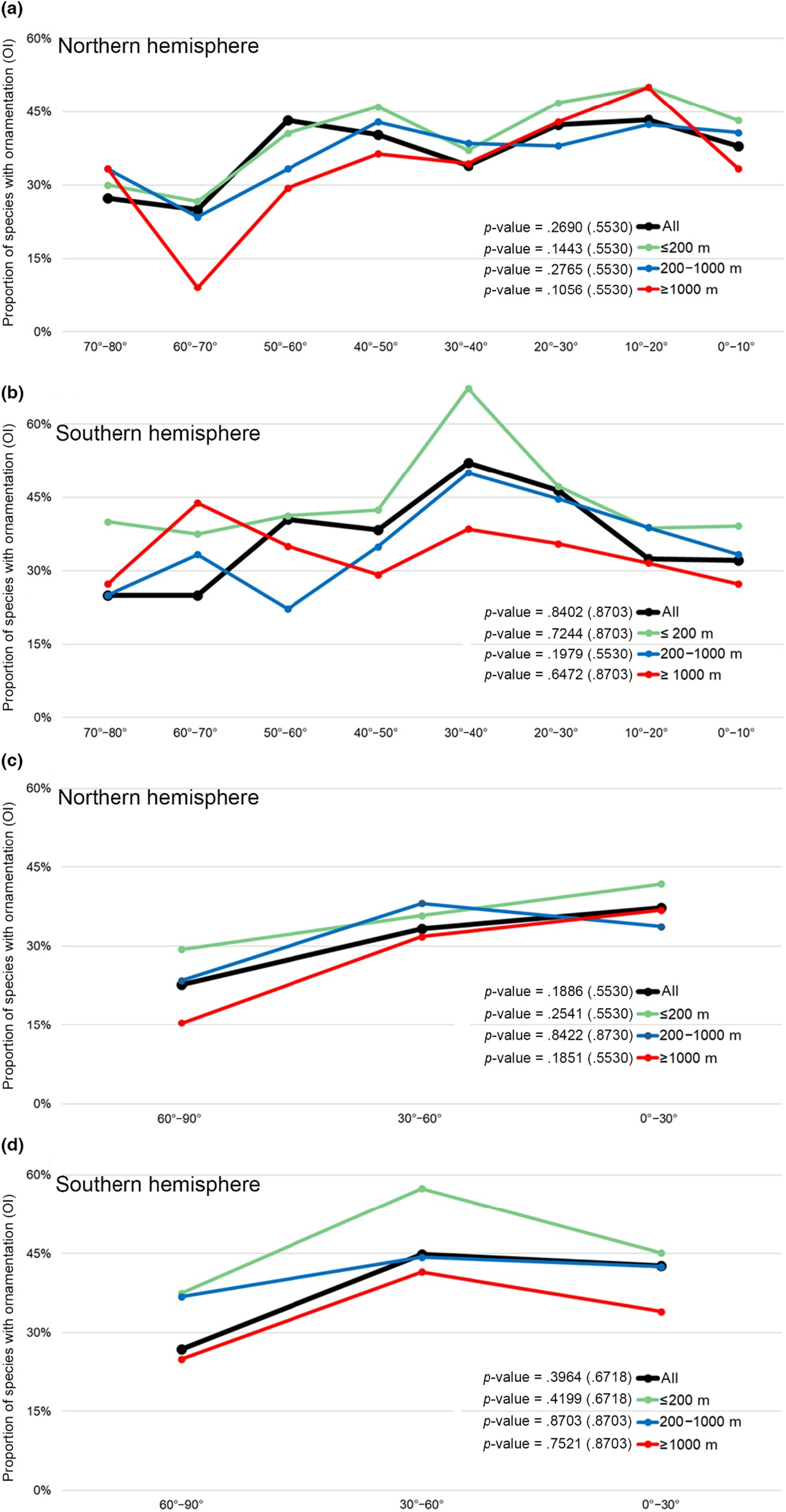
Through used the latest database, the shell ornamentation of living brachiopods has changed markedly compared with their fossil counterparts, growing with a much higher proportion of smooth shells. However, the association between the latitude and shell ornamentation is not simply linear correlated as straightforward as anticipated. This result may reflect that predation pressure is not the unique driver of the diversification of shell ornaments of living brachiopods.
How does spatial extent and environmental limits affect the accuracy of species richness estimates from ecological niche models? A case study with North American Pinaceae and Cactaceae
- First Published: 21 April 2023
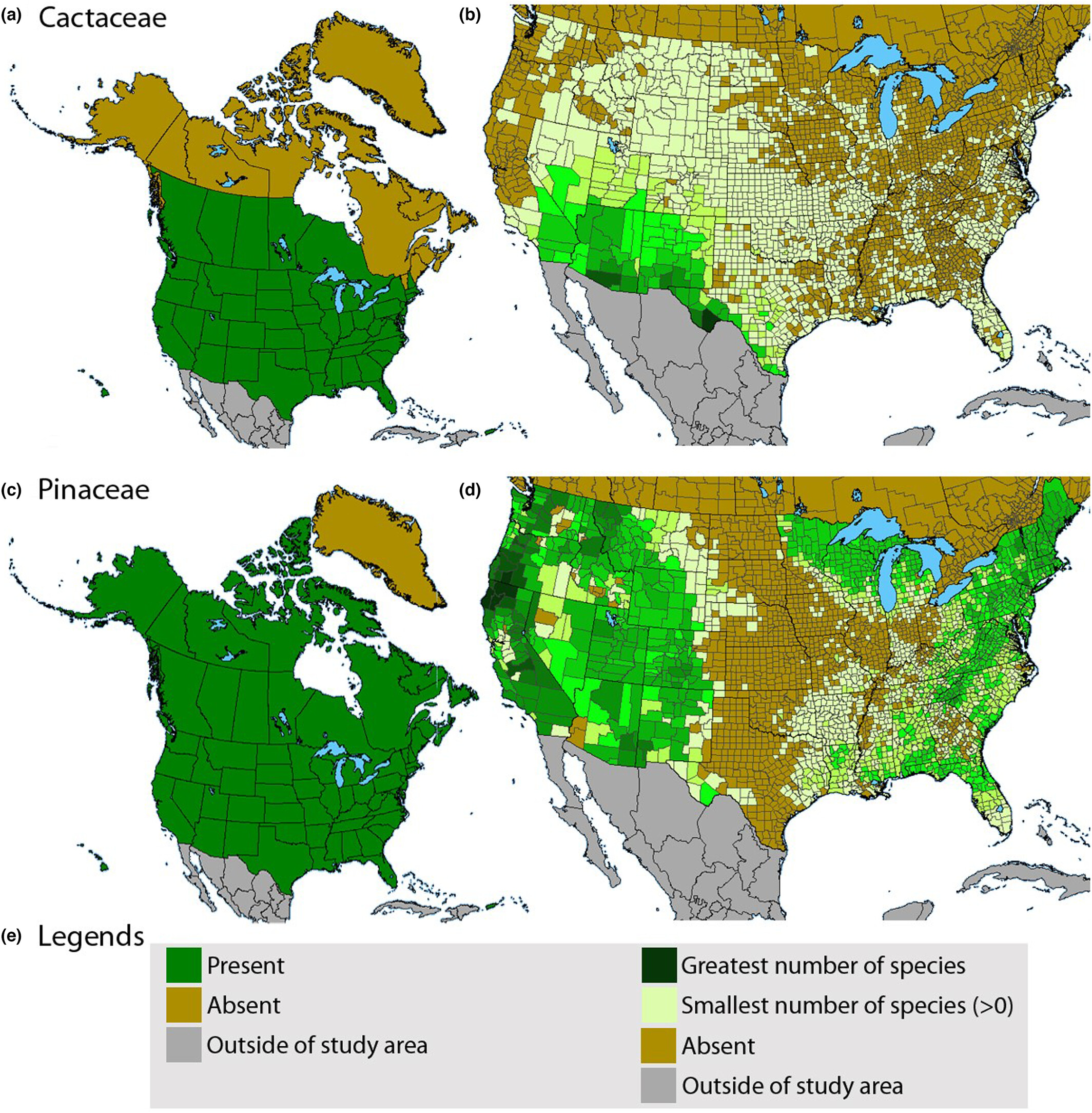
The objective of our work was to determine the reliability of species richness estimates from stacked ecological niche models at different spatial extents for taxonomic groups that have vastly different environmental dependencies and interactions. We conclude that stacked ecological niche models may be somewhat poor predictors of species richness and should be used with caution for this purpose. Perhaps more importantly, abilities to compensate for their limitations or apply corrections to their reliability may vary with taxonomic groups.
Monitoring insect biodiversity and comparison of sampling strategies using metabarcoding: A case study in the Yanshan Mountains, China
- First Published: 21 April 2023
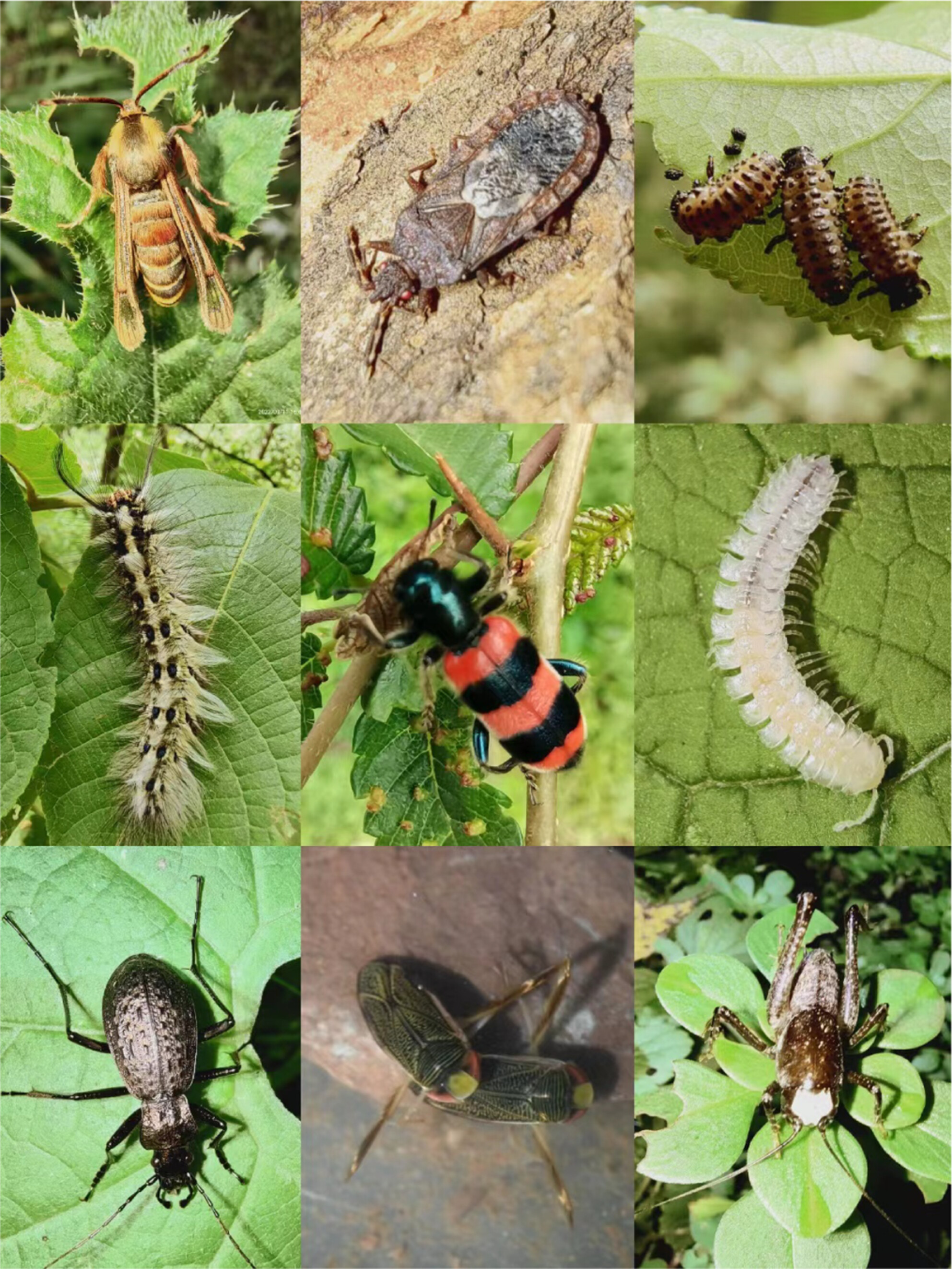
We successfully obtained the insect community composition of Yanshan Mountains at the order, family and genus level, using the target of COI gene and Illumina high-throughput sequencing. Three collection methods (sweep netting, Malaise traps and light traps) were used to collect insects, and a total of 74 bulk samples were acquired from five habitats (scrubland, woodland, wetland, farmland and grassland). The analysis of alpha and beta diversity showed significant differences in the composition of insect communities obtained by the three different sampling methods, implying that future biodiversity assessment could be use above three collection methods concurrently.
Diet of a threatened rattlesnake (eastern massasauga) revealed by DNA metabarcoding
- First Published: 26 April 2023
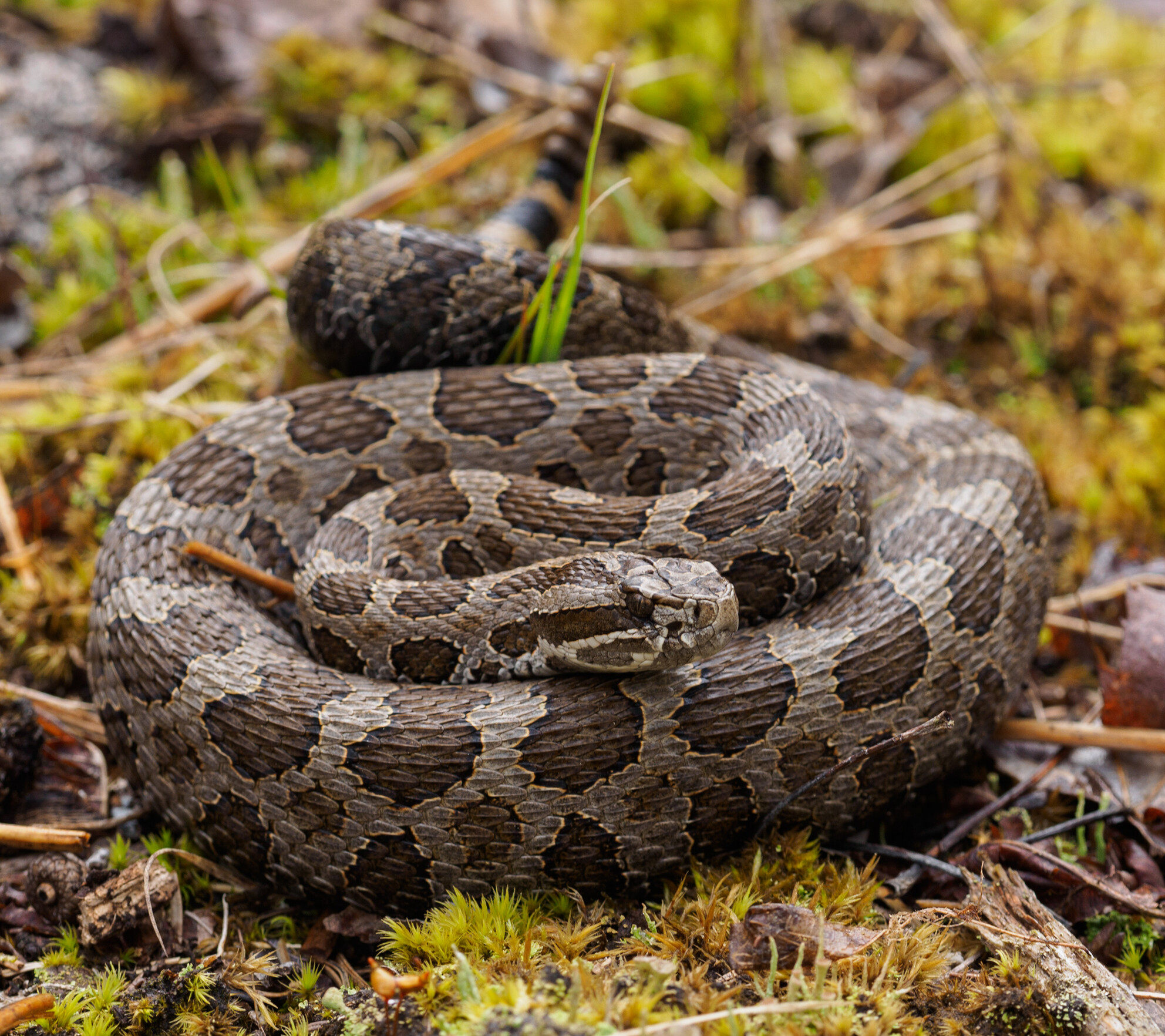
We applied a DNA metabarcoding approach to study the diet of the threatened eastern massasauga rattlesnake (Sistrurus catenatus). We identified at least 12 different prey species, with eastern massasaugas exhibiting opportunistic feeding and a strong preference towards small mammals. The methods developed in this study can be applied to other reptile species, providing an accurate, minimally invasive, and thorough diet assessment for at-risk species.
Effects of habitat management on rodent diversity, abundance, and virus infection dynamics
- First Published: 25 April 2023
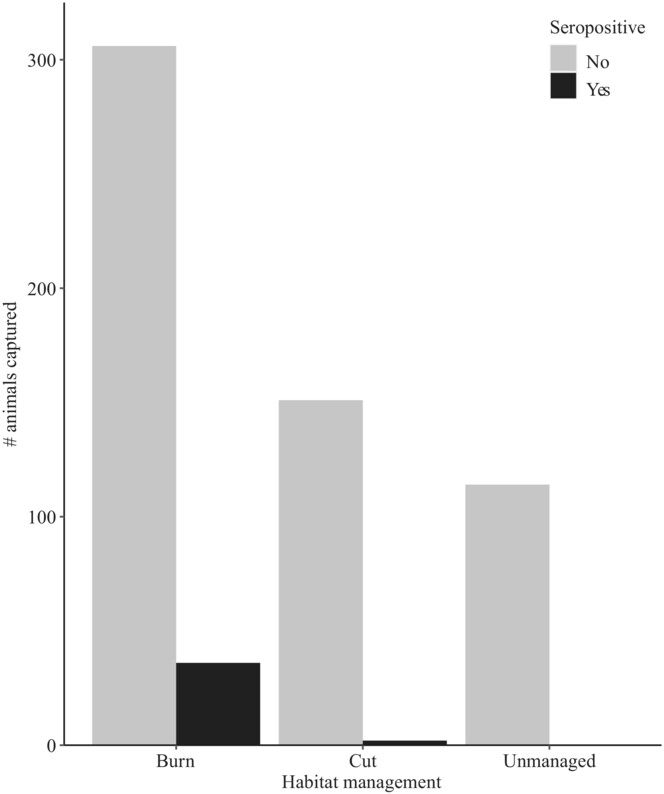
Burned and unmanaged sites had similarly high rodent abundance and diversity, but burned sites had a greater proportion of grassland species than unmanaged sites; cut sites had the highest proportion of grassland species but the lowest rodent abundance and diversity. Thirty-six individuals seropositive for an orthohantavirus, arenavirus, or orthopoxvirus were found in burned sites, and two orthohantavirus-seropositive individuals were found in cut sites.
Logistic-growth models measuring density feedback are sensitive to population declines, but not fluctuating carrying capacity
- First Published: 26 April 2023
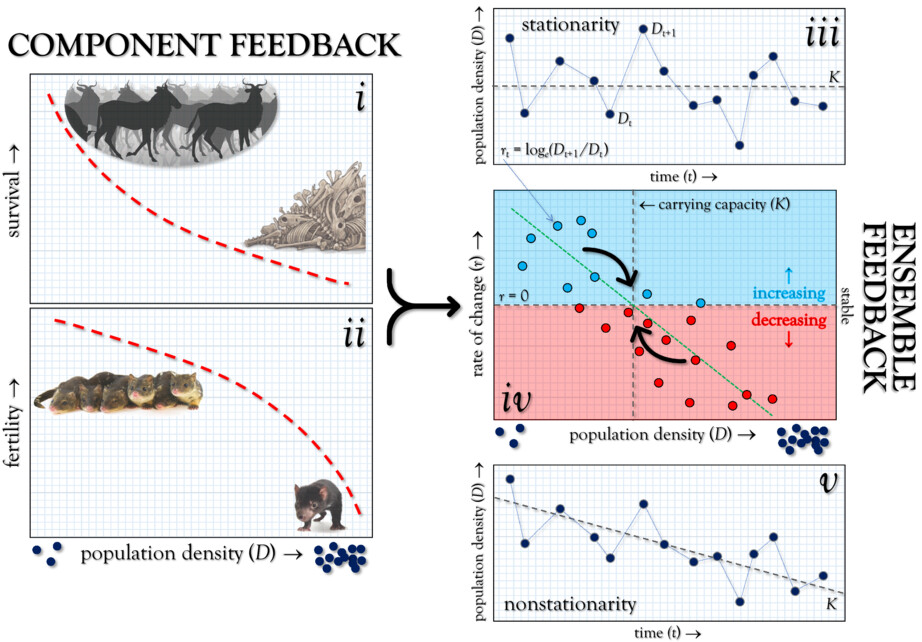
We simulated component density feedbacks on survival in age-structured populations of long-lived vertebrates and quantified how imposed density-independent mortality and variation in carryingcapacity modified the ensemble density feedback strength estimated from logistic-growth models to the simulated abundance time series. Catastrophic and proportional mortality eroded the effect of density-dependent survival on ensemble-feedback strength more strongly than variation in carrying capacity. Thus, phenomenological models offer a robust approach to capture the strength of density feedbacks from nonstationary census data when density-independent mortality is low.
Phylogeography and cohesion species delimitation of California endemic trapdoor spiders within the Aptostichus icenoglei sibling species complex (Araneae: Mygalomorphae: Euctenizidae)
- First Published: 26 April 2023

Species delimitation in spiders has traditionally used morphological characters; however, certain mygalomorph spiders are heavily inclined toward morphological homogeneity despite long periods of population-level isolation and consequent high degrees of molecular divergence. Our study aimed to explicitly test species hypotheses within the trapdoor spider Aptostichus icenoglei complex by implementing an integrative delimitation approach. We used genomic-scale ultraconserved elements (UCEs) to evaluate genetic exchangeability and large-scale ecological data to assess ecological interchangeability of genetic lineages in conjunction to determine cohesion species, with a subsequent biogeographical analysis to assess events that may have potentially influenced speciation pattern and process across the California Floristic Province's complex geologic and topographic landscape.
Projected northward shifts in eastern red-backed salamanders due to changing climate
- First Published: 26 April 2023
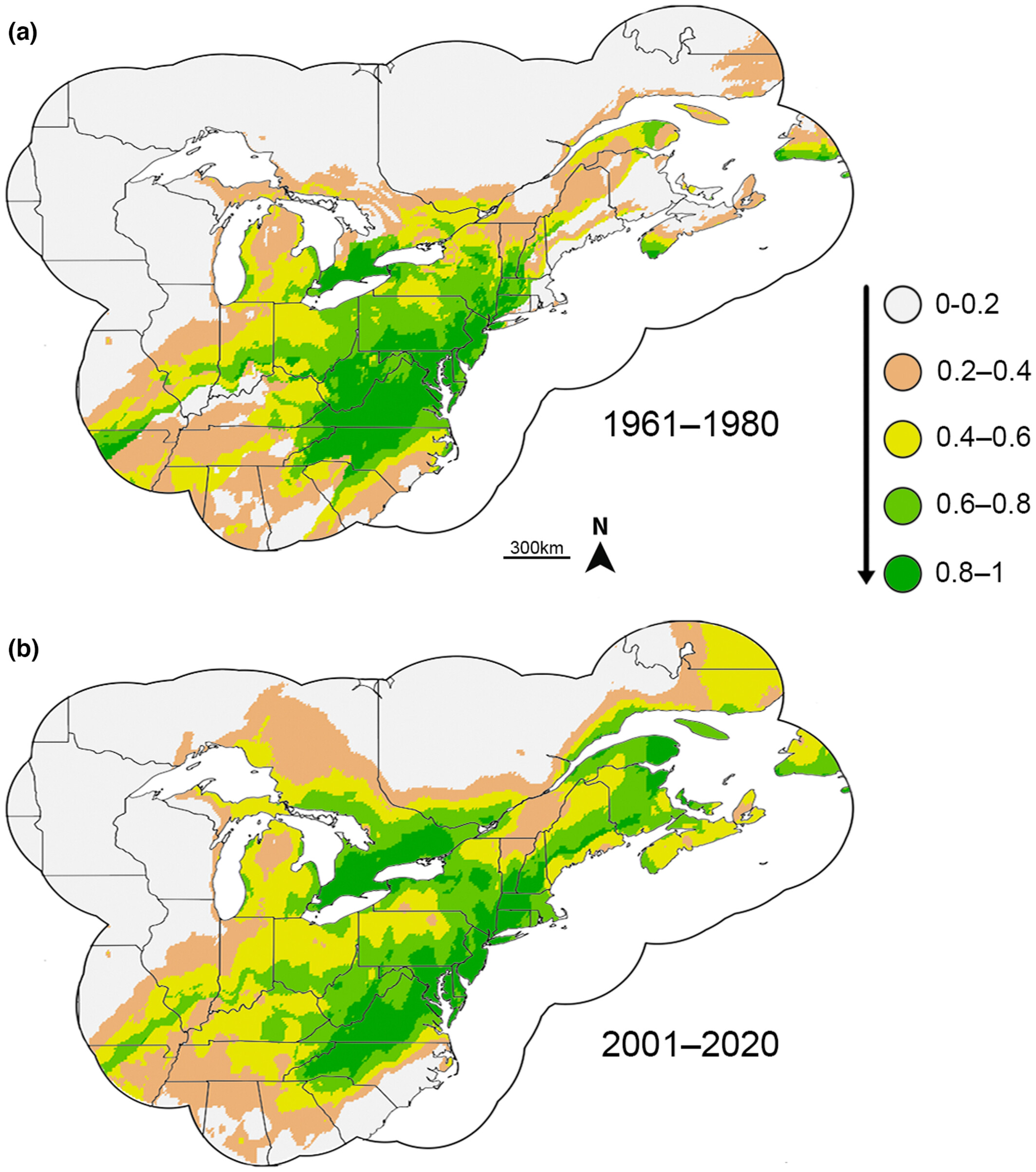
As climate change accelerates, it is differentially impacting species but has especially strong impacts on species that are dispersal limited. Our results show substantial northward shifts in environmental favorability for red-backed salamanders in the last 60 years, which are likely to be exacerbated by ongoing climate change.
King rail (Rallus elegans) home range and microhabitat characteristics in western Lake Erie coastal marshes
- First Published: 26 April 2023
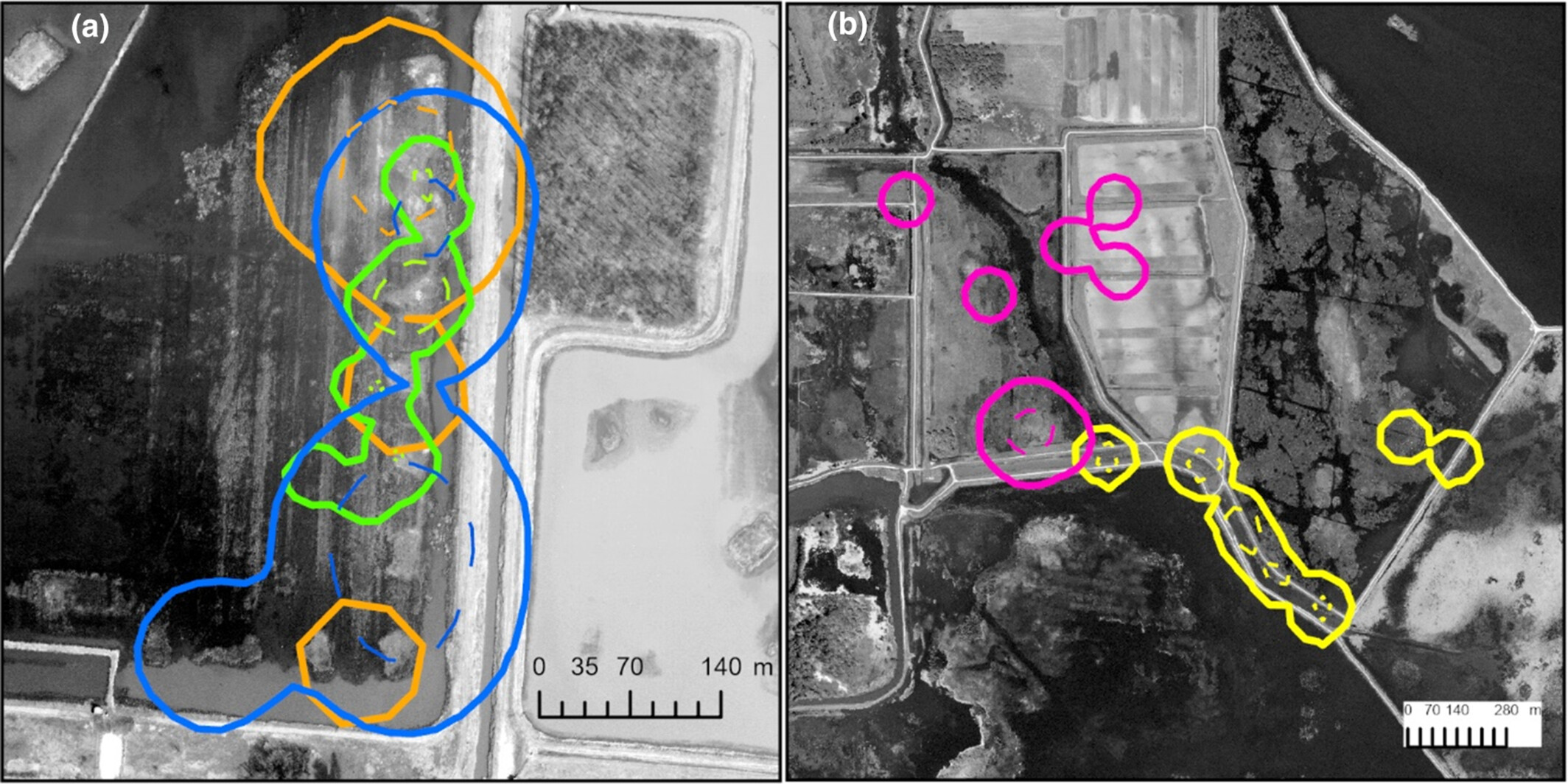
We studied microhabitat and home-range characteristics of the king rail, a secretive marsh bird of conservation concern, in the western Lake Erie region. Our results suggest that king rails in the region have mean home-range sizes of 8.8 ha (±1.63 [SE]; range = 1.9 to 15.8) and utilize water depths of 6 to 17 cm within dense vegetation. These findings could help wetland managers to create and maintain king rail habitat.
Next-generation matrices for marine metapopulations: The case of sea lice on salmon farms
- First Published: 26 April 2023
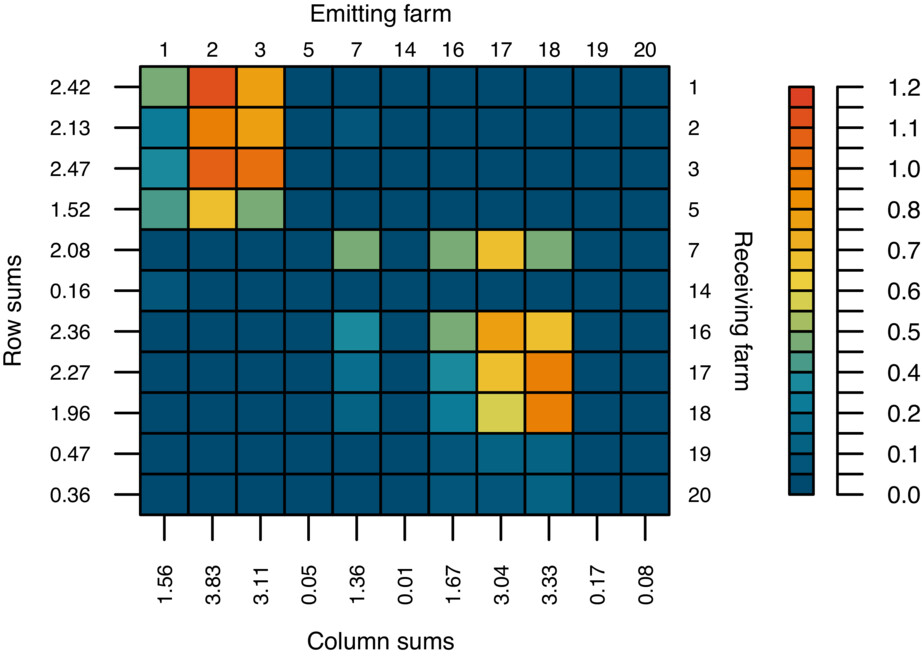
Classifying habitat patches as sources or sinks and determining metapopulation persistence requires coupling connectivity between habitat patches with local demographic rates. Here we show how next-generation matrices can be used in an ecological context to calculate sources and sinks as well as metapopulation persistence in marine metapopulations. To demonstrate the utility of the method, we construct a next-generation matrix for a network of sea lice populations on salmon farms in the Broughton Archipelago, BC, an intensive salmon farming region on the west coast of Canada where certain salmon farms are currently being removed under an agreement between local First Nations and the provincial government.




